-
Numero contenuti pubblicati
5818 -
Iscritto il
-
Ultima visita
-
Giorni Massima Popolarità
76
Tipo di contenuto
Forum
Galleria
Calendario
Download
Articoli del sito
Store
Blog
Risposte pubblicato da Cole_90
-
-
-
-
2 ore fa, nucarote scrive:
I cerchi in lamiera stampata.

La vecchia scuola non dimentica 😁 -
Povero Scénic, ormai ridotto s Frankenstein
La base sarà la CMF-B allungata e proporrà anche una variante E-Tech
Codice progetto RJI
-
-
Non abbiamo dovuto attente molto per vedere le ufficiali della Swace, con frontale derivato dalla Levin e Corolla USDM.
Sarà proposta con la sola motorizzazione hybrid.
Press Release
CitaSuzuki has launched the new Swace, a stylish and versatile Estate Car with an athletic design, smooth and stable riding comfort, and advanced hybrid performance.
The Swace is the second vehicle to be supplied to Suzuki by Toyota Motor Corporation under a collaborative business agreement between the two companies. Sales are set to start in Europe this winter and UK specifications will be announced closer to the launch date.
Highlights of the new Swace
Dynamic and athletic exterior styling
Designed with a low centre of gravity, the Swace stands out with its wide stance and powerful rearward-flowing body lines, matched to a sporty front face with sharp bi-beam LED headlamps and large honeycomb-patterned grille.Versatile interior design
Crafted with comfort and practicality in mind, the interior offers a feeling of open and comfortable spaciousness, and generous luggage capacity to suit a variety of lifestyles and recreational needs.Advanced hybrid performance
Delivering optimal power distribution between the engine and motor according to driving conditions, the sophisticated hybrid system provides exhilarating direct-response acceleration while maintaining low fuel consumption and CO2 emissions.Dynamic and athletic exterior design
The exterior design of the Swace fuses stable and functional wagon styling with sporty aesthetics.Its planted stance, condensed upper body proportions and flared bumpers convey on-road stability, while the dynamic rearward flowing lines in the windows and shoulders give an impression of athleticism.
The unique front-face design centres around its bi-beam LED headlamps and large honeycomb-patterned hexagonal grille. The headlamps and upper grille are placed in a single continuous curve for a sporty and wide appearance, while the bumper, lower grille and fog lamp bezel are positioned close to the ground, bringing further emphasis to the car’s planted posture.
Further exterior features include integrated roof rails for simple roof carrier mounting, a sculpted rear door that is constructed of lightweight resin to enhance fuel efficiency, and sporty and sophisticated 16-inch alloy wheels.
Body colours
The Swace is available in seven different colours – White Pearl Crystal Shine, Super White, Precious Silver, Black Mica, Dark Blue Mica, Phantom Brown Metallic and Oxide Bronze Metallic.Precious Silver
Dark Blue Mica
Black Mica
Oxide Bronze Metallic
Phantom Brown Metallic
Super White
White Pearl Crystal Shine
Versatile interior design
A ‘less-is-more’ approach has been taken inside the Swace, with an elegant yet simple interior design that focuses on spaciousness, comfort and practicality.Contributing to the sense of openness inside the cabin is a wide instrument panel designed with continuous lines that dynamically flow to the door trim. A combination of soft padding and chrome or silver accents throughout the cabin highlights the overall quality and elegance of the interior.
Interior functionality
The Swace is equipped with an 8-inch multimedia audio system with AM/FM/DAB radio, Bluetooth® function, and controls on the steering wheel for ease of use. The system is compatible with Apple CarPlay for iPhone, as well as Android Auto™ and MirrorLink™ for compatible smartphones.A Qi wireless charging pad is available in the front console to charge smartphones, along with two USB terminals and an AUX terminal within easy reach of the driver and front passenger.
Other key interior features include steering wheel and front seat heaters, an S-FLOW air conditioner system with occupant detection, and ambient lighting throughout the cabin.
Cabin comfort
Front console tray with wireless charger (GLX)
Rear centre armrest
Front cup holders
Centre console box
The cabin offers versatility and comfort to support the active lifestyles of both its driver and passengers. With a generous tandem distance of 928 mm between the front and rear seats, the rear cabin comfort and legroom is one of the best in its class.
Convenient storage spaces can be found throughout the cabin, offering ample room for storing small items such as phones and drinks in both the first and second rows.
Luggage space
Reversible deck board (resin side up)
Rear seats folded
2-way deck board in lower position
The large 596-litre luggage compartment provides ample room for a variety of luggage or recreational items. For added versatility, the rear carpeted floorboard can be placed in a lower position to store taller objects, and is also reversible with a resin backside that can be used for stowing wet or dirty items. The compartment can be easily expanded into a fully flat space by using the remote folding lever to fold down the second-row seats. Privacy needs are addressed with a detachable tonneau cover that can be retracted with a single touch, and the luggage compartment is equipped with auto-illuminating lights and a DC12V accessory socket for added convenience.
Hybrid performance
The Swace’s hybrid system combines a powerful electric motor with a 1.8 litre petrol engine exclusively designed for hybrid system use, delivering a seamless driving feeling with powerful acceleration as well as excellent fuel economy and low emissions. The hybrid system optimally drives the Swace with the motor, engine or both depending on driving conditions.EV drive mode
Leveraging its high output motor and large battery capacity, the Swace is equipped with an EV drive mode function. In EV drive mode, the vehicle is driven solely by its motor with power supplied from the battery. This mode can be used for driving short distances without having to worry about noise or emissions, especially in residential areas early in the morning and late at night, or in garages and indoor parking lots.Driving comfort
The Swace offers smooth driving comfort and stable, responsive handling with a low centre of gravity design and finely tuned suspension. The low hood and placement of the hybrid battery beneath the rear seats help give the car its low center of gravity, reducing body roll around corners, improving stability and contributing to a smooth and easy ride. The MacPherson strut front suspension and double wishbone rear suspension are designed for excellent handling stability and ride comfort. For further drivability, the drive mode select function allows the driver to choose from three driving modes according to their preference or driving needs.Drive mode select
The drive mode select function allows the driver to adjust the vehicle’s performance to suit driving conditions. The Swace is equipped with three modes - NORMAL, ECO or SPORT.NORMAL mode: Provides an optimal balance between ride comfort, stability and fuel economy, and is suitable for normal driving.
ECO mode: Helps the driver accelerate in an eco-friendly manner and enhance fuel economy through more gradual throttle response and minimal air-conditioning use. This mode is useful during stop-and-go city driving.
SPORT mode: Controls the hybrid system to provide quick and powerful acceleration, making it suitable for when agile driving response is desired, such as on winding roads.
Advanced driving assist function
Fully equipped with advanced safety features, the Swace offers confidence and peace of mind for both the driver and passengers on every journey.Simple-Intelligent Parking Assist (S-IPA)
S-IPA assists the driver when reversing into a parking space, parallel parking, or departing from a parallel parking space, by providing audio and visual guidance while automatically operating the steering wheel. The system uses ultrasonic wave sensors for sensing and allows accurate parking even in narrow spaces.Pre-Collision System (PCS)
PCS helps prevent collisions with other vehicles, pedestrians and cyclists by monitoring the road ahead with a millimetre-wave radar and monocular camera and applying braking assist and automatic braking if needed.Lane Tracing Assist (LTA)
When the LTA determines that an unintended lane departure is likely to occur on an expressway or marked public road, it assists steering operation to keep the vehicle in the centre of the lane.Road Sign Assist (RSA)
RSA monitors the road for traffic signs and displays them on the multi-information display when they are detected.Dynamic Radar Cruise Control (DRCC)
DRCC automatically maintains ample distance with the vehicle ahead, including stopping the vehicle when the preceding vehicle comes to a halt and following it when it restarts.Blind Spot Monitor (BSM)
BSM alerts the driver when a vehicle is approaching or detected in a rear blind spot.Rear Crossing Traffic Alert (RCTA)
RCTA helps the driver avoid collisions when reversing out of parking spaces. When it detects a vehicle approaching in a rear blind spot, it warns the driver by sounding a buzzer and conveying the location of the approaching vehicle.eCall
If the vehicle is involved in a traffic accident, the eCall system alerts emergency services with a phone message that includes the precise location of the vehicle.Brake Hold
When the vehicle comes to a stop such as at a traffic light, the electric parking brake holds the vehicle by maintaining braking pressure to prevent the vehicle from rolling forward or backward until the driver presses the accelerator pedal.Suzuki
Topic Spy ➡️Clicca qui!
@lukka1982 ma il quote è morto e sepolto? Non riesco piu ad inserire le press come citazione
-
 3
3
-
-
Adesso, nucarote scrive:
Niente male gli interni, ma non comprendo la porta USB tra il cruscotto e il navigatore.
Nemmeno io, me lo chiedo da qualche giorno. Già vedo il cavo usb che si attorciglia sul piantone dello sterzo.
-
9 ore fa, iDrive scrive:
Ma perché lo fanno, quanto ne vendono di questi cassoni?
Il precedente è stato un successo nei paesi in cui questo genere di vetture vanno alla grande: America ed Emirati.
Non stupisce quindi che vogliano riproporlo.
-
55 minuti fa, misterpylos scrive:
abbiamo possibili date di presentazione/lancio?
No, non ancora. Non appena/se si saprà qualcosa verrà postato subito

-
Non sfigura neanche con i lattoni

e una nuova foto della plancia:

WS
-
 2
2
-
-
Giusto qualche info:
quel mix di fari e calandra prende il nome di Parametric Hidden Lights e a vettura spenta sembrerà quasi che Tucson non abbia fari, bensì un unico gioco di geometrie.
L'interno è stato sviluppato a mo' di cascata che confluisce al centro sull'infotainment totalmente touch, da cui si gestiscono anche il clima e radio. Per le base sarà di 8'', per gli allestimenti più ricchi lo schermo sale a 10.25''.
I motori in Italia saranno così organizzati: 1.6 T-GDi da 150 o 180 cv, 1.6 CRDi MHEV da 136 cv e 1.6 T-GDi Hybrid da 230 cv con benzina + elettrico con batterie da 1,49 kW; arriverà anche una PHEV ma durante il corso del prossimo anno.
Soltanto i benzina sono disponibili con il manuale 6iMT: il 150 cv a trazione anteriore, il 180 con trazione sia anteriore che integrale. Ovviamente è disponibile anche l'automatico.
Il diesel è disponibile soltanto con il 7DCT e anche qui è possibile scegliere tra trazione anteriore e integrale.
-
 2
2
-
-
Sempre meraviglioso! E finalmente dentro è un’altra storia
-
 3
3
-
 3
3
-
-
A voi il nuovo e particolarissimo Tucson.
Press Release Tucson:
Cita- Advanced and experimental: the all-new Tucson is not just an evolution, but a Hyundai design revolution
- New Parametric Hidden Lights – a state-of-the-art design technology – give the all-new Tucson a unique presence on the road
- A best-in-class safety package and family-oriented convenience sets new standards for forward-thinking customers
- The all-new Tucson offers the most electrified powertrain line-up in the compact SUV segment, including hybrid, plug-in hybrid, 48-volt mild hybrid options
15 September 2020 - Hyundai Motor has unveiled the all-new Tucson, which features an advanced, experimental design and state-of the-art technology, setting new standards in the compact SUV segment.
In addition, it offers the most electrified powertrain line-up in its class, underscoring Hyundai’s commitment to clean driving, while retaining its true SUV character.
The all-new Tucson is the fourth generation of Hyundai’s successful best-seller with more than 7 million units sold around the globe since it launched in 2004. Of these, 1.4 million units have been sold in Europe. That makes it the company’s bestselling SUV globally. Hyundai’s new compact SUV arrives on the market with a revolutionary and ambitious new look that follows the company’s new Sensuous Sportiness design identity.
By offering the most electrified powertrain line-up in the compact SUV segment, including hybrid, plug-in hybrid, and 48-volt mild hybrid options, the all-new Tucson completes the electrification of Hyundai’s SUV fleet in Europe. Other electrified SUVs produced by Hyundai include the fully-electric and hybrid versions of the Kona, NEXO, its second-generation fuel cell electric vehicle, and the Santa Fe with hybrid and plug-in hybrid options on top of the line-up. By introducing electrification to its latest models, Hyundai consolidates its position as the manufacturer with broadest range of electrified powertrains.
The all-new Tucson will become the third-generation of the model to be produced in Europe at the Hyundai Motor Manufacturing Czech (HMMC) production plant in Nošovice, Czech Republic. The second generation Tucson was the first model produced at HMMC. This underlines Hyundai’s commitment to the European market.
Hyundai is the brand with the broadest line-up of electrified powertrains, ranging from mild hybrid, hybrid, plug-in hybrid, battery electric to fuel cell electric variants. With the introduction of the all-new Tucson it was key to also expand the electrification to our global best-selling SUV. This launch marks a further milestone for Hyundai, as we now offer electrified versions of our full SUV range. With its progressive design and state-of-the-art powertrains line-up, the all-new Tucson will remain one of the key products for Hyundai in Europe.
Michael ColePresident and CEO at Hyundai Motor Europe‘Parametric Dynamics’: a revolutionary and unique exterior at the cutting-edge of SUV design
Rather than simply an evolution of the previous generation model, the all-new Tucson represents a revolution for Hyundai in design terms. Overall, it features a bigger and wider body than its predecessor. Its muscular stance combines sharp angles and dynamic proportions with rich surfaces, ensuring a progressive look without compromising on Tucson’s rugged SUV heritage.
The all-new Tucson is the first fully-changed Hyundai SUV to be developed according to the company’s new “Sensuous Sportiness” design identity. This direction is characterised by the harmony between four fundamental elements: proportion, architecture, styling and technology. Its purpose is to bring a sensuous and emotional touch to Hyundai vehicles, realised by innovative technology and solutions.
The mission of ‘Sensuous Sportiness’ is to elevate the emotional qualities of automotive design. We want our customers to feel moved. With the all-new Tucson, we are introducing its ultimate evolution and a definitive statement about Hyundai’s unstoppable forward momentum. Tucson’s advanced, experimental design is true to its pioneering spirit and raises the game in the industry’s most competitive segment.
SangYup LeeSenior Vice President and Head of Hyundai Global Design CenterThe progressive design language of the all-new Tucson was inspired by Hyundai’s Vision T SUV concept, which was unveiled at 2019 AutoMobility LA. Also guided by Sensuous Sportiness, Vision T’s design themes revolve around the concept of Dynamism and represent an “urban adventurer” SUV design direction.
Refraining from traditional drawing and sketching methods, Hyundai’s designers developed the all-new Tucson’s futuristic design elements through geometric algorithms produced by cutting-edge digital technology. This process, known as “parametric dynamics”, utilises lines, faces, angles and shapes created through digital data to create unprecedented, bold design aesthetics. As a result, prominent geometric patterns known as “parametric jewels” appear throughout the SUV’s design, giving it a progressive character.
The most prominent display of these parametric jewels is on the vehicle’s front grille, where Parametric Hidden Lights provide a strong first impression. When the lights are off, the front of the vehicle appears covered in dark, geometric patterns, with no distinction between the signature LED Daytime Running Lights (DRLs), which are seamlessly integrated into the grille. Thanks to state-of-the-art half-mirror lighting technology, when the DRLs are switched on, the dark chrome appearance of the grille transforms into jewel-like shapes, bringing an eye-catching element to an otherwise sleek appearance.
Parametric jewels also feature as a prominent design element on the side of the vehicle. Chiseled surfaces create a striking contrast between a sleek silhouette and masculine wedge, suggesting forward motion even when standing still. Taut athletic shapes seamlessly merge into angular wheel arches, where alloy wheels provide a powerful and dynamic stance. The Tucson’s sporty sensibility is accentuated through a chrome accent line with an edged parabolic shape, starting on the side mirrors and continuing all the way to the C-pillar. From the side view, the wrap-around doors are complemented by a sharp and bold side character line, which sits in harmony with the robust and rugged look of the dynamic and angulated wheel arches.
On the rear, wide tail lamps with parametric hidden light details continue the design theme. The all-new Tucson’s rear bumper also integrates parametric pattern details with a three-dimensional effect, coupled with a sporty garnish. It is the first Hyundai model to apply hidden rear wipers, which sit under the spoiler. High-tech design elements are crowned by a smooth glass Hyundai logo, which looks three-dimensional but actually does not protrude from the outer surface, in a departure from traditional automotive manufacture emblems.
The seamless integration of segment-leading technology provides all-new Tucson customers with an advanced and fully-customisable digital experience. The new 10.25-inch AVN-T screen fills the centre of the vehicle. Hyundai’s designers dispensed with physical knobs and buttons, so all AVN and heat, ventilation and air conditioning functions are controlled via touch, making it the first Hyundai model to feature a full touchscreen console. High-quality soft-touch materials appear throughout the interior, lifting the look and feel to a new level, while new indirect air vents start from the doors and flow to the centre console.
The evolution of Tucson’s interior layout led to a lower instrument display and removal of the gauge cluster housing for a decluttered surface to enhance the feeling of openness inside. The broad ridge of the dashboard blends seamlessly with the doors, wrapping around front occupants like a deep gorge. These futuristic features provide an even more progressive feeling and bring new levels of high-tech design value to customers.
The ergonomically-positioned arm rest is connected with the shift by wire application, for intuitive use by the driver, while also giving the car a clean and modern appeal.
Occupants can also enjoy pleasant ambient mood lighting, which is positioned at the bottom of the centre fascia, in the wireless charging pad and door map pocket. It offers 64 configurable colours and 10 levels of brightness to fit every mood and offer even more scope for personalisation.
In addition, customers can choose from three interior trims, including one-tone Black in fabric or leather, two-tone Black and Beige in fabric or leather and the Teal colour pack.
The Teal pack offers a black textile or leather seat with teal stitching on the seats, armrest and gear shift. Teal textile inserts also feature on the cloth crash pad and door trim.
State-of-the-art technology and connectivity
The all-new Tucson is equipped with a host of state-of-the-art human-oriented technology features to provide an advanced digital experience.
The fully digital configurable dual cockpit consists of a new 10.25-inch open cluster and 10.25-inch AVN-T screen. This offers a personalised space that is intuitively optimised for a high-tech user experience. For example, the colour schemes of the cluster change depending on which drive mode is selected.
Hyundai is offering the latest version of its state-of-the-art Bluelink connected car services with the 10.25-inch infotainment system in the all-new Tucson. The upgraded Bluelink offers a range of new benefits and services for Hyundai customers, including Connected Routing, Last Mile Navigation and a new User Profile feature. Meanwhile, customers can locate their vehicle, lock and unlock it remotely, or view vehicle attributes like fuel level, via the Bluelink app.
Occupants can tailor their individual infotainment choices with the new User Profile feature. This allows customers to install up to two main accounts and one guest account, and upload a profile picture via the Bluelink app. User Profile stores users’ infotainment preferences, such as language, Bluetooth, navigation and voice recognition settings, as well as their favourite radio stations, in the cloud.
If drivers have to park their car within a 200-metre to two-kilometre radius from the destination, Last Mile Navigation can be activated to resume the guidance in the Bluelink app on the driver’s smartphone.
With the new cloud-based Connected Routing navigation, driving routes are calculated on a powerful server inside the Bluelink cloud environment. This ensures more accurate traffic forecasting, more precise times of arrival, and more reliable route recalculation. As an additional benefit of Connected Routing, the autofill functionality saves drivers time in selecting a destination.
Apple CarPlay and Android Auto allow customers to mirror the functionality of their iOS and Android smartphones in a simplified and convenient manner. With the eight-inch Display Audio, smartphones can be mirrored wirelessly. Other infotainment and connectivity features on the all-new Tucson include a premium sound system by KRELL for an enhanced listening experience, a wireless charging pad in the centre console, as well as front and rear USB ports for even more convenience, particularly on long journeys.
In addition, the all-new Tucson will feature calendar integration inside the infotainment system, meaning the user will be able to see their Apple or Google Calendar on the AVN screen. Synchronisation is done via Bluelink App settings. This is just one more reason for customers to use and download the Bluelink app.
Finally, Hyundai LIVE Services add real-time parking information and fuel station locations including prices, as well as weather information. Destinations or points of interest can also be sent from the app to the in-car navigation system.
The all-new Tucson delivers increased comfort and convenience for every type of driver
With a range of new convenience features, Hyundai offers even more comfort for all-new Tucson customers.
For the first time in a Hyundai vehicle, the all-new Tucson’s hidden type Multi-Air Mode technology consists of a combination of direct and indirect air vents for air conditioning and heating to create a more pleasant indoor environment with more gentle air flow. When this mode is activated, the air is dispersed to the newly added multi-air slots in the front, in addition to the normal air vents. The overall wind volume remains the same, and is therefore just as effective at changing the temperature, but the dispersion of wind reduces direct air contact and softens the air. This mode can be switched on and off based on the preference of the driver.
The three-zone climate control now caters to passengers in the rear seats in addition to occupants in the front of the vehicle. In addition, ventilated seats in the front and heated seats in the front and rear provide further comfort for the driver and passenger alike.
In addition, with Walk-in Device drivers can slide and recline the passenger seat for the convenience of front- or rear-seat occupants with the simple use of a button on the seat’s bolsters.
Rear Sleeping Mode allows the driver’s row to listen to their selected audio without the same audio being transmitted to the rear speakers, so that passengers who are sleeping will not be disturbed.
For improved user convenience, the rear seats of the all-new Tucson can now be folded in a 4:2:4 ratio. Remote Folding furthermore allows the seats to be folded at a distance. The folding levers are located on the side walls of the boot.
Increased roominess
The all-new Tucson’s dynamic proportions and new platform provide a wide, open interior space that guarantees occupants comfort and roominess usually reserved for models in the segment above. At 20mm longer, 15mm wider, and a wheelbase that has been increased by 10mm as compared to the previous generation, the all-new Tucson is more spacious than ever before. As a result, rear passengers can enjoy 26mm of additional legroom. This has been achieved for both the hybrid and internal combustion engine models, due to a clever placement of the battery underneath the rear passenger seats. Meanwhile, boot space has been increased by 33 to 107 litres, depending on the chosen trim and powertrain, offering up to 620 litres overall for luggage with the seats up and up to 1,799 litres with the seats folded.
Dimensions (in mm)
- Length: 4,500 (+20mm)
- Width: 1,865 (+15mm)
- Height: 1,650 (+5mm)
- Wheelbase: 2,680 (+10mm)
- Overhang: front 895mm, rear 925mm
- Second row legroom: 996 (+26mm)
Boot (in litres)-
Minimum volume, with seats up (Gasoline/ Diesel/ Gasoline 48V/ Diesel 48V/ Hybrid):
620 / 598 / 577 / 546 / 616 -
Maximum volume, with seats folded (Gasoline /Diesel /Gasoline 48V/ Diesel 48V/ Hybrid):
1,799 / 1,777 / 1,756 / 1,725 / 1,795
Most comprehensive active safety and driving assist package in its class
With best-in-class advanced driver-assistance systems and an active safety package with a range of innovative features, the all-new Tucson delivers even more peace of mind for Hyundai customers.
The all-new Tucson is outfitted with an enhanced seven-airbag system, which features a new first row center side airbag, a feature unique to this segment. This prevents front row passengers from colliding with one another in the case of a collision, minimising the risk of serious injuries. When the deployment of the airbags is trigged by a front or side impact, Multi-collision braking automatically applies emergency brakes to reduce the risk of secondary, or multiple, collisions.
The all-new Tucson has been equipped with Forward Collision-Avoidance Assist (FCA), which sounds alarms when a collision becomes imminent with cars, bicycles, or pedestrians ahead. When the driver fails to react and brake in time, the system automatically controls the brakes to avoid an accident. For the first time in a Tucson, FCA now includes Junction Turning, which expands the range of protection to include collisions at intersections. This function detects oncoming cars from the other side when turning left at a junction and, if a collision appears likely, applies the brakes to stop the car.
Lane Following Assist (LFA) prevents accidental lane departure and keeps the vehicle safety centred within the lane. Using the forward camera to recognise the intended lane, LFA will automatically provide corrective steering input to help maintain the centre path. This works together with the Lane Keeping Assist (LKA) function, which now detects road edges as well as lines.
Driver Attention Warning (DAW) is a driver protection feature which helps monitor driving patterns in order to detect fatigued driving and prevent potential accidents. This works in tandem with Leading Vehicle Departure Alert (LVDA). LVDA alerts the driver when the vehicle ahead of them starts moving forward and they do not react quickly enough, for example at traffic lights.
Introduced for the first time in a compact SUV, Highway Driving Assist (HDA) makes highway driving safer and more comfortable. HDA regulates the car’s speed and maintains its distance to other vehicles in front, as well as the current lane of travel on the highway. A special button on the steering wheel allows the driver to activate HDA with just one click.
HDA works in combination with LFA and navigation-based Smart Cruise Control Curve (NSCC-C). With this feature, all-new Tucson drivers can set the speed using SCC then, for greater safety and convenience, NSCC-C is capable of automatically adjusting the vehicle speed for the incoming curve, based on local road information. It reduces the cruising speed and, upon exiting the curve, returns to the preset speed level.
Another new feature is Intelligent Speed Limit Assist (ISLA). As well as displaying speed limits on the AVN screen, ISLA automatically adjusts the all-new Tucson’s speed so that drivers do not exceed the limit.
For even more assurance, the all-new Tucson has been outfitted with a series of functions that increase visibility on the road. Blind-spot Collision Avoidance Assist (BCA). This system now applies differential braking, in addition to visual and audio warnings, to prevent the car from colliding into other vehicles when changing lanes. This function uses the vehicle’s front-view camera and rear corner radars to calculate the relative position and speed of vehicles on the side or in the Tucson’s blind-spot. BCA is equipped with Rear Cross-traffic Collision-avoidance Assist. When backing out, RCCA alerts the driver to the approach of a vehicle crossing their rearward path. If necessary, the brakes are applied to prevent a collision.
A feature unique to the segment is the new Blind View Monitor (BVM), which shows the rear and side views of the car on the digital instrument panel when the driver activates the turn signal. This offers an enhancement of the views on the side mirror by displaying blind spots that are otherwise not visible, and also provides additional visual support in dark and rainy conditions.
A feature unique to the segment is the Blind view Monitor. When the driver signals a lane change, one of the two main dials of the 10.25’’ Supervision Cluster will display a view of the blind spot of the respective side.
BVM also works in combination with the Surround View Monitor (SVM), so that drivers can experience a 360-degree, three-dimensional view of the vehicle from various viewpoints. This includes zooming in and out for the front, rear, left and right of the vehicle SVM also utilises a bird’s eye view to further enhance the visibility of potential obstacles.
SVM is also synchronised with the new Remote Smart Parking Assist (RSPA), which is available on the hybrid version of the all-new Tucson. RSPA aids drivers when parking and pulling out by automatically move forward and rear the vehicle. The feature can be activated and controlled via the Smart Key.
The new Safe Exit Warning (SEW) function alerts occupants if there is oncoming traffic when they attempt to step out of the car. This feature is being introduced to a mainstream compact SUV for the first time.
Another highlight feature is the new Remote Smart Parking Assist (RSPA). Even if outside the car, drivers can enter or pull out the car from a parking space using a button on the Smart Key. The vehicle utilises ultrasonic sensors to identify obstacles, and emergency braking is applied whenever the risk of a collision is detected.
When switched to automatic mode, High Beam Assist (HBA) detects both oncoming vehicles and those in the same lane ahead at night, as well as changing to low-beam as appropriate, thereby reducing blinding effects on other drivers. When no more vehicles are detected, the system automatically reactivates the high beams, maximising the driver’s range of vision.
Other improved and innovative features make the all-new Tucson an assuring and reliable family-friendly car. The new Rear Occupant Alert (ROA) system monitors the rear seats via a sensor that detects the movements. Visual and auditory warnings are then relayed to the driver to ensure they remove passengers from the rear seats before leaving and locking the vehicle. Rear Passenger Sleeping Mode (RPSM) lowers the rear speakers in order to make the back of the car more relaxing for occupants, when undertaking long journeys.
Available Hyundai SmartSense active safety and driving assistance features:
- Forward Collision-Avoidance Assist (FCA with car, pedestrian and cyclist protection) [NEW: Junction Turning]
- Leading Vehicle Departure Alert (LVDA) [NEW]
- Highway Driving Assist (HDA) 1.5 [NEW]
- Navigation-based Smart Cruise Control Curve (NSCC-C) [NEW: using navigation data]
- Intelligent Speed Limit Assist (ISLA) [NEW]
- Blind Spot-Collision Warning (BCW)
- Blind-spot Collision Avoidance Assist (BCA) [NEW]
- Safe Exit Warning (SEW) [NEW]
- Remote Smart Parking Assist (RSPA) [NEW: HEV/PHEV only]
- Surround View Monitor (SVM) [upgraded]
- Blind View Monitor (BVM) [NEW]
- Rear Occupant Alert (ROA) [NEW]
- Lane Following Assist (LFA) [NEW]
- Lane Keeping Assist (LKA) [upgraded]
- Driver Attention Warning (DAW)
- Rear Cross Traffic Collision Warning (RCCW)
- Rear Cross-traffic Collision-avoidance Assist (RCCA) [NEW]
- High Beam Assist (HBA)
For further peace of mind, Hyundai offers its industry-leading five-year unlimited mileage warranty with the all-new Tucson.
Four-wheel drive and Terrain Modes make the all-new Tucson a true SUV
The all-new Tucson consolidates its true SUV credentials with 4x4 capabilities, thanks to its new Terrain Mode selector, which provides even more enjoyment for drivers. This feature, available on hybrid version with automatic transmission, utilises Hyundai’s signature HTRAC four-wheel drive technology, which enables agile handling and better torque application depending on wheel grip and vehicle speed. In addition to different drive modes, three additional terrain modes – Mud, Sand and Snow – optimise the driving performance and HTRAC settings for an enhanced driving experience on a variety of terrain.
A comfortable or sporty ride with new Electronic Controlled Suspension and tuning
The all-new Tucson has been developed and tested in Europe performing accelerated durability tests and dynamic testing on the most demanding race track in the world, the famous Nürburgring Nordschleife, as well as undergoing rigorous public-road testing throughout Europe from the coldest winter testing conditions in Sweden to trailer testing in the Alps and hot weather testing in the south of Spain to ensure that the high expectations of European customers are met.
Customers can choose between two different suspension systems for the all-new Tucson, with both offering adaptive and conventional dampers for enhanced ride and handling.
Thanks to the flexibility offered by the Electronic Controlled Suspension’s (ECS) adaptive damping technology, Hyundai’s engineers achieved a very versatile driving behaviour, depending on the situation and driver preference. For daily commuting in Normal or Eco mode, the development was focused on a comfortable, flat and stable ride on even the most challenging roads. The ECS automatically and continuously controls the vehicle’s suspension to maximise driving comfort and performance. It achieves this by taking into account driving conditions such as speed, road surfaces, cornering, stopping requirements and acceleration. By controlling the damping force on each individual wheel, ECS reduces roll, pitch and vertical motion to enhance ride and handling. When choosing the Sport mode, all-new Tucson drivers can enjoy an extra level of response and control.
Meanwhile, the conventional dampers use a new valve technology that offers more tuning flexibility. A MacPherson strut on the front and multi-link suspension on the rear ensure good levels of comfort and handling.
The all-new Tucson’s Rack-mounted Motor Driven Power Steering (R-MDPS), which features a new generation Belt Drive steering gear, was tuned to match the character of the vehicle’s suspension. Over the course of many months of testing with both prototype vehicles and cutting-edge engineering simulation tools, Hyundai’s engineers finely calibrated the system to ensure drivers can experience smooth and connected steering. Drivers who select Sport Mode will experience a sharper steering effort build-up, before enjoying a greater sense of precision when driving for instance on the motorway.
Hyundai has developed a wide variety of tyre options for the all-new Tucson with three aerodynamic wheel choices: 17-inch steel or alloy, or 18- and 19-inch alloy options. The tyre choices were developed in close cooperation with top-tier tyre manufacturers Continental and Michelin, with special attention given to aspects such as comfort, road noise isolation and the handling performance. In addition, Hyundai’s engineers achieved low rolling resistance values, which contribute to minimising the vehicle’s fuel consumption and emissions. This underlines the company’s commitment to producing eco-friendly cars without compromising on performance.
The broadest range of electrified powertrains in the compact SUV segment
By offering three electrified powertrain options and two internal combustion engines with four transmission choices, the all-new Tucson suits every type of driver. With gasoline and diesel 48-volt mild hybrid, full hybrid and plug-in hybrid available to consumers, the all-new Tucson offers the widest range of electrified powertrains in the compact SUV segment. In addition to the electrified powertrains, the all-new Tucson also offers a range of gasoline and diesel options.
The all-new Tucson was developed to reduce emissions without compromising on being fun to drive. The hybrid version consists of the new 1.6-litre T-GDI (turbocharged gasoline direct injection) Smartstream engine and a 44.2 kW electric motor, with a 1.49 kWh lithium-ion polymer battery. It is paired with a six-speed automatic transmission (6AT) and available with two-wheel or four-wheel drive. The system is the most powerful in the all-new Tucson’s powertrain line-up, with a combined output of 230 PS power, meaning it offers low emissions without compromising on driving fun.
In terms of 48-volt mild hybrid technology, customers can choose from three different options:
- 1.6-litre T-GDI Smartstream with 150 PS and two-wheel drive
- 1.6-litre T-GDI Smartstream with 180 PS with optional four-wheel drive
- 1.6-litre CRDi Smartstream with 136 PS with optional four-wheel drive
Hyundai has combined its efficient and responsive 48-volt mild hybrid technology with the 150 PS 1.6-litre T-GDI, which will be available with six-speed Intelligent Manual Transmission (6iMT) and a seven-speed dual clutch transmission (7DCT). Another well-balanced option is the 1.6-litre T-GDI with 180 PS, which will be offered with six-speed iMT with two-wheel drive in addition to 7DCT with four-wheel drive. Meanwhile, the 136 PS 1.6-litre CRDi 48V mild hybrid engine arrives with 7DCT and either four- and two-wheel drive.
When not mated to the 48-volt mild hybrid system, the 1.6-litre T-GDI Smartstream gasoline engine is available with 150 PS, a six-speed manual transmission and four- or two-wheel drive. The 1.6-litre CRDi Smartstream diesel engine will be available with 115 PS and a six-speed manual transmission with two-wheel drive.
The all-new Tucson’s 1.6 T-GDI Smartstream engine will be equipped with Hyundai’s Continuously Variable Valve Duration (CVVD) technology. CVVD optimises engine performance and fuel efficiency while also being eco-friendly. The valve control technology regulates the duration of the valve opening and closing according to driving conditions. This is the only system that can change the duration of the valve opening during a ride, depending on conditions.
A plug-in hybrid version of the all-new Tucson with a 1.6-litre T-GDI engine and 265 PS will also be available to customers. More details will be revealed closer to the market launch in 2021.
Hyundai’s new Intelligent Manual Transmission (iMT)
All-new Tucson customers have the option of Hyundai’s newly developed iMT. iMT operates purely electronically, and decouples the engine from the transmission after the driver releases the accelerator while driving at constant speed, allowing the car to enter into coasting mode. This improves overall fuel efficiency. The driver’s chosen gear remains engaged even with the engine off. The engine restarts in the same gear as soon as the driver presses either the brake or accelerator pedals thanks to the burst of power provided by the Mild Hybrid Starter Generator (MHSG). The transmission restarts the engine in neutral (with an open clutch) if the driver pushes the clutch pedal to change gear, or if the vehicle speed is too low for the current engaged gear.
The first all-new Tucson models – hybrid, diesel and gasoline including 48-volt mild hybrid – will appear in Hyundai’s European showrooms towards the end of this year. Meanwhile, the plug-in hybrid version and N Line trim will arrive at the beginning of next year.
Tucson Plug-in Hybrid
Hyundai rilascia informazioni anche sulla variante PHEV del nuovo Tucson.
Il motore è il 1.6 T-GDi della generazione Smartstream abbinato ad un elettrico da 66.9 kW (e batterie a polimeri di litio da 13.8 kWh): insieme erogano 265 cv
Il cambio è un automatico a 6 rapporti.
Press Release Tucson PHEV:
Cita- Hyundai’s all-new Tucson Plug-in Hybrid will feature a powerful 265 PS powertrain based on the 1.6-litre T-GDi Smartstream engine
- The addition of a plug-in hybrid powertrain means the all-new Tucson offers the widest range of electrified powertrains in its class
- The all-new Tucson Plug-in Hybrid will be available in Europe starting in spring 2021
8 December 2020 - Hyundai Motor has revealed new details of the all-new Tucson Plug-in Hybrid, which will be available for the first time in spring 2021.
With the addition of a plug-in hybrid powertrain, Hyundai’s best-selling SUV now offers the widest range of electrified powertrains in its class.
The plug-in hybrid powertrain represents a new milestone in the Tucson range. With gasoline and diesel mild hybrid, hybrid, and plug-in hybrid options, the all-new Tucson offers the widest range of electrified powertrains in its segment. This is just the latest proof of Hyundai’s commitment to electro-mobility.
Andreas-Christoph HofmannVice President Marketing & Product at Hyundai Motor EuropeAll-new Tucson Plug-in Hybrid powertrain to feature a combined power output of 265 PS
The all-new Tucson Plug-in Hybrid will be equipped with a powerful and efficient powertrain. The system is based on the third generation 1.6-litre T-GDi Smartstream engine. This is paired with a 66.9 kW electric motor with a maximum torque of 304 Nm and a 13.8 kWh lithium polymer battery. Combined, the gasoline engine and electric motor deliver 265 PS maximum power and 350 Nm maximum torque.
The system is paired with a six-speed automatic transmission (6AT) operated through shift by wire and standard four-wheel drive.
The all-new Tucson Plug-in Hybrid is also equipped with an Active Air Flap that adjusts air intake depending on the engine coolant temperature, vehicle speed, and more. The purpose of this function is to minimise air resistance and maximise fuel efficiency.
Plug-in hybrid system for low-emission, no-compromises driving
The plug-in hybrid system in the all-new Tucson allows for maximum fuel efficiency combined with great driving fun. As with all hybrid vehicles, when driving at low speeds, the all-new Tucson Plug-in Hybrid is powered by the electric motor alone, which results in quiet driving and no fuel consumption.
Drivers can also switch to fully electric driving on demand by pushing the respective button, benefitting from an all-electric driving range of over 50km (internal WLTP estimate*).
Equipped with a 7.2 kW on-board charger, the Tucson Plug-in Hybrid can be charged at an EV charging station or using a home wall box.
Generous space inside thanks to smart battery placement
Thanks to a clever placement of the high voltage battery on the underbody, the Tucson Plug-in Hybrid offers generous space and legroom inside. Rear passengers can enjoy 955mm of legroom. Meanwhile, boot space has even been increased compared to the previous Tucson, offering 558 litres (+9%) overall for luggage with the seats up and up to 1,737 litres (+15%) with the seats folded.
Ready for a variety of roads and terrain
For a true SUV feeling, four-wheel drive (4WD) comes standard on the all-new Tucson Plug-in Hybrid. It is equipped with Hyundai HTRAC four-wheel drive technology and a Terrain Mode selector for safe driving on challenging terrain. HTRAC can variably distribute driving power to the front and rear wheels depending on traction conditions and the driving state, while the Terrain Mode selector will optimise power, torque and braking depending on the road conditions selected by the driver.
The optional Electronically Controlled Suspension (ECS) uses adaptive damping technology to provide versatile driving characteristics, depending on the situation and driver preference. The ECS automatically and continuously controls the vehicle’s dampers to maximise driving comfort and performance. Drivers can also adjust the ECS and steering characteristics by choosing Eco or Sport Mode.
These features contribute to even more driving fun of this powerful SUV.
All-new Tucson is a smart tech hero with a standout design
As with the other powertrain variations, the plug-in hybrid version of the all-new Tucson stands out for its progressive design, integrating sharp lines, angles and shapes, as well as the signature Parametric Hidden Lights. A host of human-oriented technology features enable an intuitive user experience, including a 10.25-inch digital cluster without a housing and a 10.25-inch AVN display with Hyundai Bluelink® connected car services. Bluelink® users can also check the Tucson Plug-in Hybrid’s battery charge level and manage charging settings via the app.
In addition, the all-new Tucson’s best-in-class driver-assistance systems and active safety features make it one of the safest vehicles on the market. Among others, Remote Smart Parking Assist (RSPA) allows the car to park itself, taking the pressure off the driver in tricky parking situations. Highway Driving Assist (HDA) keeps the car in the centre of its lane while adapting the speed based on navigation data and traffic around, for example for upcoming curves on highways. The Parking Collision-avoidance Assist, available exclusively on the Tucson Plug-in Hybrid, helps prevent collisions with obstacles in the rear while reversing at low speeds. The system emits audible and visual warnings and applies the brakes when necessary. A variety of other safety features contribute to improving visibility, protecting both front and back-seat occupants, and preventing collisions.
The all-new Tucson Plug-in Hybrid will be available in Europe starting in spring 2021.
* The vehicle is not yet available on sale and has not been homologated yet.
Hyundai Europe
Tucson N-Line
Allestimento sportivo N Line anche per Tucson.



Press Release:
Cita-
- Il carattere sportivo di Nuova TUCSON N Line si mostra nei dettagli esterni e interni ispirati a Hyundai N
- Insieme a un design dinamico, comfort e connettività avanzata, TUCSON N Line offre come optional le Sospensioni a Controllo Elettronico per una guida ancora più sportiva
- Nuova TUCSON N Line sarà disponibile dalla primavera 2021
27 gennaio 2021 - Dopo il recente lancio di Nuova TUCSON, Hyundai ha svelato la versione sportiva N Line del suo modello best-seller in Europa.
Nuova TUCSON N Line combina la massima espressione di design dinamico, comfort e connettività avanzata di TUCSON all’animo e allo stile ispirato al motorsport dell’allestimento N Line.
Nuova TUCSON N Line presenta un design esterno sportivo e peculiare, oltre a dettagli interni unici, per offrire un’esperienza di guida ancora più di carattere.
Con Nuova Hyundai TUCSON N Line, stiamo portando il nostro celebre allestimento sportivo sulla più recente generazione del nostro best-seller europeo. Nuova TUCSON N Line è caratterizzata da un esclusivo design orientato alle prestazioni e da una gamma di motori all’avanguardia con soluzioni elettrificate, per offrire ancora più scelta ai clienti Hyundai.
Andreas-Christoph HofmannVice President Marketing and Product di Hyundai Motor EuropeUn design esterno dinamico ispirato al motorsport
Come il modello standard, Nuova TUCSON N Line si distingue per il suo design moderno che integra linee, angoli e forme taglienti, oltre alle caratteristiche Parametric Hidden Lights di TUCSON.
L’aspetto muscoloso del design esterno di Nuova TUCSON N Line si basa sull’identità stilistica “Sensuous Sportiness” di Hyundai, e offre allo stesso tempo richiami stilistici curati orientati alle prestazioni. Inoltre, le proporzioni ne enfatizzano le credenziali sportive con un corpo vettura basso e largo. Come Nuova TUCSON, anche la versione N Line presenta marcati motivi geometrici denominati “Parametric Jewels”, che donano al modello un carattere possente ed energico.
Sul frontale, i “Parametric Jewels” sono presenti in modo più evidente sulla griglia che, rispetto a Nuova TUCSON, è più larga e posizionata più in alto. Per la versione N Line, i motivi “Parametric Jewels” sono stati realizzati con dei bordi, creando riflessi aggiuntivi a seconda dell'angolazione. Sotto alla griglia – che integra anche il badge N Line – si trovano un paraurti di forma rettangolare e un’elegante presa d’aria più alta e grande rispetto a quella presente sulla versione standard del modello in modo da creare un look più sportivo. Il paraurti, replicato anche nella parte posteriore, si abbina armoniosamente alle piastre protettive inferiori in argento, mentre delle suggestive cornici nere incorniciano i gruppi ottici anteriori.
Lateralmente, Nuova TUCSON N Line è caratterizzata da una modanatura in tinta carrozzeria dall’aspetto energico, che sottolinea le proporzioni e le linee dinamiche donando al modello un aspetto più snello. A completamento, è presente una finestratura sportiva - daylight opening (DLO) - in nero lucido, che termina nell’angolo acuto del montante C creando una sensazione di movimento in avanti ispirata alla pista. Allo stesso modo, gli eleganti specchietti laterali in Phantom Black enfatizzano ulteriormente lo stile di Nuova TUCSON N Line.
Per rimarcare il carattere sportivo del modello, il retro di Nuova TUCSON N Line è dotato di uno spoiler aerodinamico più lungo di quello del modello standard e decorato con delle alette, mentre la parte inferiore è caratterizzata da una banda riflettente rossa e da un diffusore. Un grintoso doppio scarico evidenzia ulteriormente come i designer abbiano preso spunto dalle auto ad alte prestazioni.
Nuova TUCSON N Line è equipaggiata con cerchi in lega da 19 pollici più robusti e sportivi, con motivi parametrici che richiamano il tema della Sensuous Sportiness e ne enfatizzano la struttura geometrica. Il look è completato dai passaruota in tinta con la carrozzeria.
Explanatory videoNuova TUCSON N Line è proposta con sette colori per la carrozzeria e, per una maggiore personalizzazione, è disponibile come optional il tetto bicolore Phantom Black in abbinamento a cinque colorazioni.
Colori per la carrozzeria:
- Shadow Grey [esclusivo per il modello N Line] con tetto Phantom Black
- Polar White con tetto Phantom Black
- Engine Red con tetto Phantom Black
- Sunset Red con tetto Phantom Black
- Dark Knight con tetto Phantom Black
- Shimmering Silver
- Phantom Black
Interni spaziosi con dettagli sportivi
L’abitacolo sofisticato e spazioso di Nuova TUCSON N Line presenta forme sinuose ispirate alle cascate. Questa caratteristica viene accentuata dallo stile sportivo degli interni N Line e da un pacchetto colori esclusivo.
I clienti di Nuova TUCSON N Line potranno beneficiare di sedili sportivi marchiati N, caratterizzati da rivestimenti neri scamosciati e in pelle, e dalle cuciture rosse, intrecciate anche sul rivestimento delle portiere e del bracciolo; inoltre, anche il crash pad in stoffa grigia è arricchito con inserti rossi, e il volante è dedicato e completo di logo N. A seconda della tipologia di trasmissione selezionata, sono presenti altri elementi di design connessi al brand N sul rivestimento in pelle del cambio o sulla copertura della console “shift-by-wire”, mentre il black headliner dona all’abitacolo un tocco in più di sportività. Ulteriori caratterizzazioni dedicate alla N Line includono la pedaliera, il poggiapiedi e le pedane sottoporta in metallo.
Guida e tenuta migliorate
Sviluppata e testata in Europa, Nuova TUCSON N Line è dotata di Sospensioni a Controllo Elettronico (Electronically Controlled Suspension - ECS) disponibili come optional che offrono una maggiore flessibilità su strada attraverso una tecnologia di ammortizzazione adattiva. Attraverso le ECS, gli ingegneri Hyundai sono riusciti a ottenere un comportamento di guida molto versatile che si adatta alle diverse situazioni e alle preferenze dei guidatori.
Con l’obiettivo di massimizzare il comfort e le prestazioni di guida, le Sospensioni a Controllo Elettronico regolano automaticamente e costantemente gli ammortizzatori del veicolo, tenendo in considerazione anche variabili di guida come velocità, condizioni stradali, svolte, necessità di arresto e accelerazioni. Inoltre, le sospensioni ECS riducono il rollio, il beccheggio e il movimento sull’asse verticale controllando la forza di smorzamento singolarmente su ogni ruota e migliorando dinamica di guida e tenuta di strada. Infine, gli ingegneri dello Hyundai Motor Europe Technical Center (HMETC) hanno sviluppato parametri delle ECS separati e ottimizzati, con una specifica messa a punto dedicata alle versioni di Nuova TUCSON N Line equipaggiate con i powertrain da 48 volt. Questo consente ai clienti N Line di usufruire di un maggiore divertimento alla guida, in linea con il look sportivo del modello.
Gli ingegneri Hyundai hanno ottimizzato le sospensioni ECS affinché le versioni di Nuova TUCSON N Line possano ottenere un migliore smorzamento delle vibrazioni e una maggiore agilità. Su Nuova TUCSON N Line, il sistema delle sospensioni ECS reagisce più rapidamente e con maggior vigore sia ai movimenti del veicolo sia ai comandi dello sterzo: in modalità Normal, gli ingegneri hanno mantenuto un buon comfort di guida per il traffico urbano, assicurando una maggiore rigidità solo nella guida extra-urbana. La modalità Sport è stata invece configurata per offrire maggiore controllo e risposta a tutte le velocità, mentre un supporto antirollio incrementato garantisce un maggiore controllo in tutte le condizioni.
Su queste versioni, come conseguenza dell’adattamento del sistema delle sospensioni ECS, anche lo sterzo offre una sensazione diversa: più bilanciato e meno leggero, dona una sensazione di maggiore connessione del conducente alle ruote, per una guida ancora più sportiva e diretta.
Motorizzazioni, sicurezza e connettività
Nuova TUCSON N Line è disponibile con una varietà di motorizzazioni potenti ed efficienti, proposte con diversi livelli di elettrificazione. Per la massima efficienza, ciascun powertrain è basato su un motore Hyundai Smartstream: un turbo benzina T-GDI a quattro cilindri da 1.6 litri o un turbo diesel CRDi a quattro cilindri da 1.6 litri.
La versione N Line sarà disponibile su numerose motorizzazioni di Nuova TUCSON, ad esclusione del propulsore diesel con potenza da 115 CV.
Motorizzazioni disponibili:
- 1.6 T-GDI Plug-in Hybrid (265 CV)
- 1.6 T-GDI Hybrid (230 CV)
- 1.6 T-GDI 48V Mild Hybrid (150 CV)
- 1.6 CRDi 48V (136 CV) – prossimamente
Come su Nuova TUCSON, una serie di funzionalità tecnologiche incentrate sull’uomo offrono un’esperienza utente intuitiva che comprende un dual cockpit configurabile e completamente digitale formato da un nuovo cruscotto aperto senza alloggiamento da 10,25 pollici e uno schermo touchscreen - anch’esso da 10,25 pollici – dotato dei servizi di telematica Hyundai Bluelink. Questo pacchetto crea uno spazio personalizzato e ottimizzato per un’esperienza high-tech.
Nuova TUCSON N Line è dotata anche della tecnologia Multi-Air, che combina ventole dirette e indirette per l’aria condizionata e il riscaldamento, in modo da creare un ambiente interno più piacevole caratterizzato da una circolazione dell’aria più leggera. I comandi della climatizzazione a tre zone soddisfano le necessità sia dei passeggeri presenti nei sedili anteriori sia di quelli presenti nei sedili posteriori, mentre sedili anteriori ventilati e sedili anteriori e posteriori riscaldati forniscono al guidatore e ai passeggeri ulteriore comfort.
Il pacchetto di guida assistita e sicurezza attiva ai vertici della categoria di Nuova TUCSON N Line la rendono uno dei veicoli più sicuri sul mercato: il Blind View Monitor (BVM) potenzia la visuale sullo specchietto laterale, proiettando il rispettivo angolo cieco nel cluster digitale quando viene inserita la freccia per un cambio di corsia; l’Highway Driving Assist (HDA) mantiene il veicolo al centro della corsia, adattando la velocità in base al traffico circostante e ai dati di navigazione, prevedendo ad esempio curve imminenti in autostrada; tra le altre funzionalità anche il Remote Smart Parking Assist (RSPA) – disponibile per i powertrain hybrid e plug-in hybrid – che permette al veicolo di parcheggiarsi da solo, alleviando la pressione del conducente in situazioni di parcheggio insidiose. Infine, una serie di altre funzionalità di sicurezza contribuiscono a migliorare la visibilità, a proteggere i passeggeri sui sedili anteriori e posteriori, e a prevenire collisioni.
I dettagli completi su tutte le varianti di powertrain di Nuova TUCSON e sulle funzionalità di connettività avanzata e sicurezza sono disponibili al seguente link.
Nuova TUCSON N Line sarà disponibile in Europa a partire dalla primavera 2021, mentre le versioni N Line hybrid e plug-in hybrid saranno disponibili dall’estate 2021.
Hyundai Italia
Topic Spy ➡️ Hyundai Tucson IV 2021 - Prj. NX4 (Spy)
-
 4
4
-
 2
2
-
-
-
5 ore fa, misterpylos scrive:
Ormai la attendiamo la kodiaq facelift da tanto tempo. il covid l'ha cancellata?
ci sono notizie, anche su una possibile versione plug-in-hybrid?
No, è viva e vegeta.Gli ultimi spies, peraltro anche della vRS che non escludo possa parte della famiglia iV, risalgono a giugno
presumo se ne parli nel 2021 ormai.
-
-
9 minuti fa, Jack.Torrance scrive:
Dici?
Comunque la Baleno non è più a listino.
Non me ero proprio accorto...

Appunto per questo! È stata uccisa insieme a quella scarpiera della Celerio a causa delle vendite infime.-
 4
4
-
-
-
3 minuti fa, nucarote scrive:
Niente Corolla Hach a marchio Suzuki?
Probabilmente puntano più sul fattore praticità -
-
Il sub-brand di Geely abbandona la classica e un po' disordinata nomenclatura a cui ci ha abituati per il suo primo modello BEV.
Ha le fattezze di una hatch/shooting brake e si preannuncia parecchio interessante:




In queste foto spia possiamo capirne un po' meglio le proporzioni


motor.es
-
-
Non avendo una data certa sul suo debutto, preferisco parlarne qui.
La sesta generazione di Nissan Micra si farà e verrà sviluppata da Renault.
Queste le parole del chief operating officer di Nissan, Ashwani Gupta:
For the next generation of Micra, we will follow Renault, and we will ask Renault to develop and make the future Micra for us
Pertanto mi chiedo se l’attuale (che ritengo immotivatamente overpriced) riceva o meno un Facelift o se preferiscano passare direttamente alla nuova generazione.
D’altro canto, Kadjar II verrà sviluppato da Nissan.

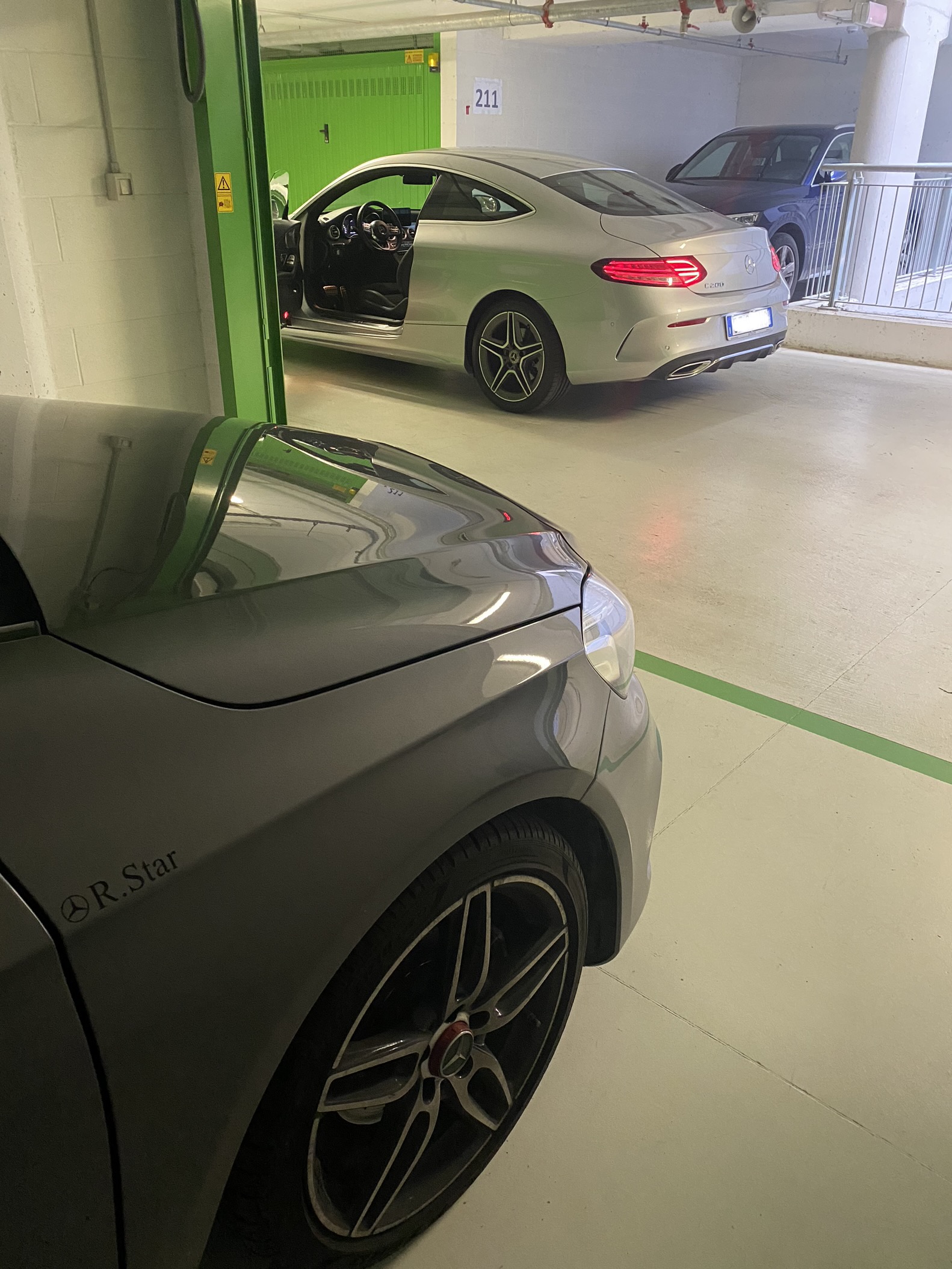
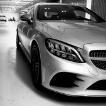
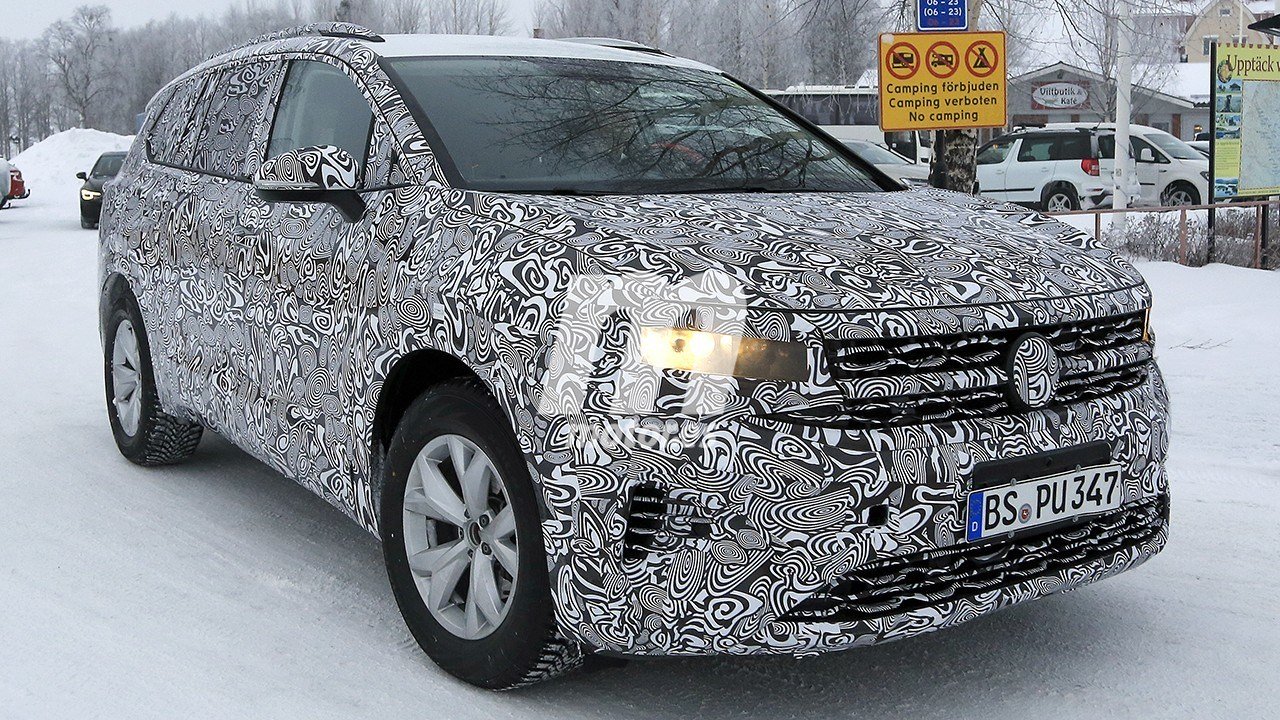
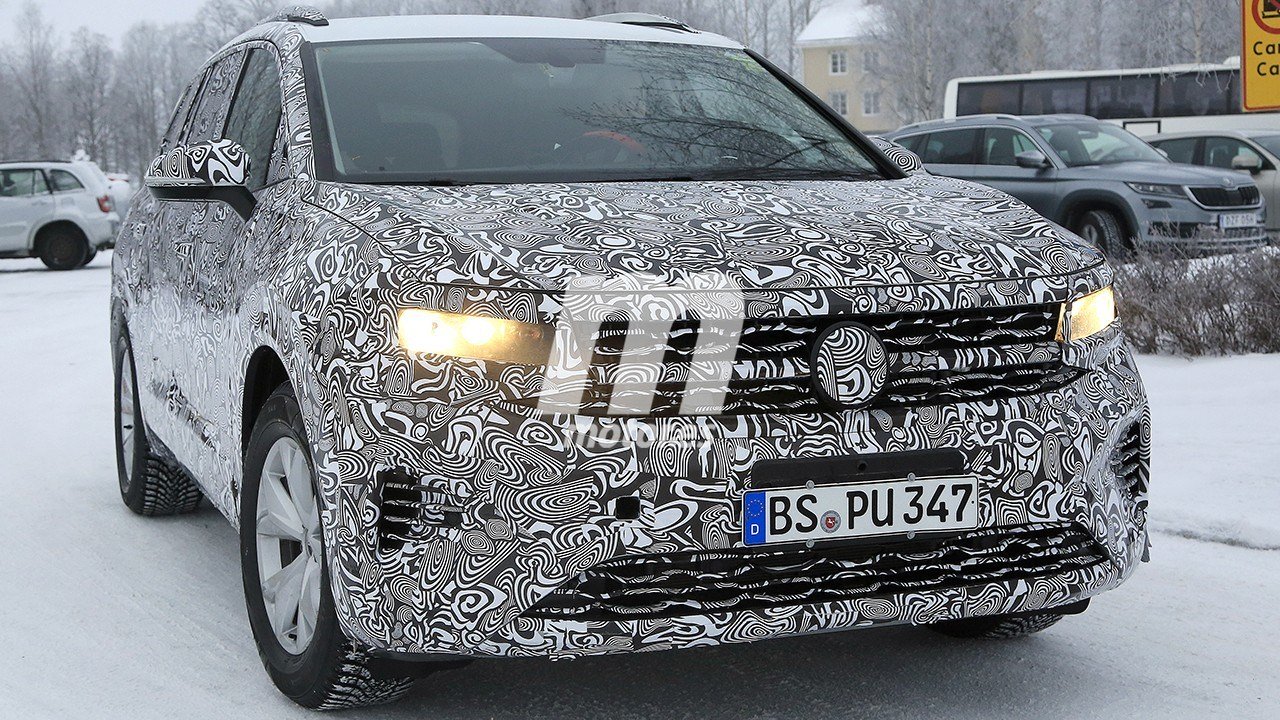
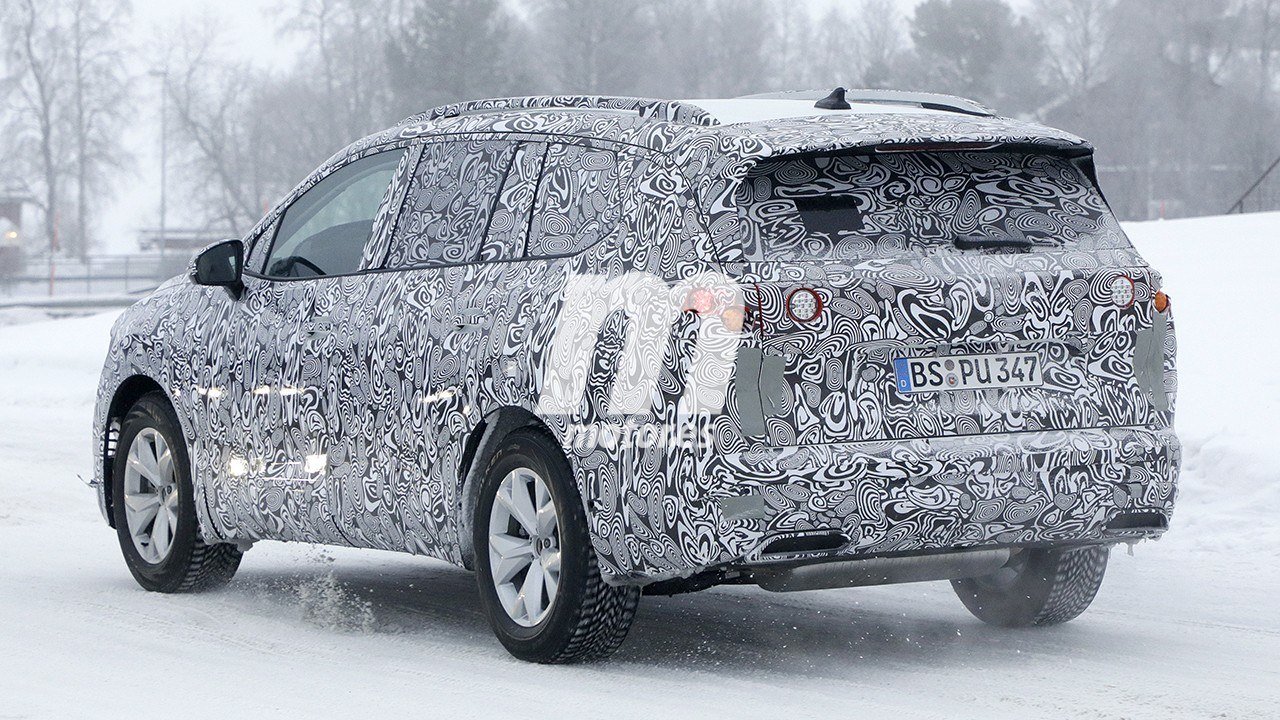

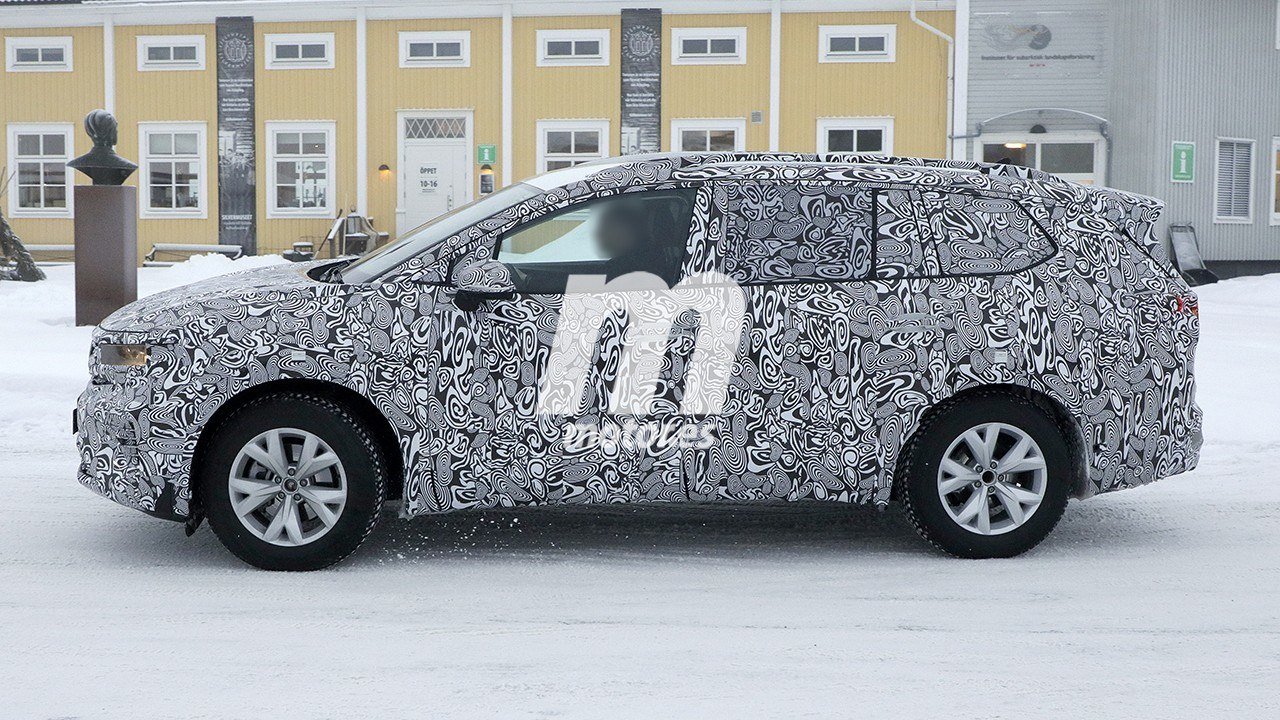
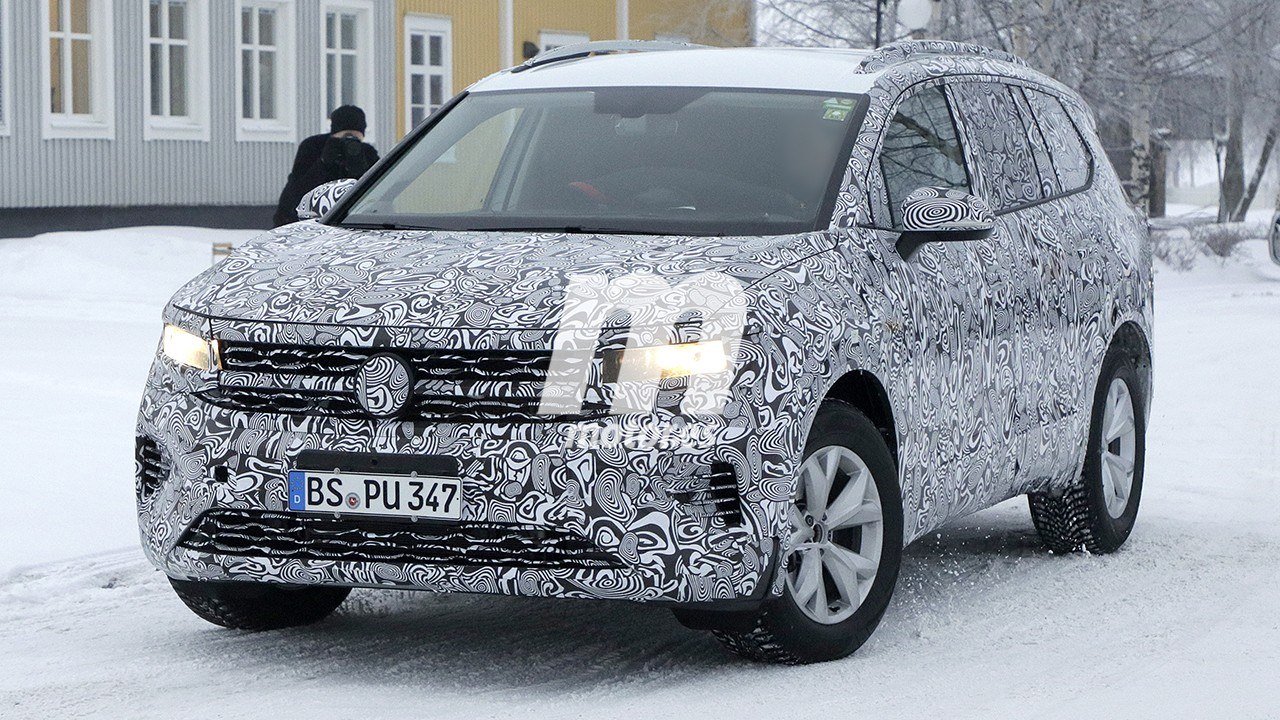
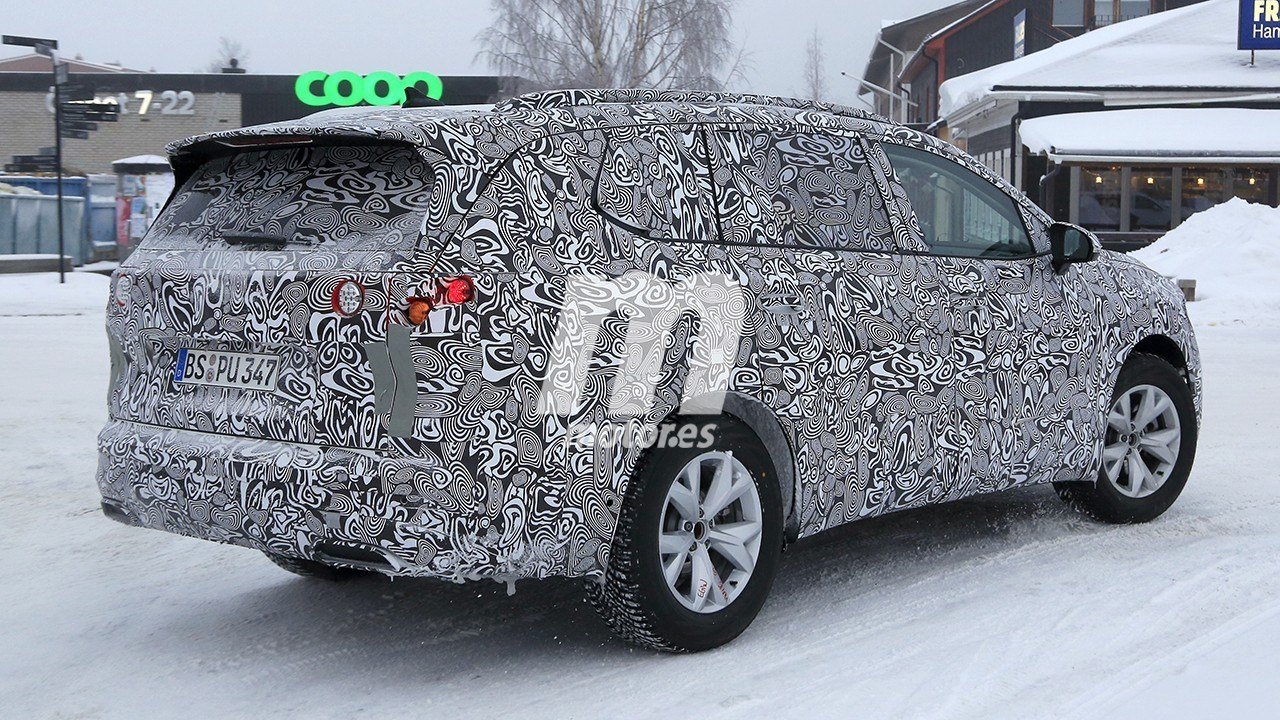
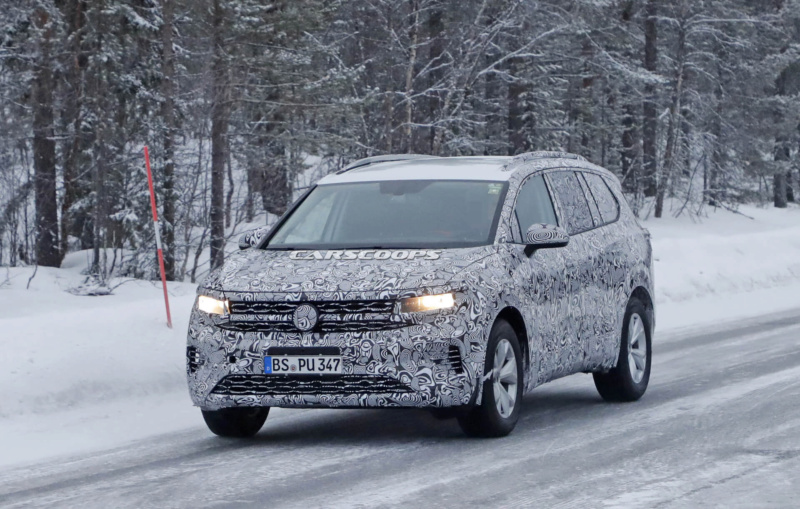

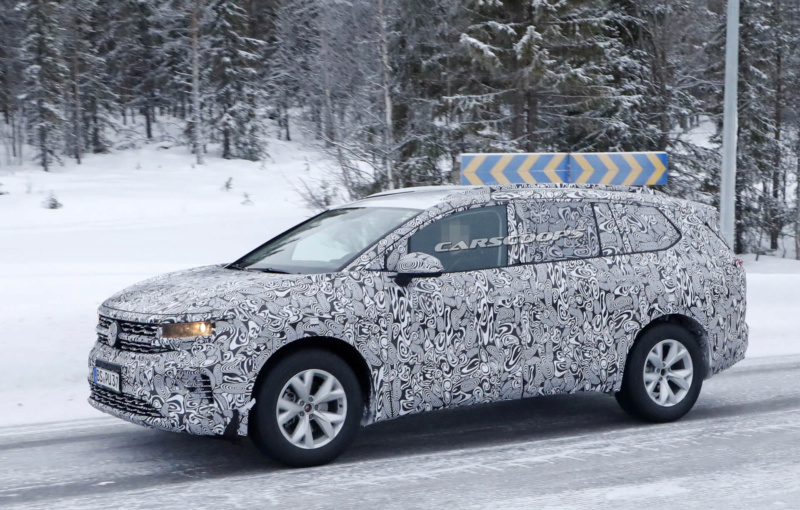
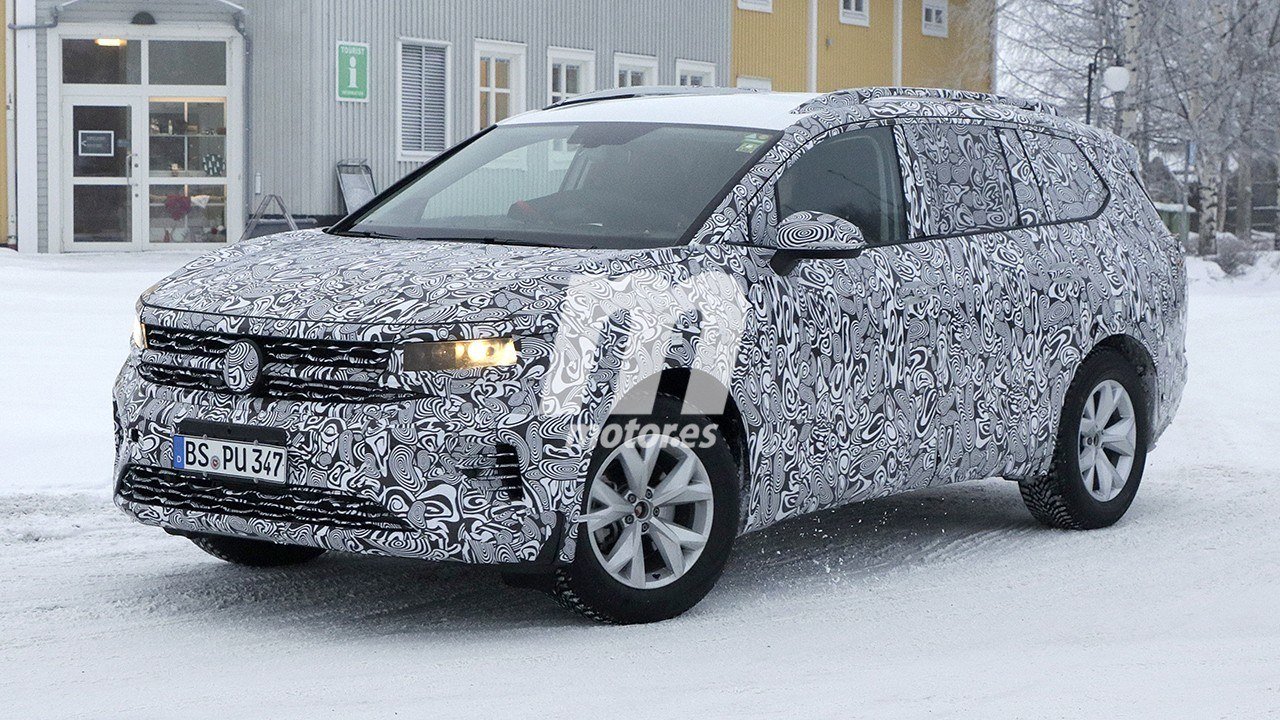
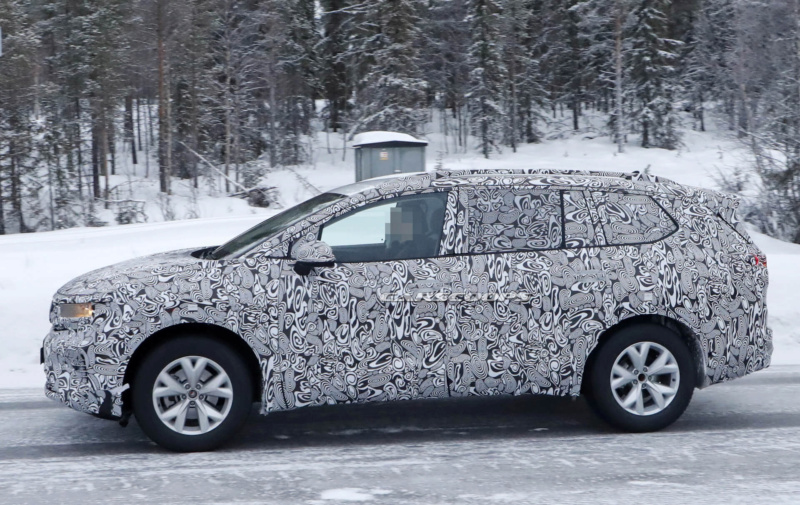
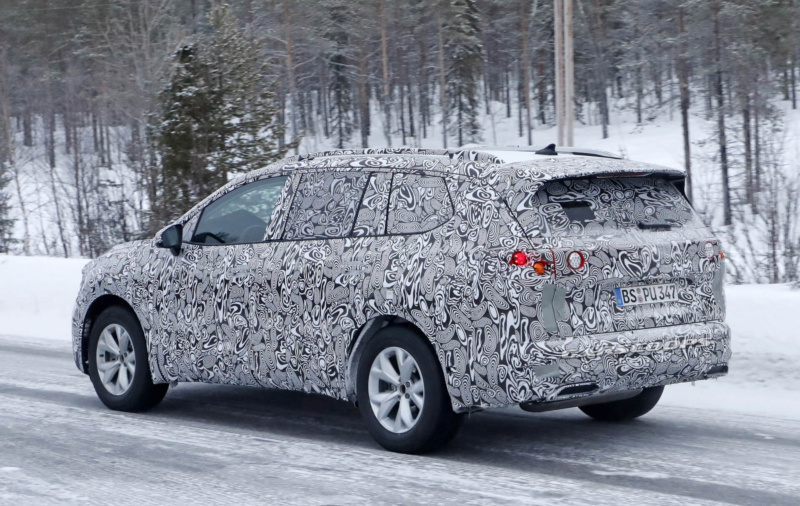
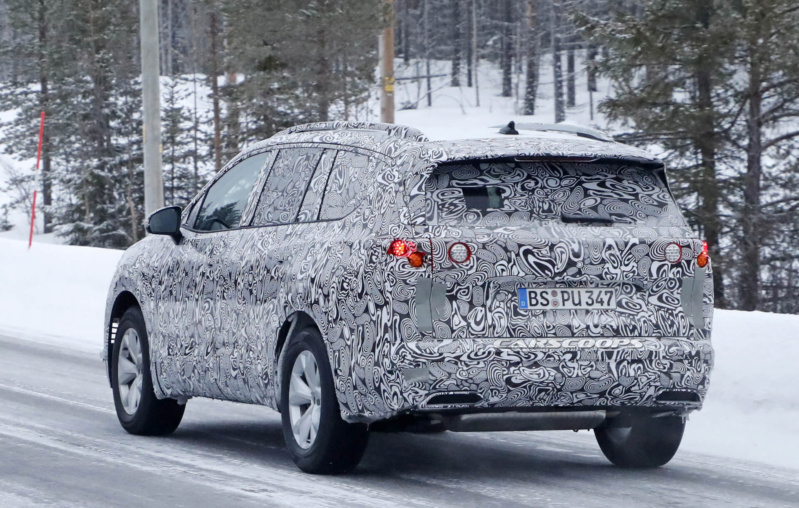
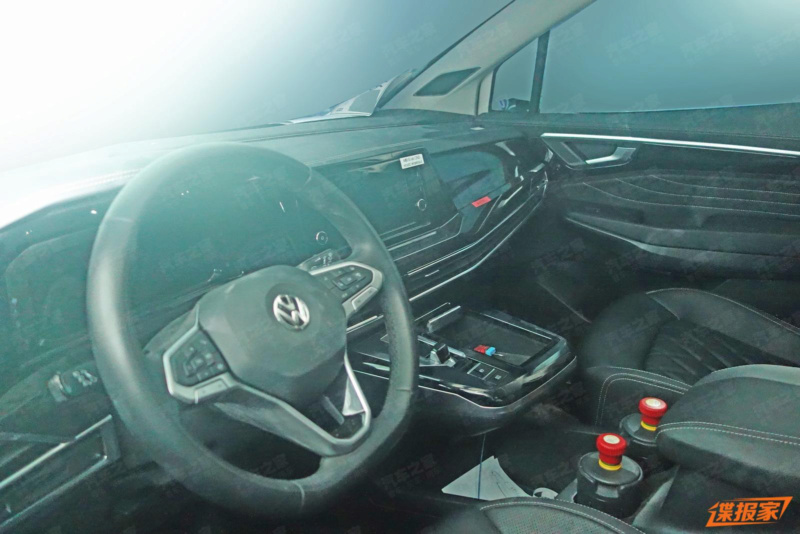
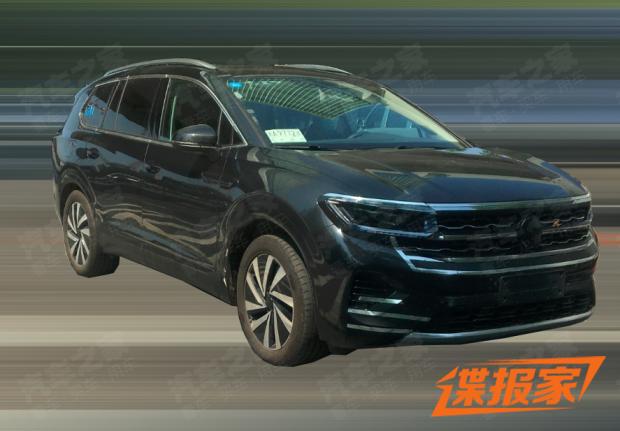
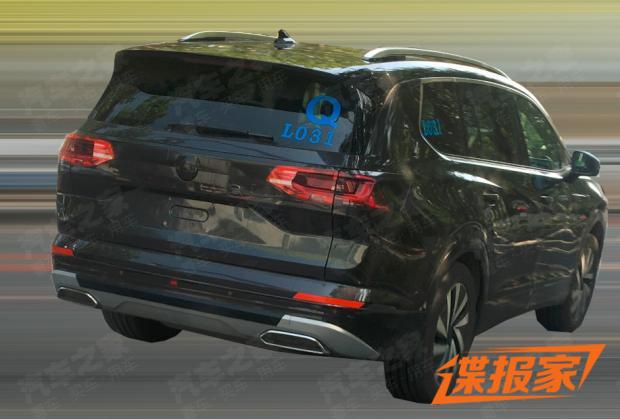
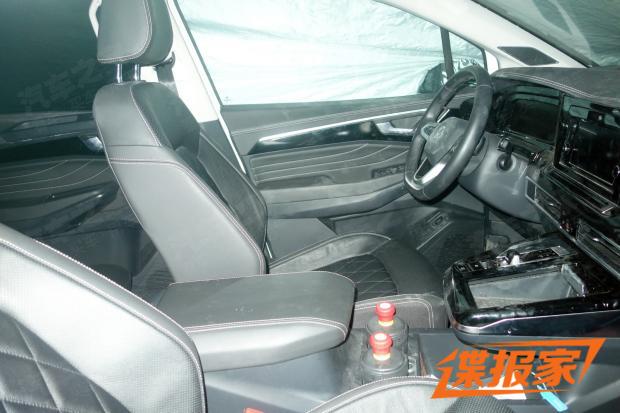

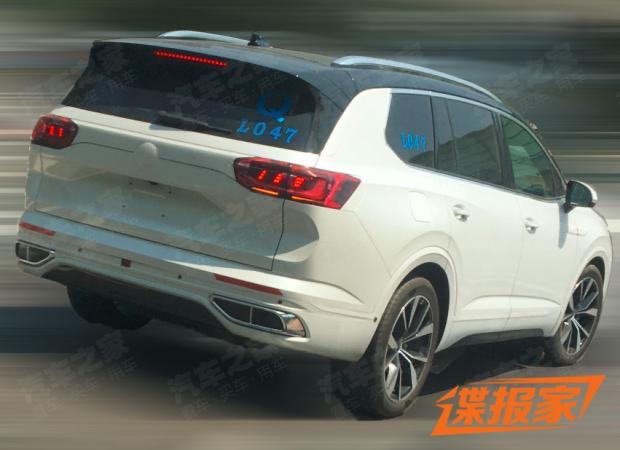
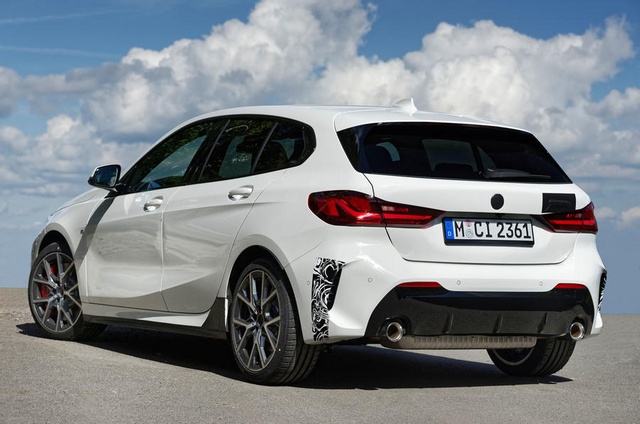

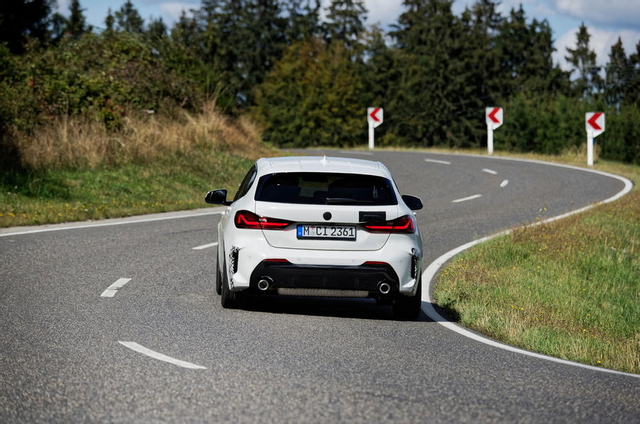
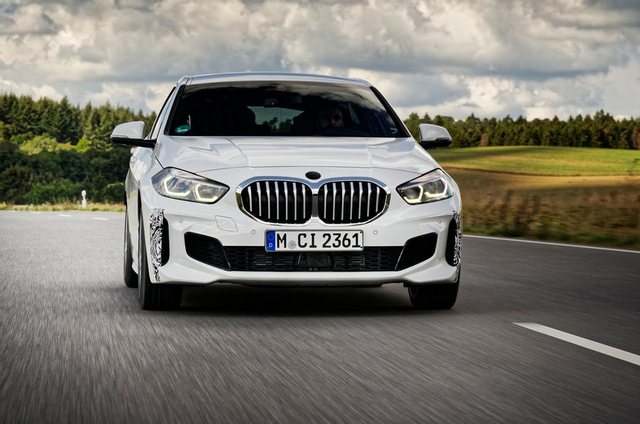
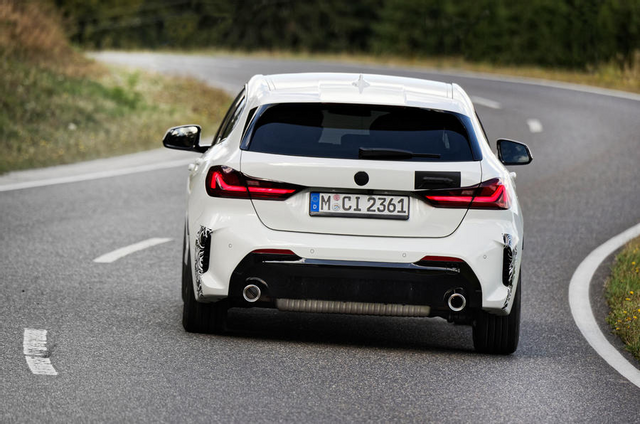
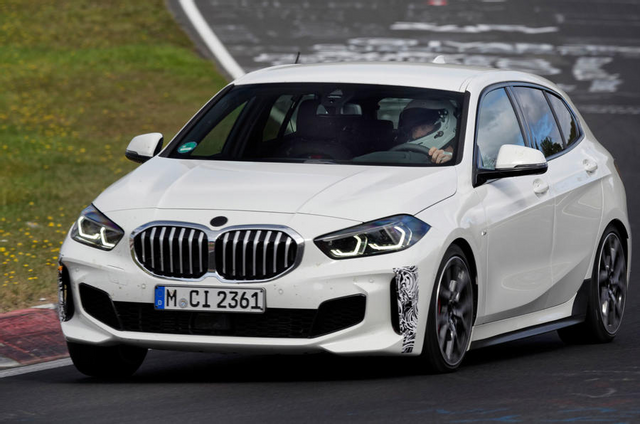

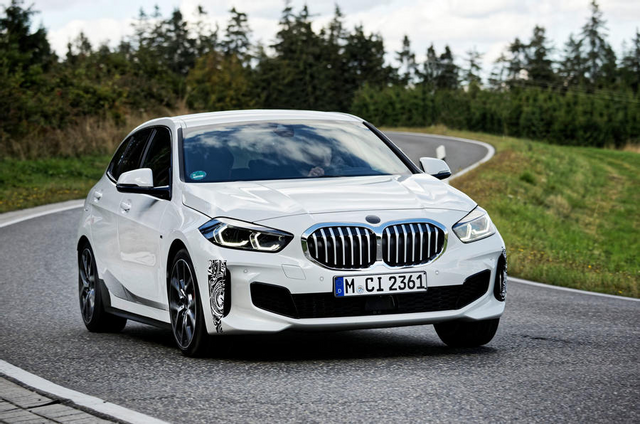
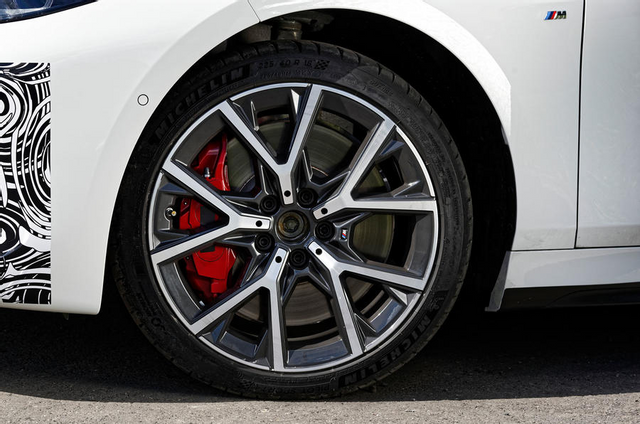
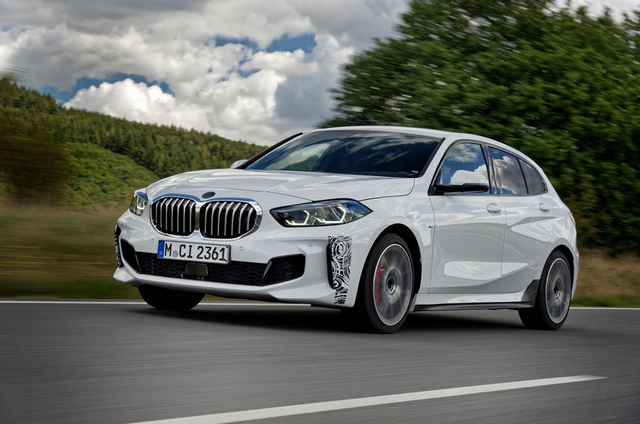
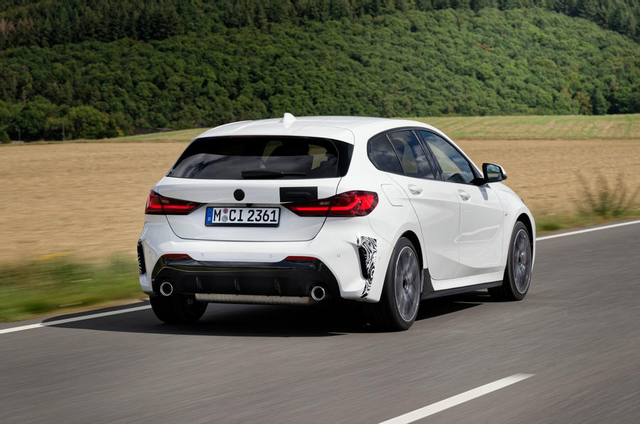

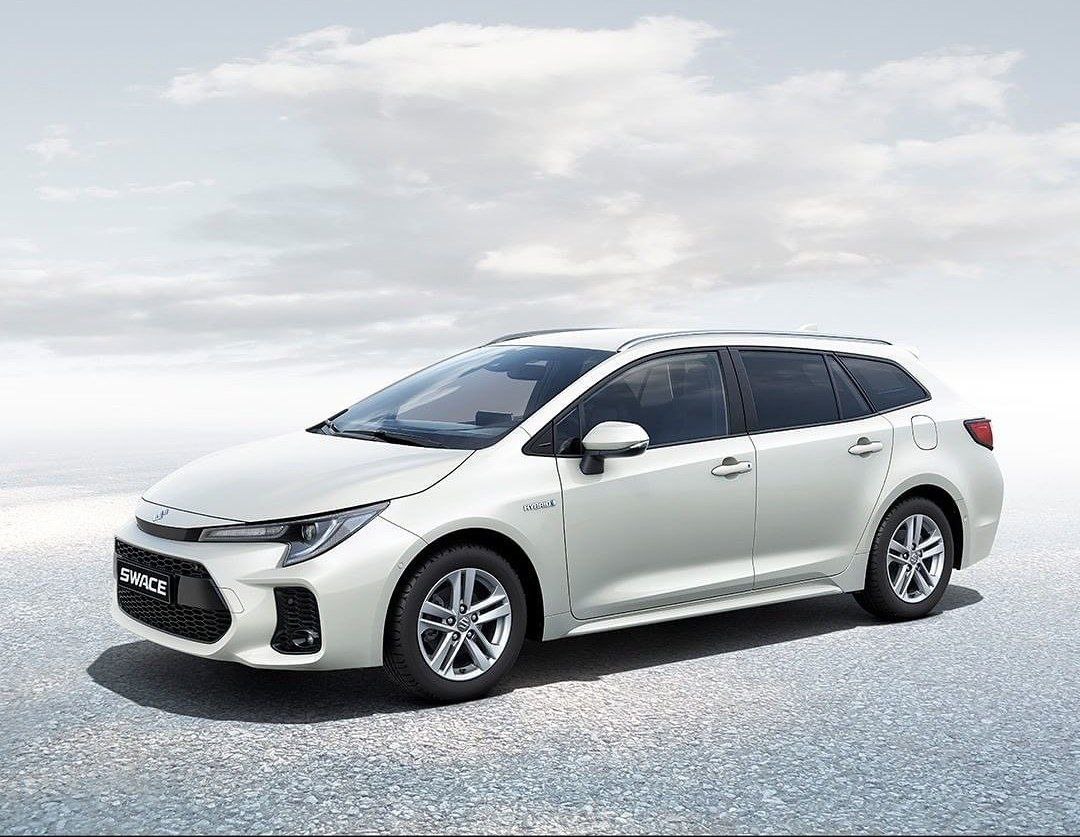
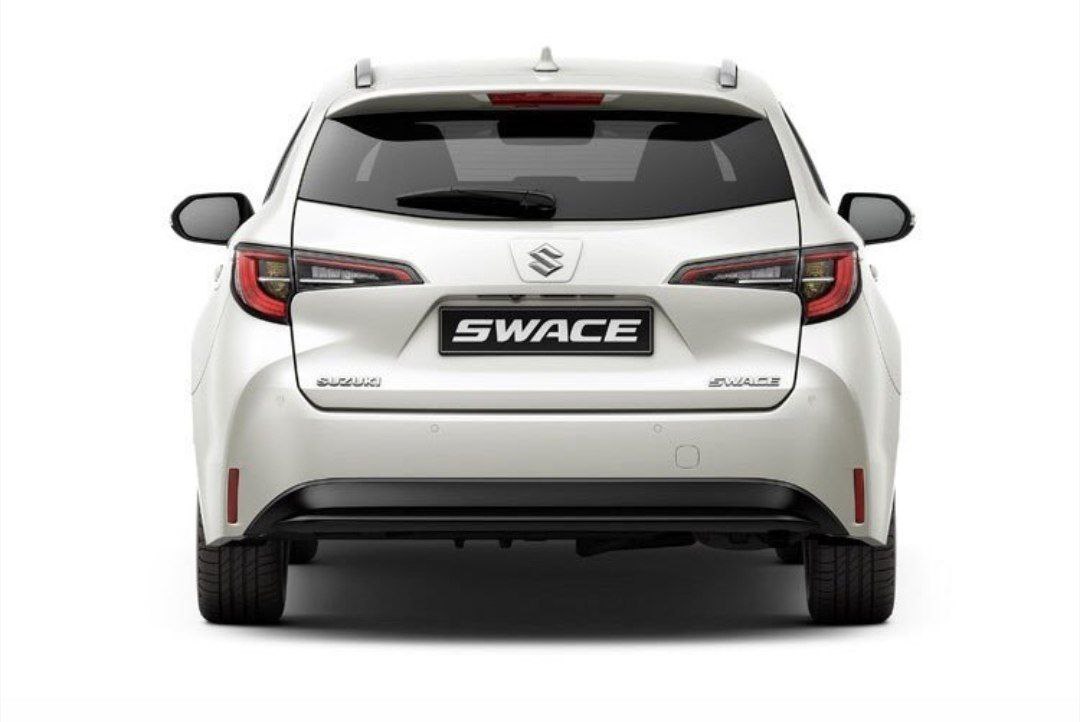
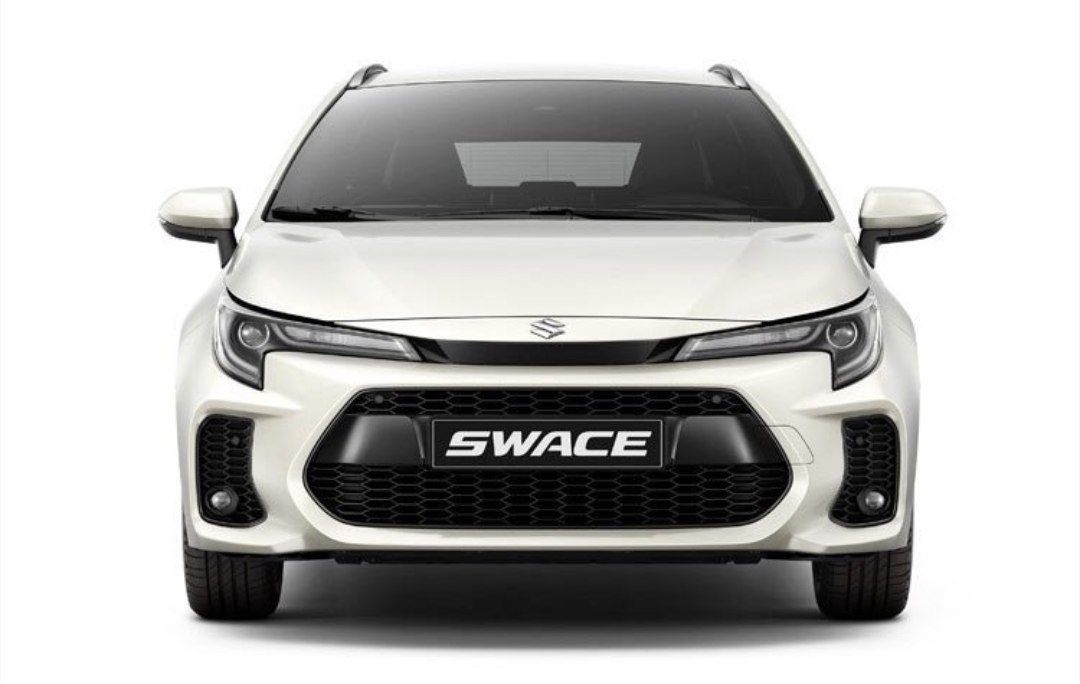
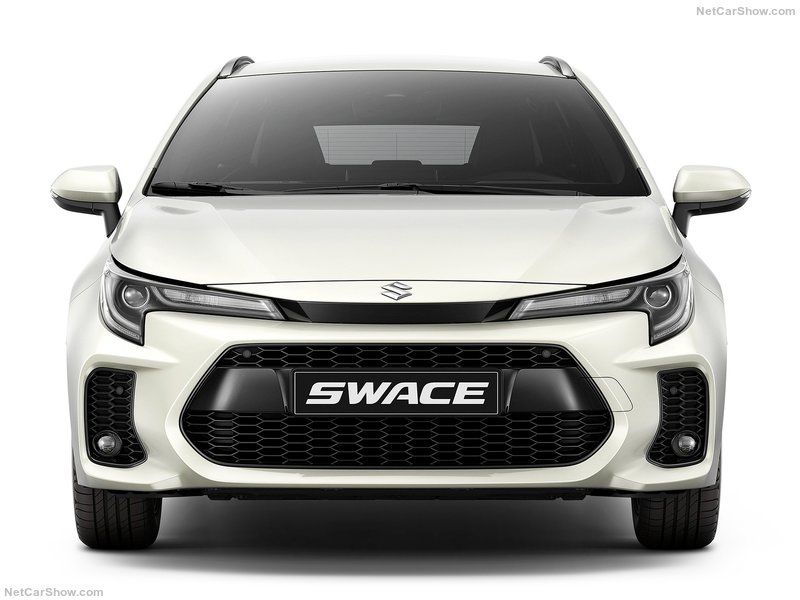
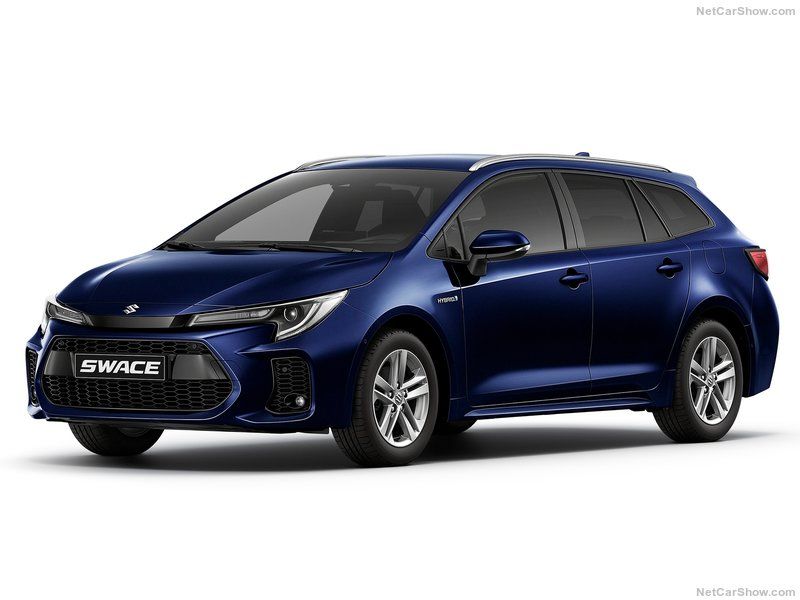
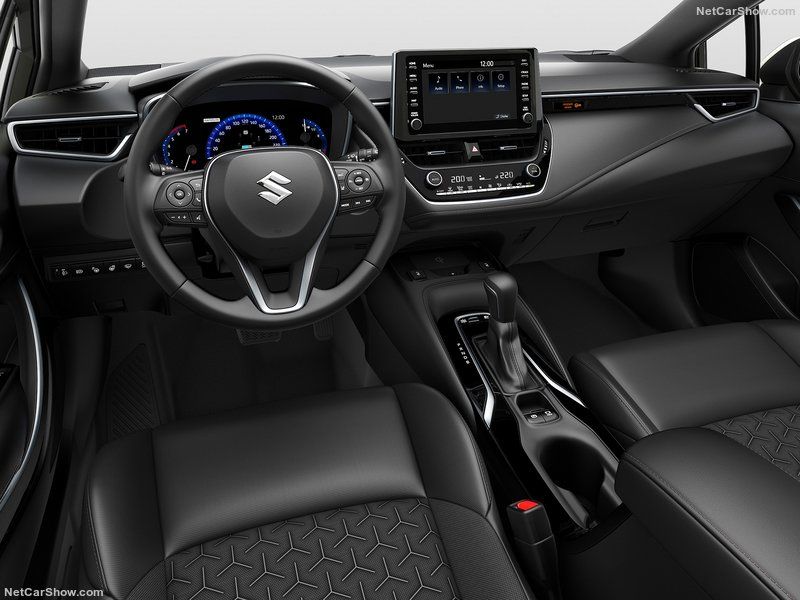
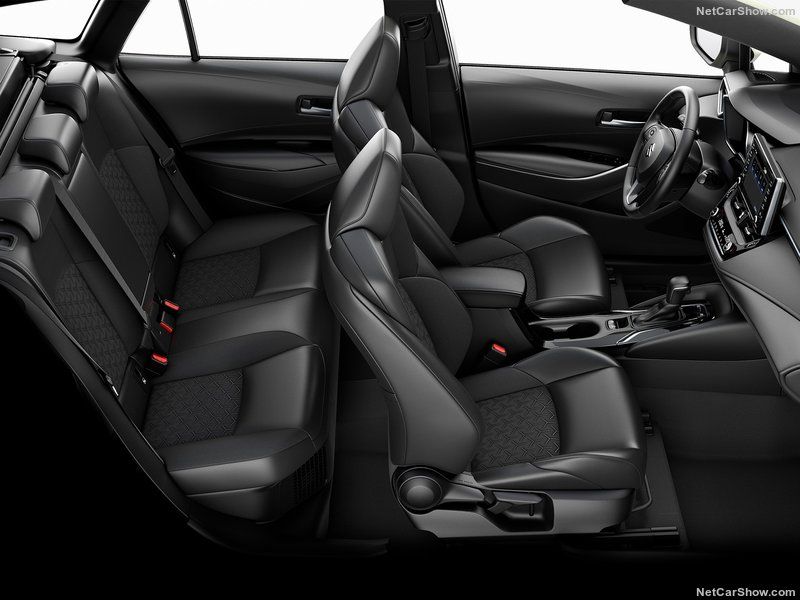


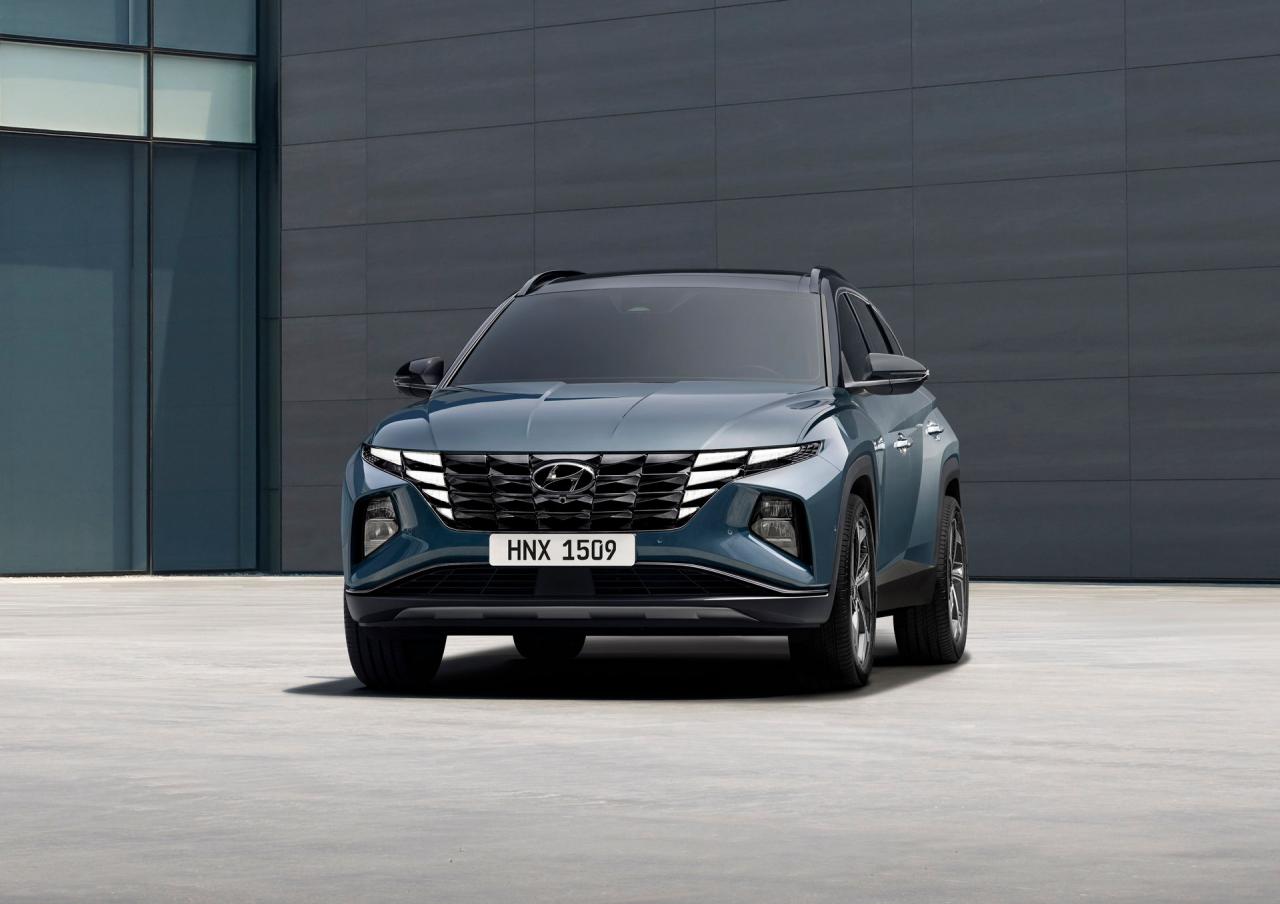
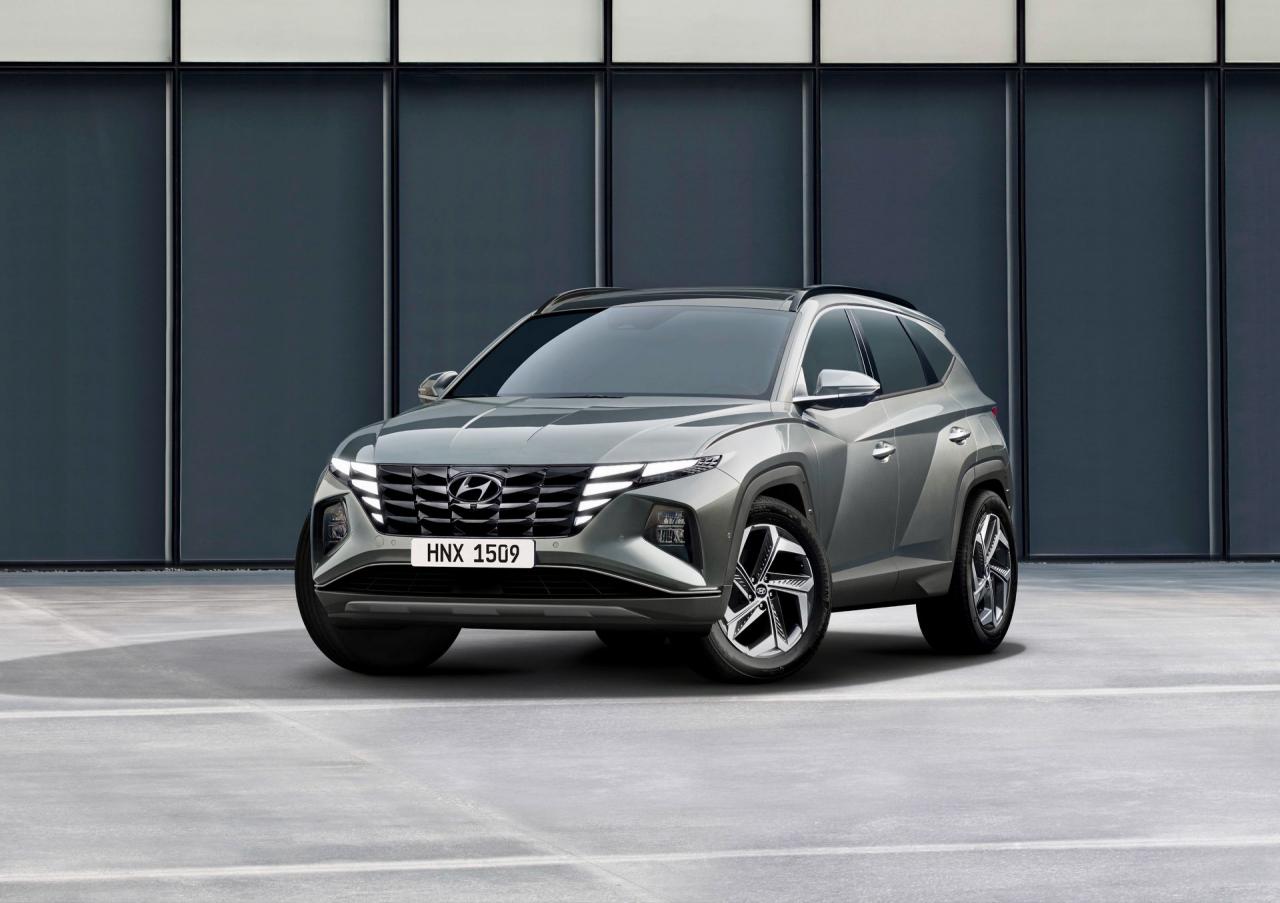
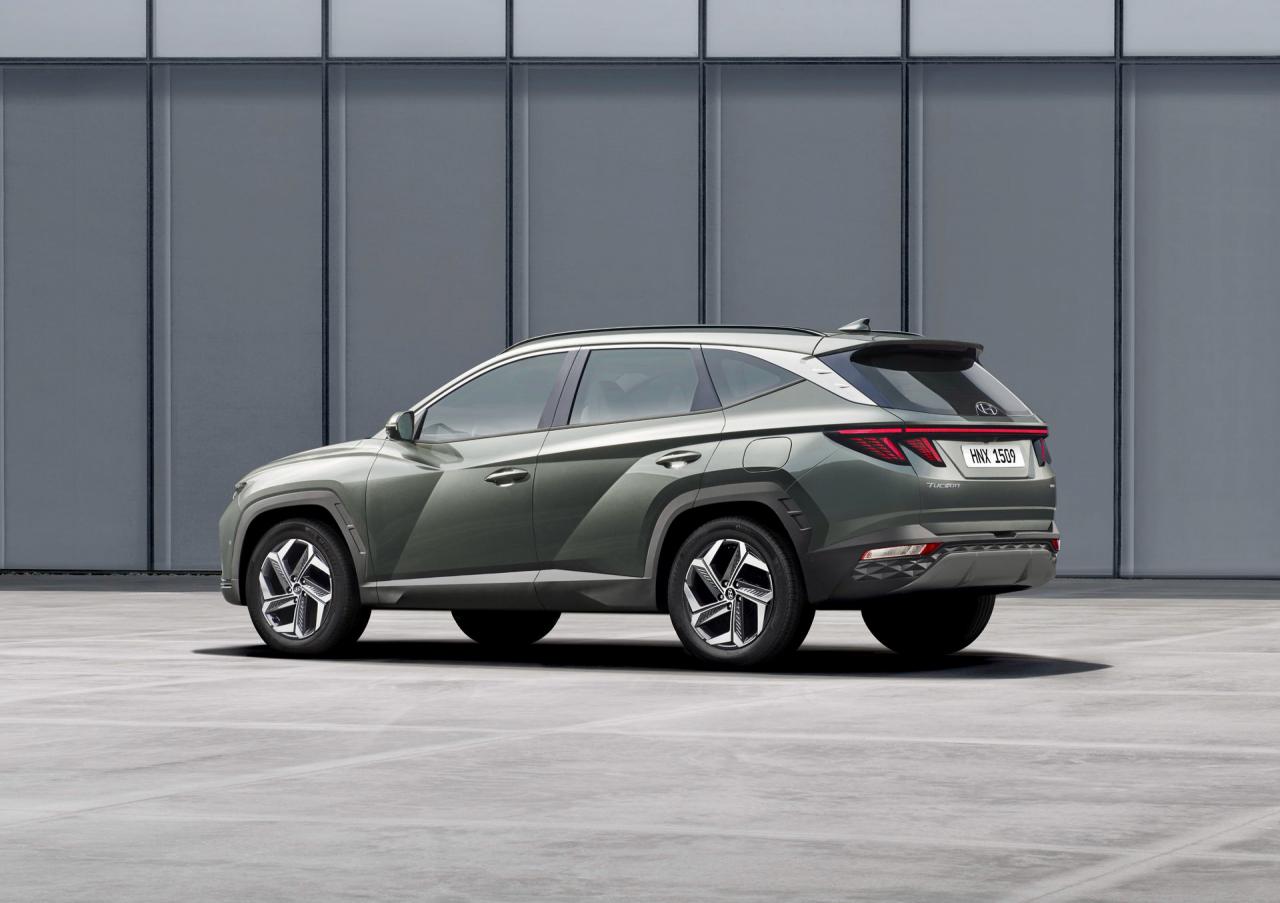
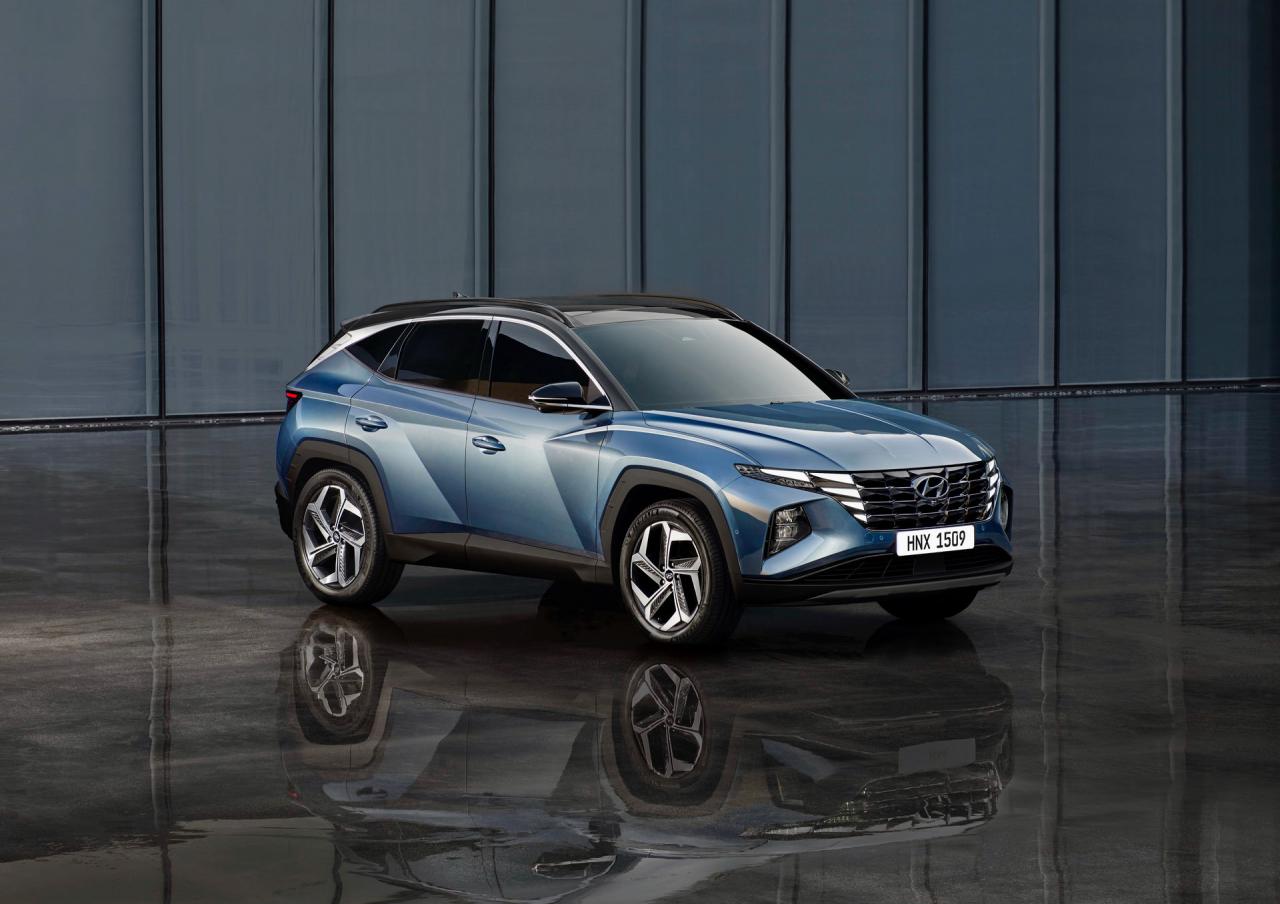
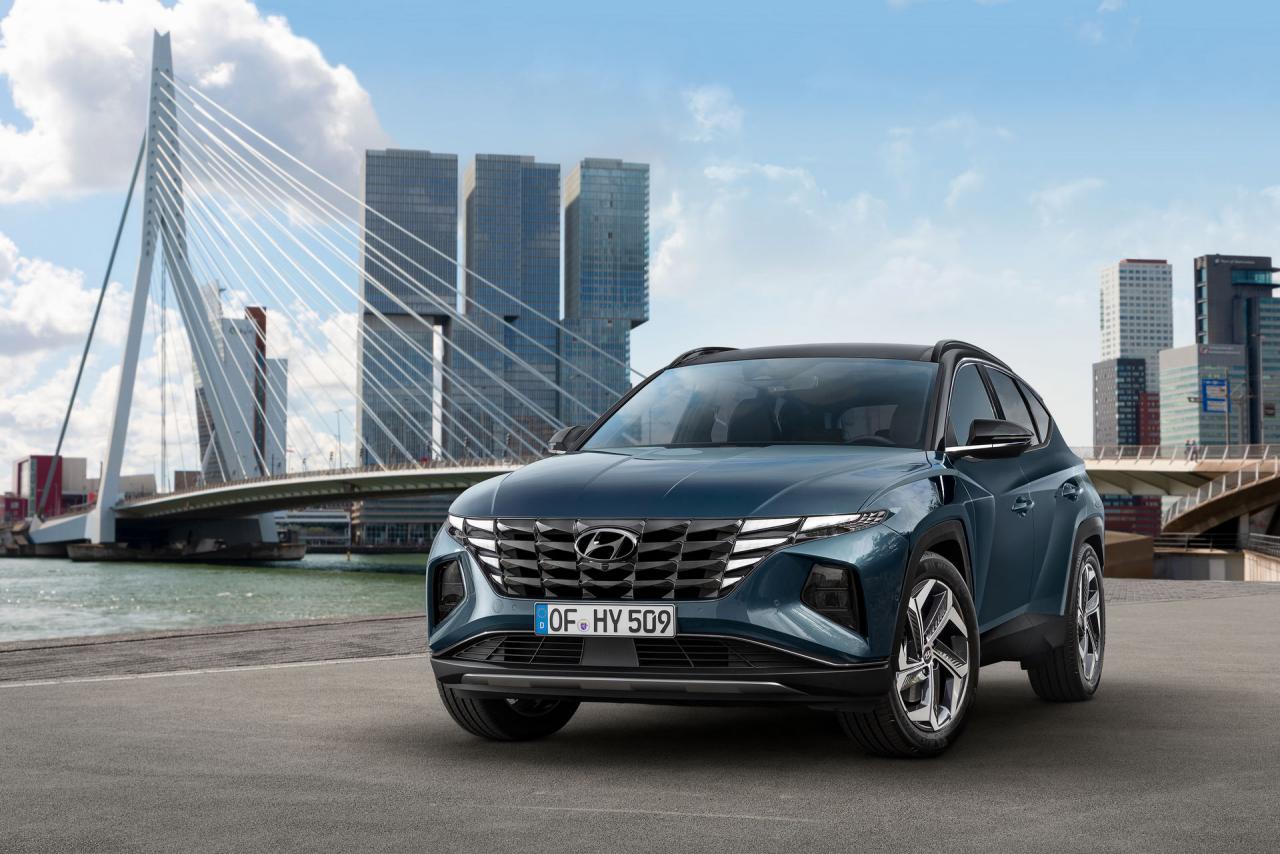
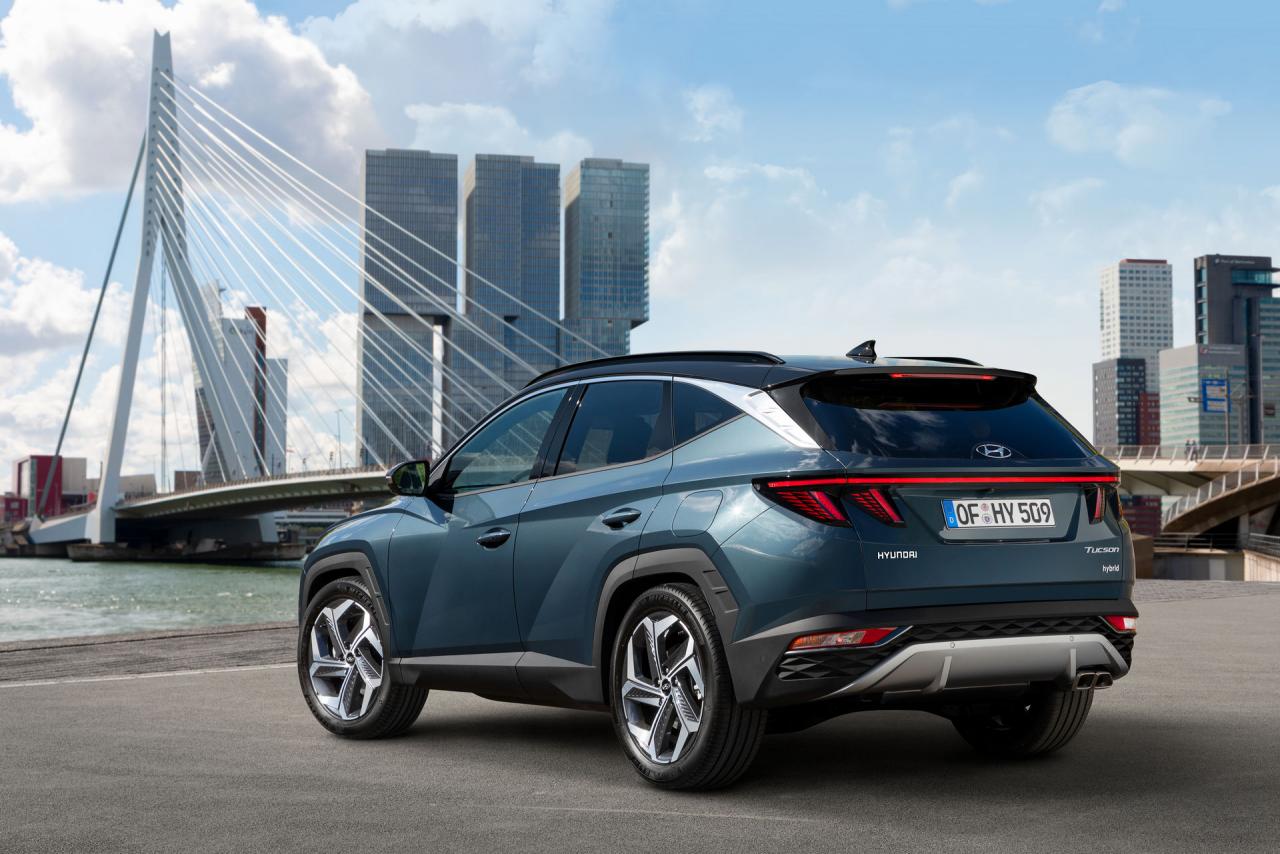
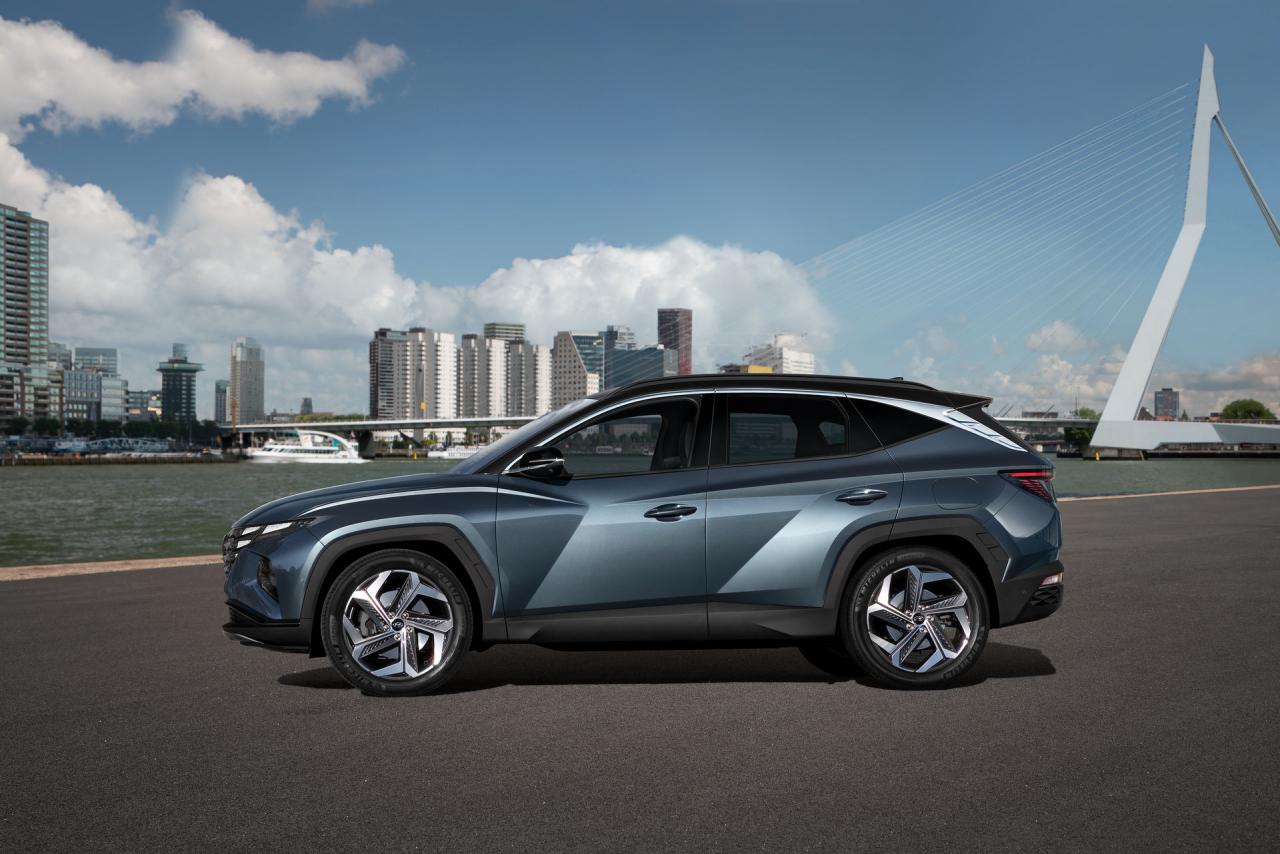
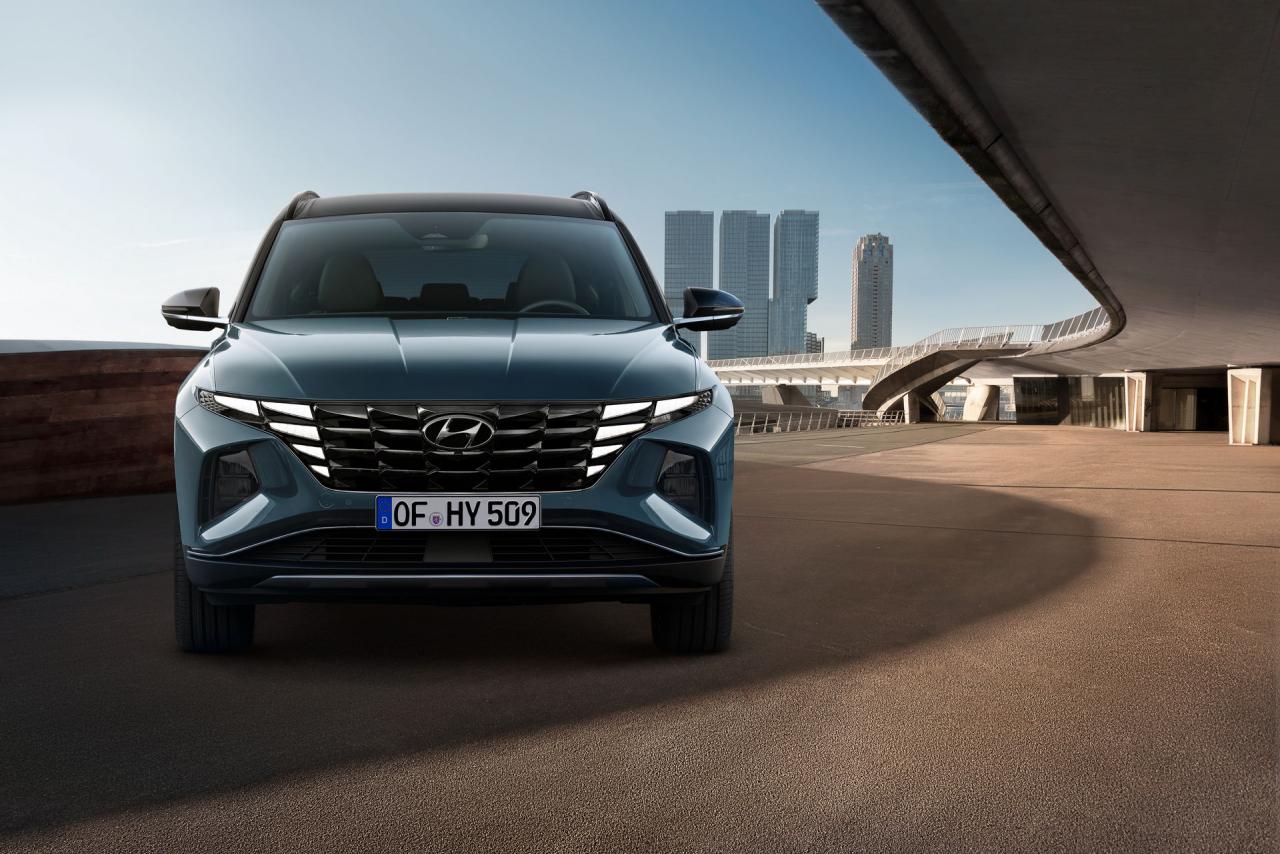
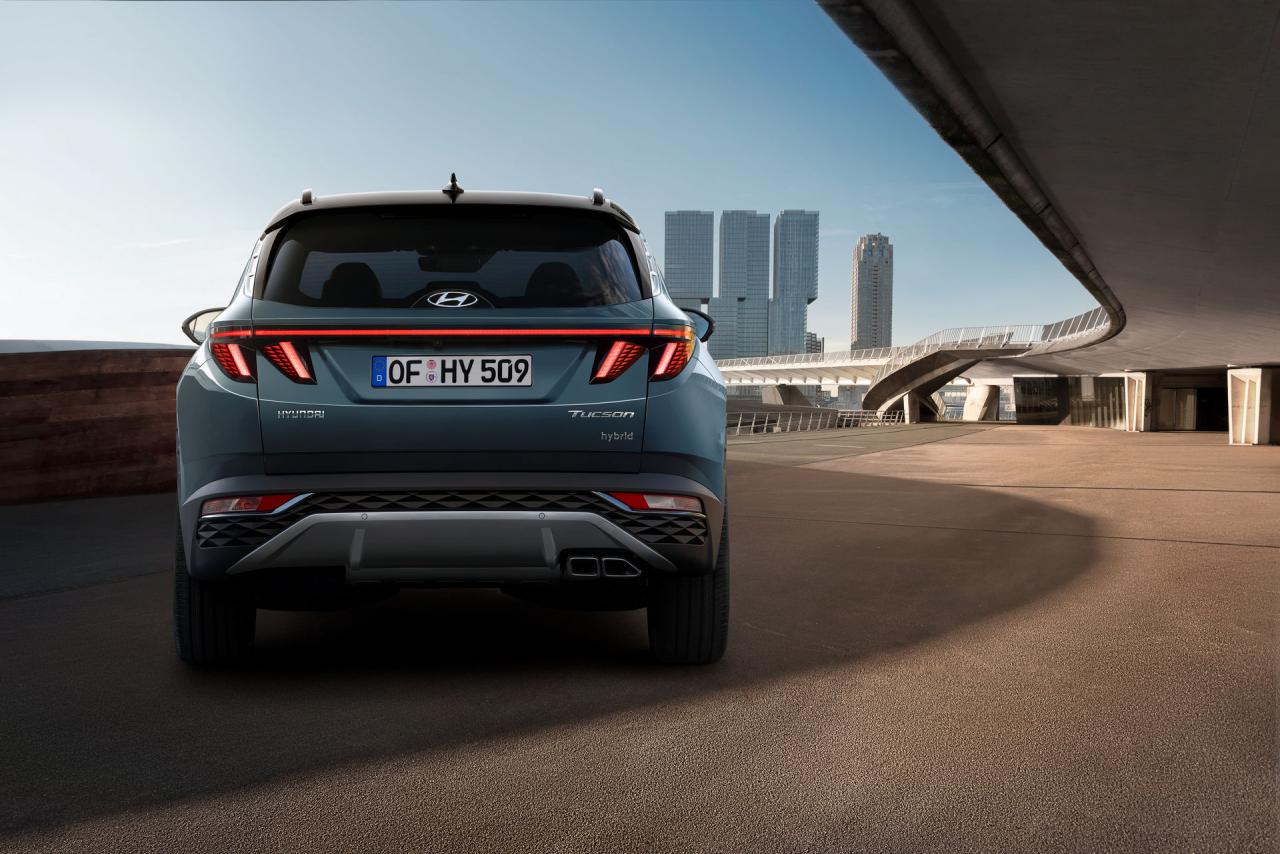
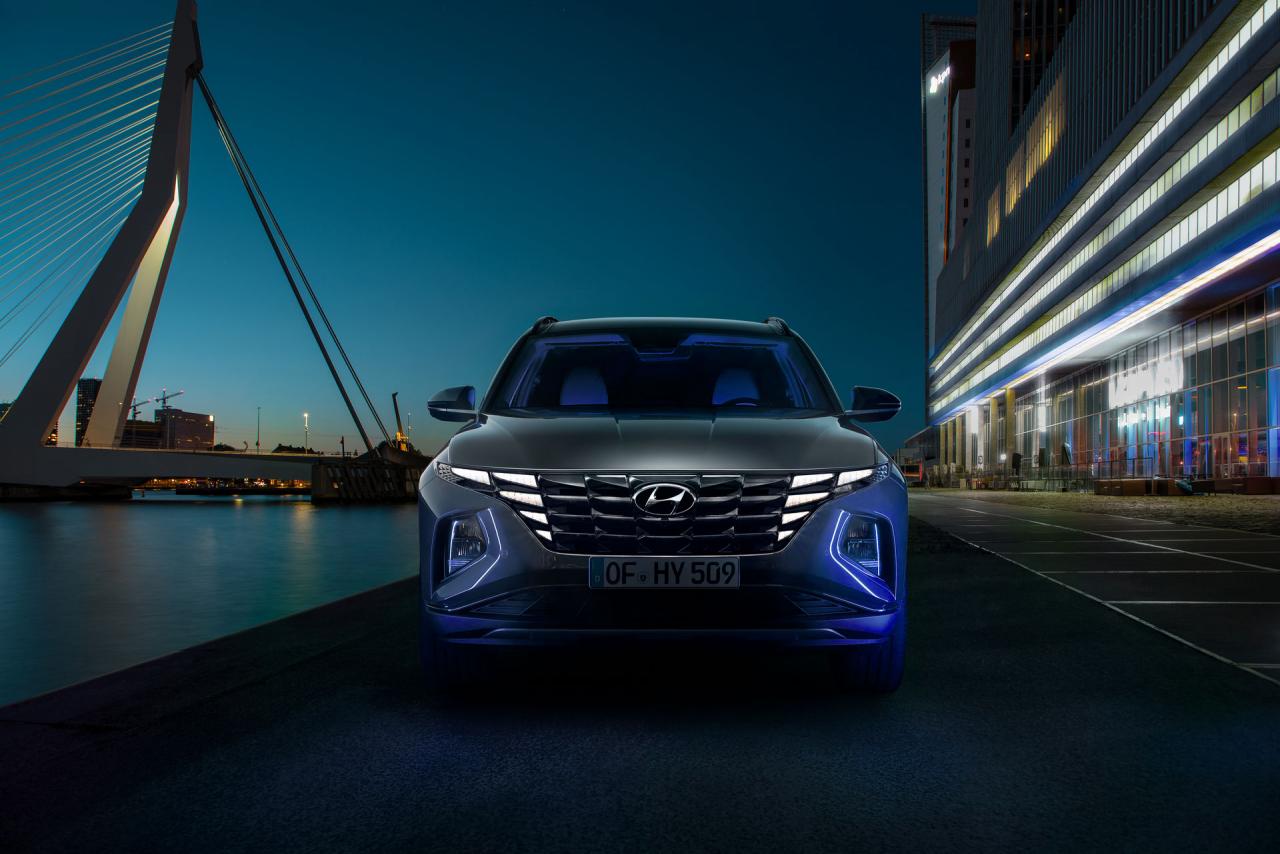
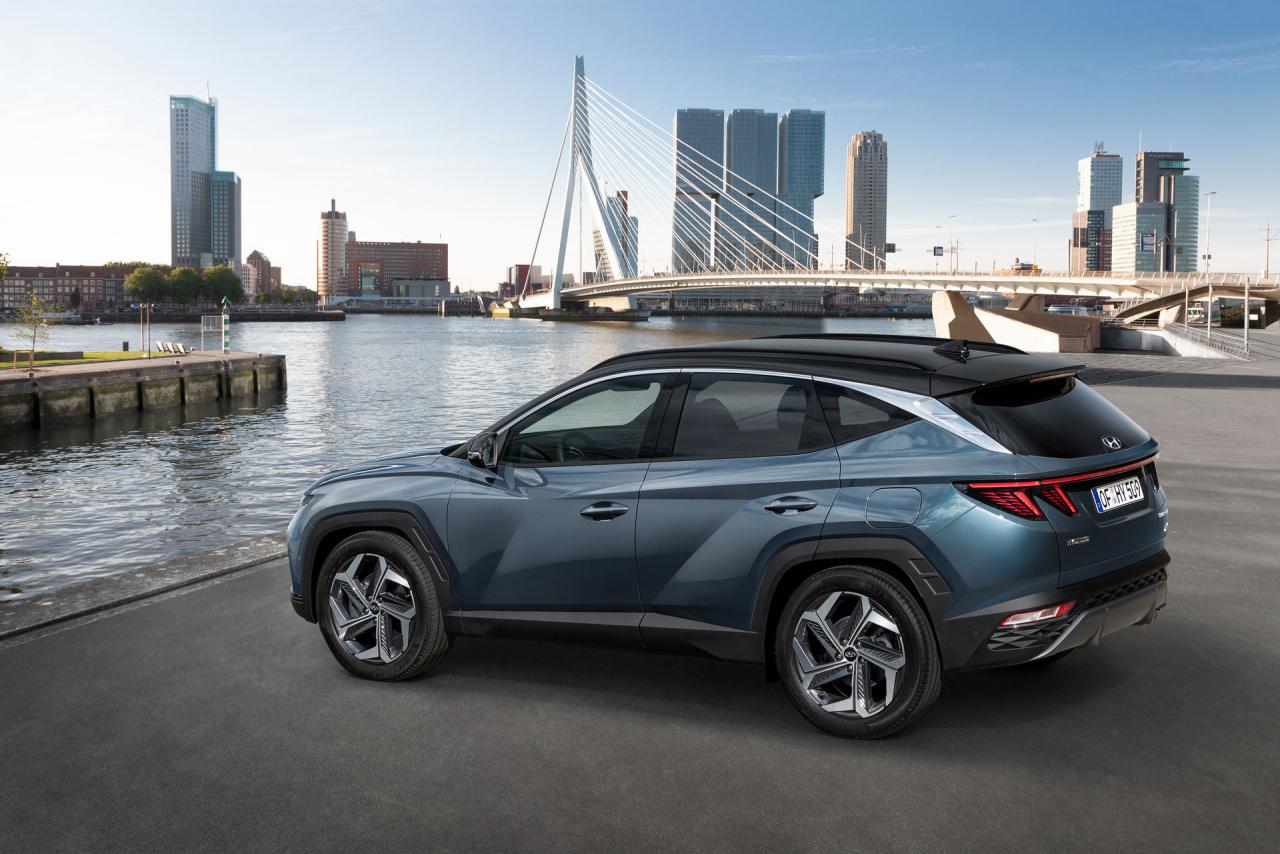
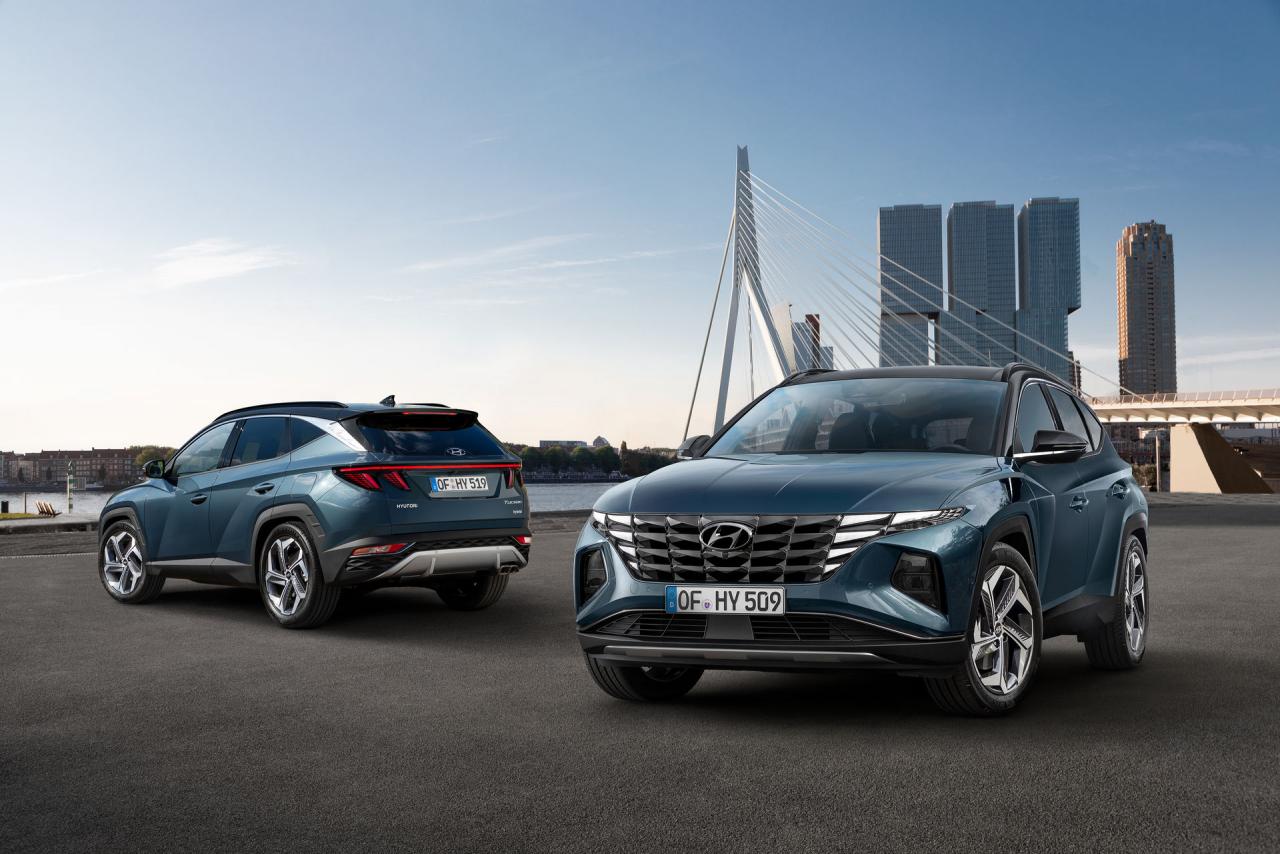
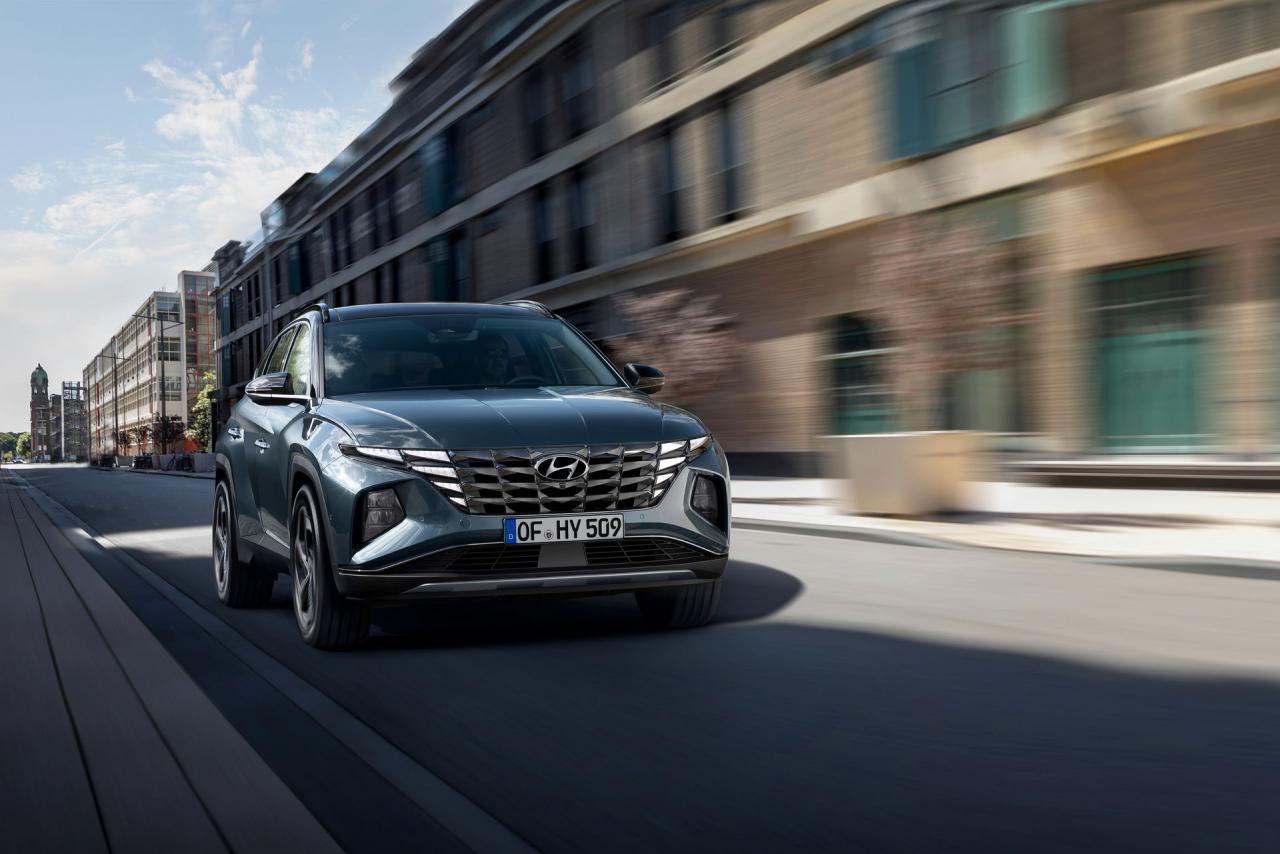
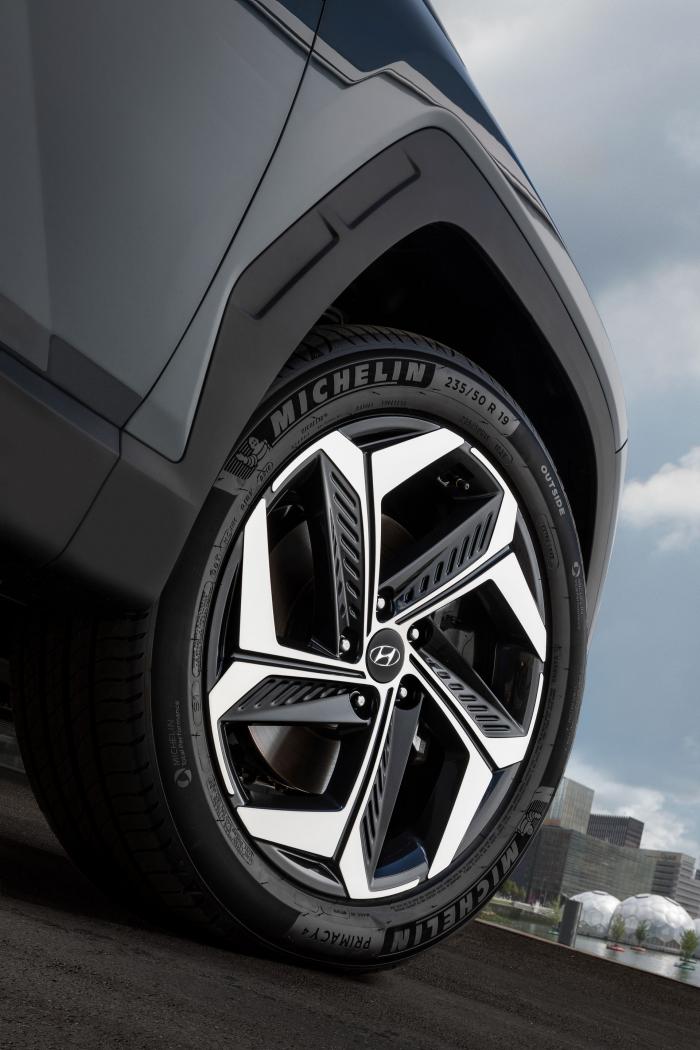
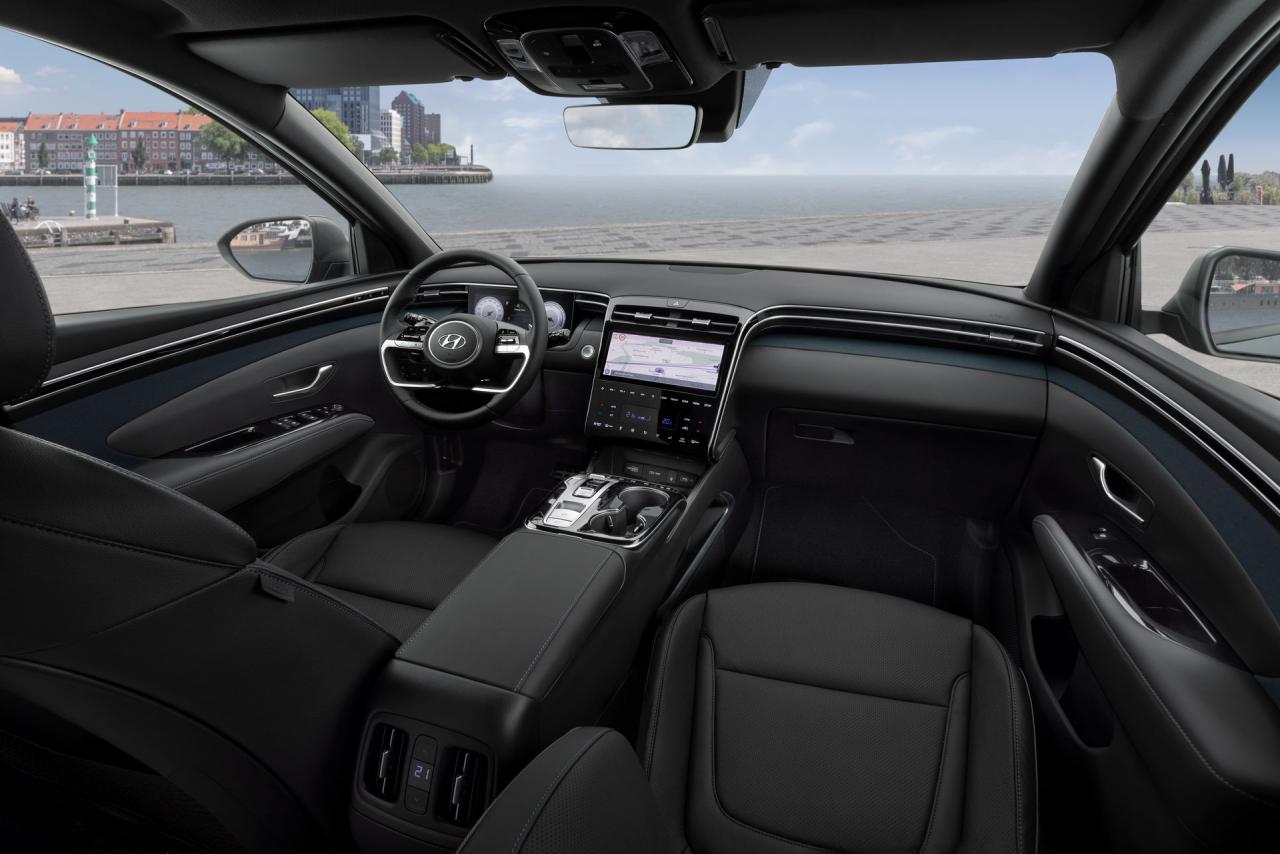
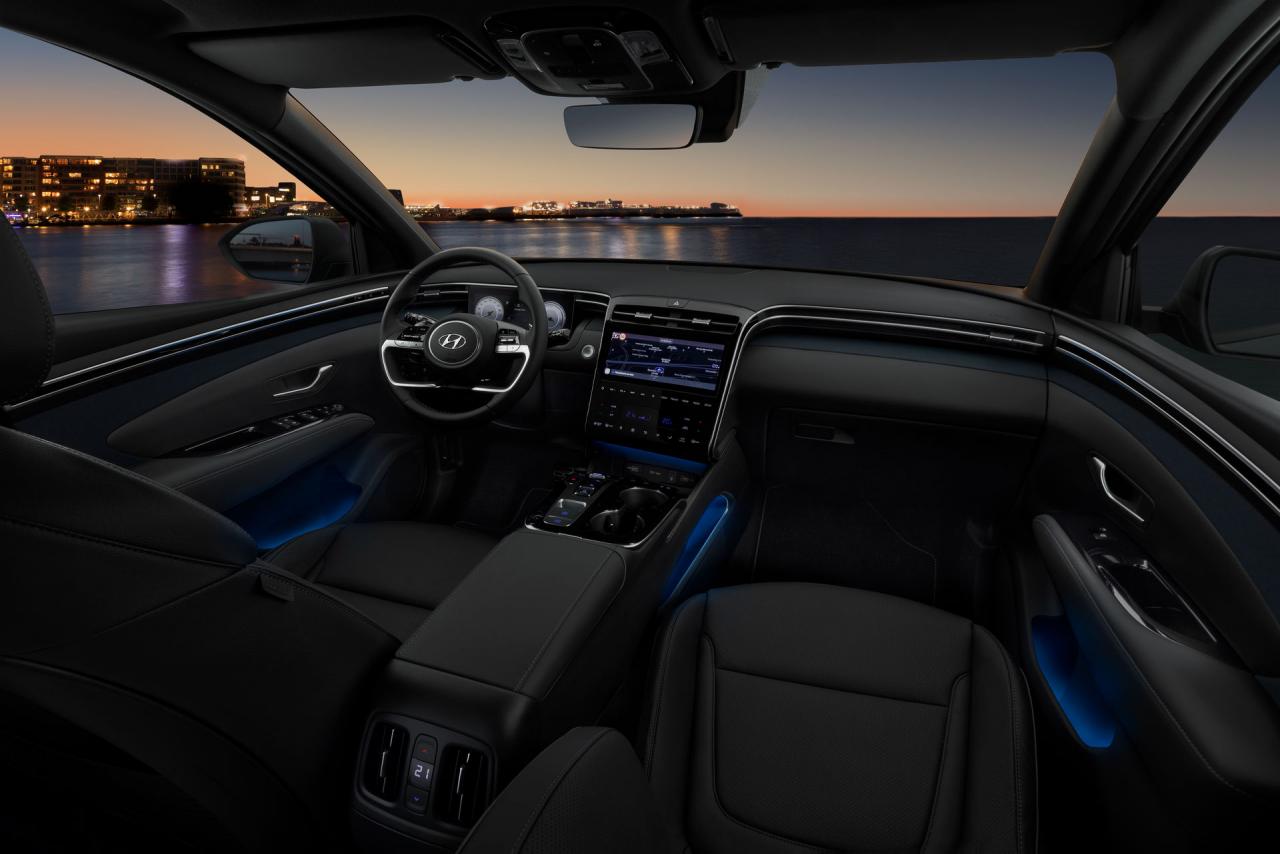
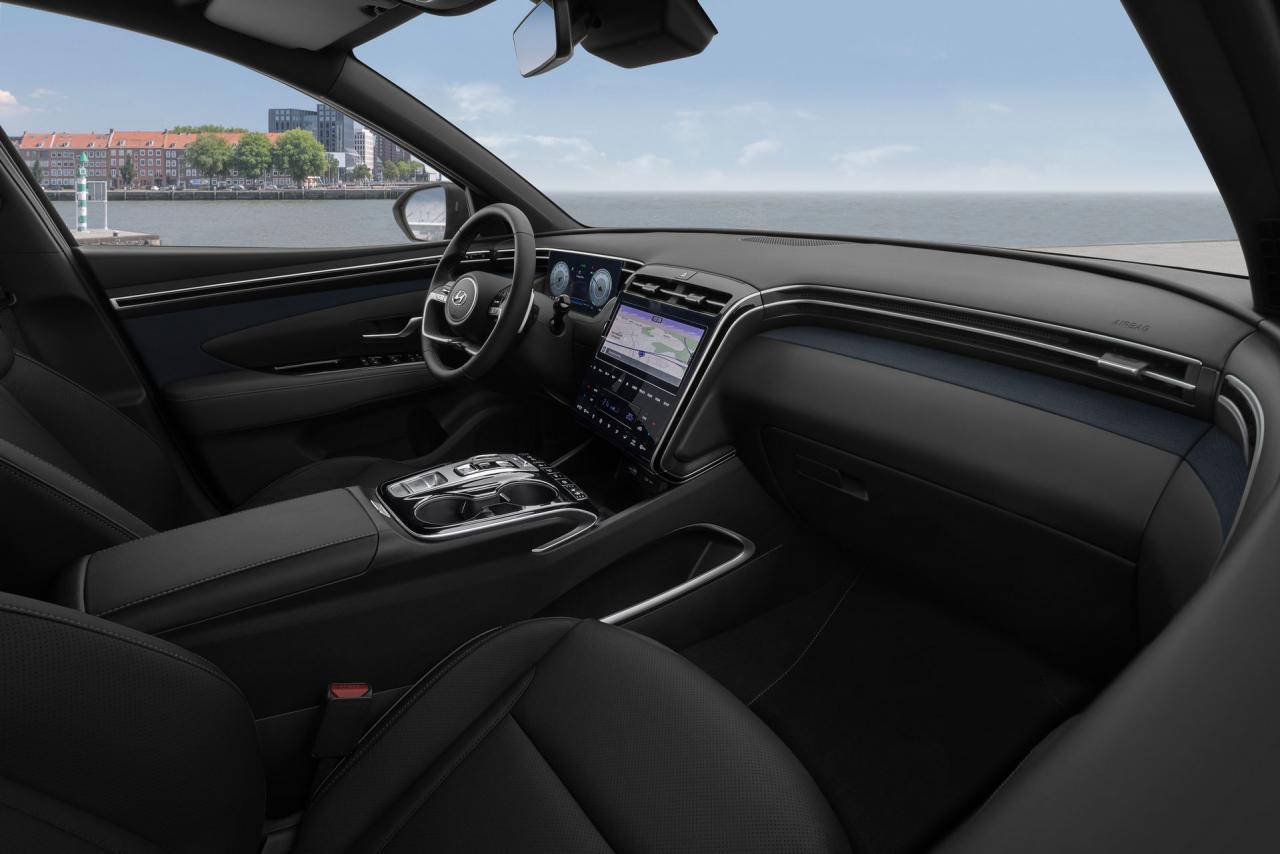
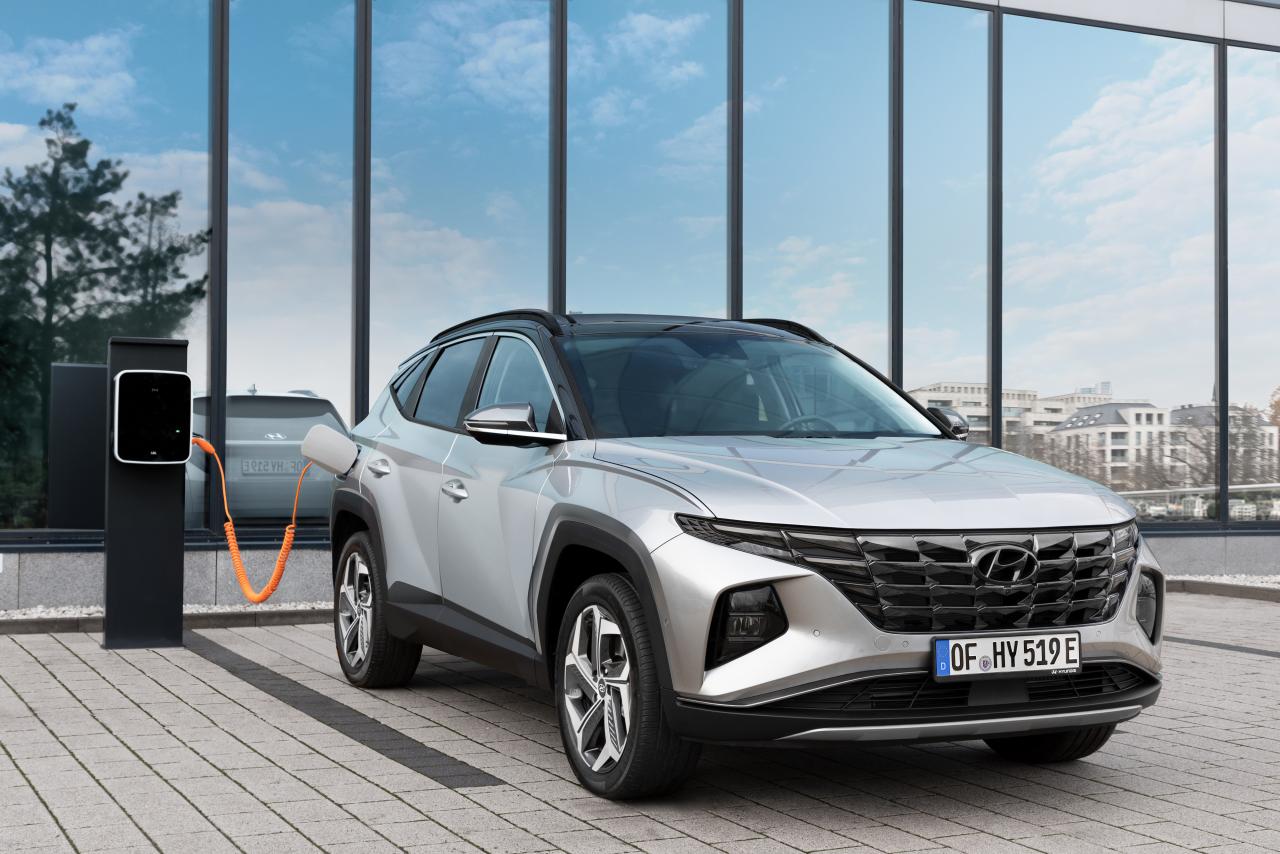
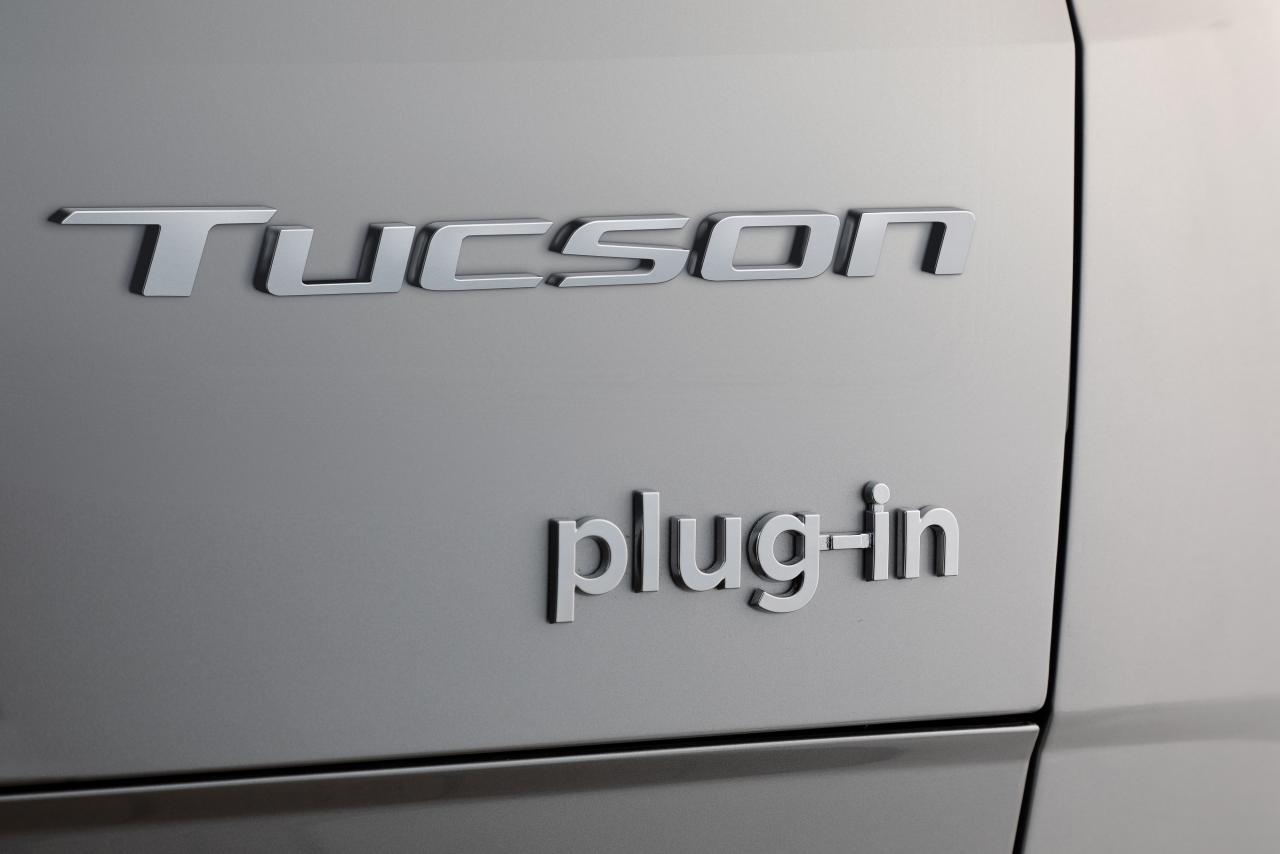
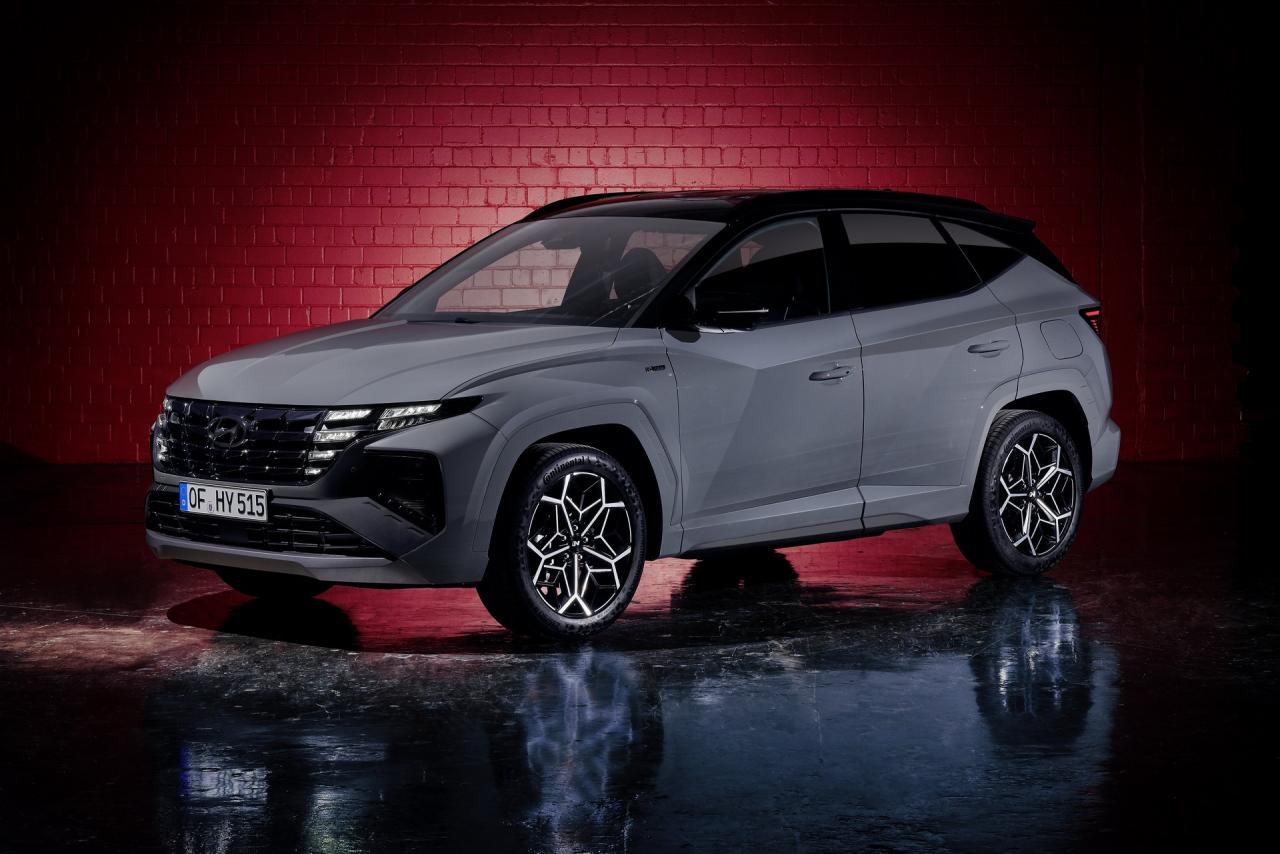
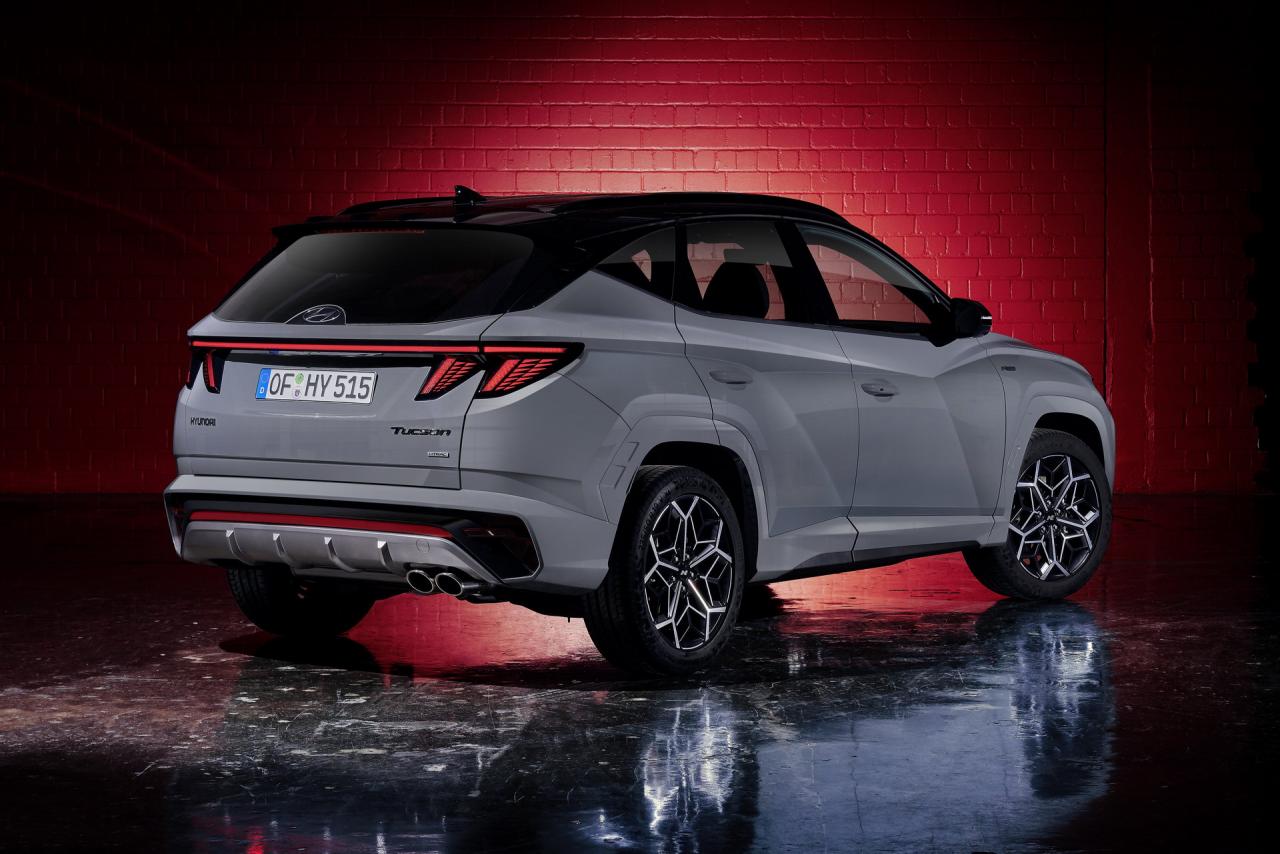
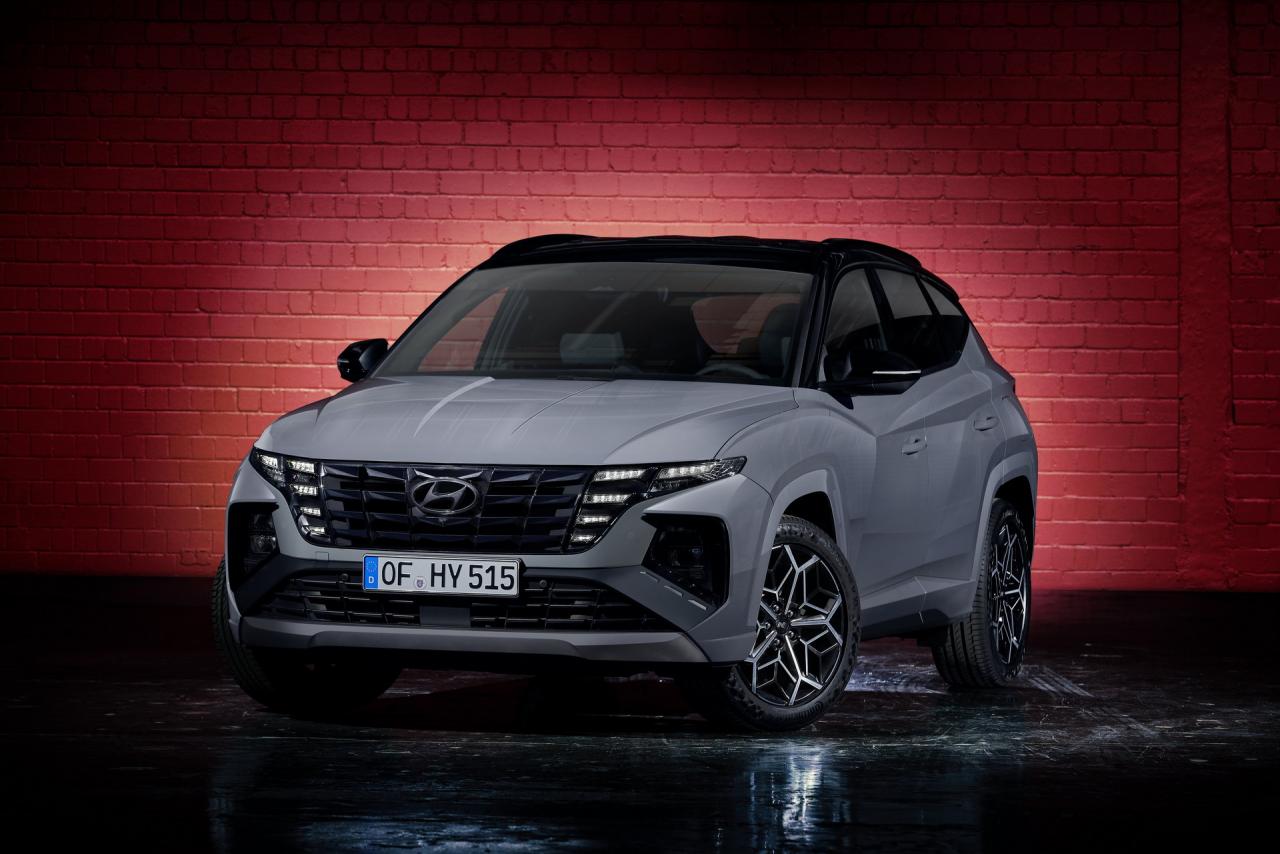
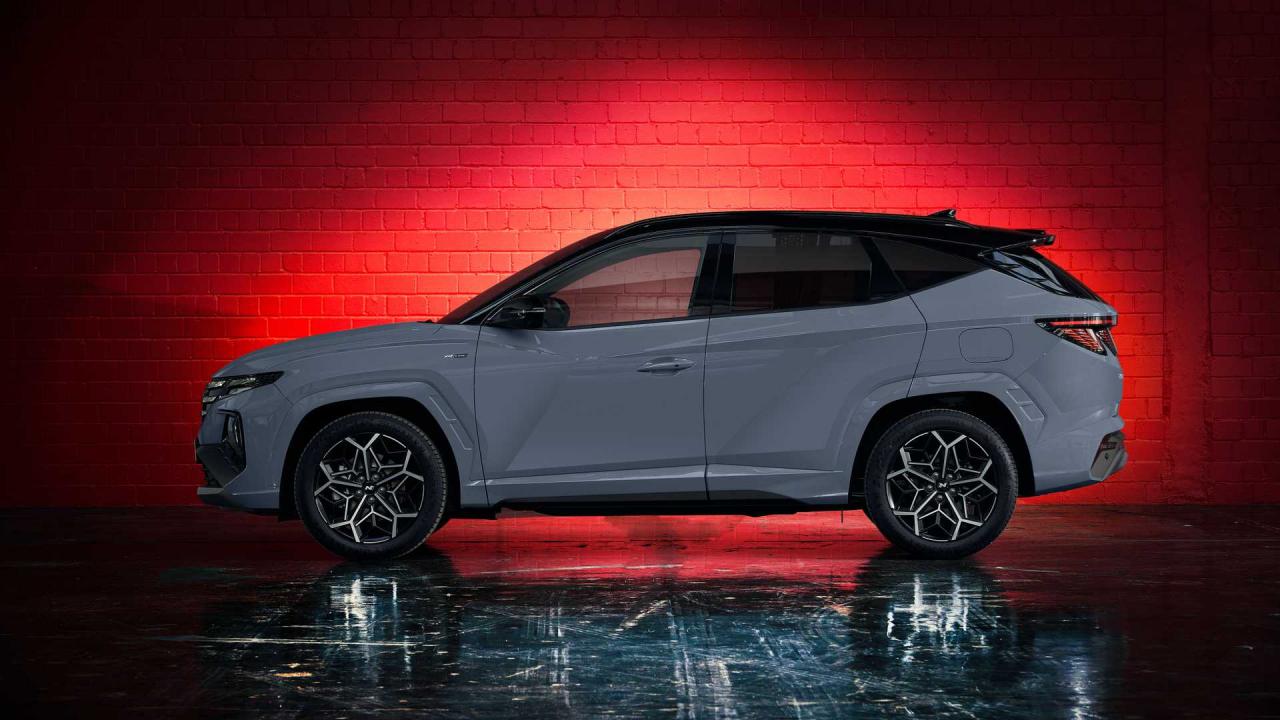
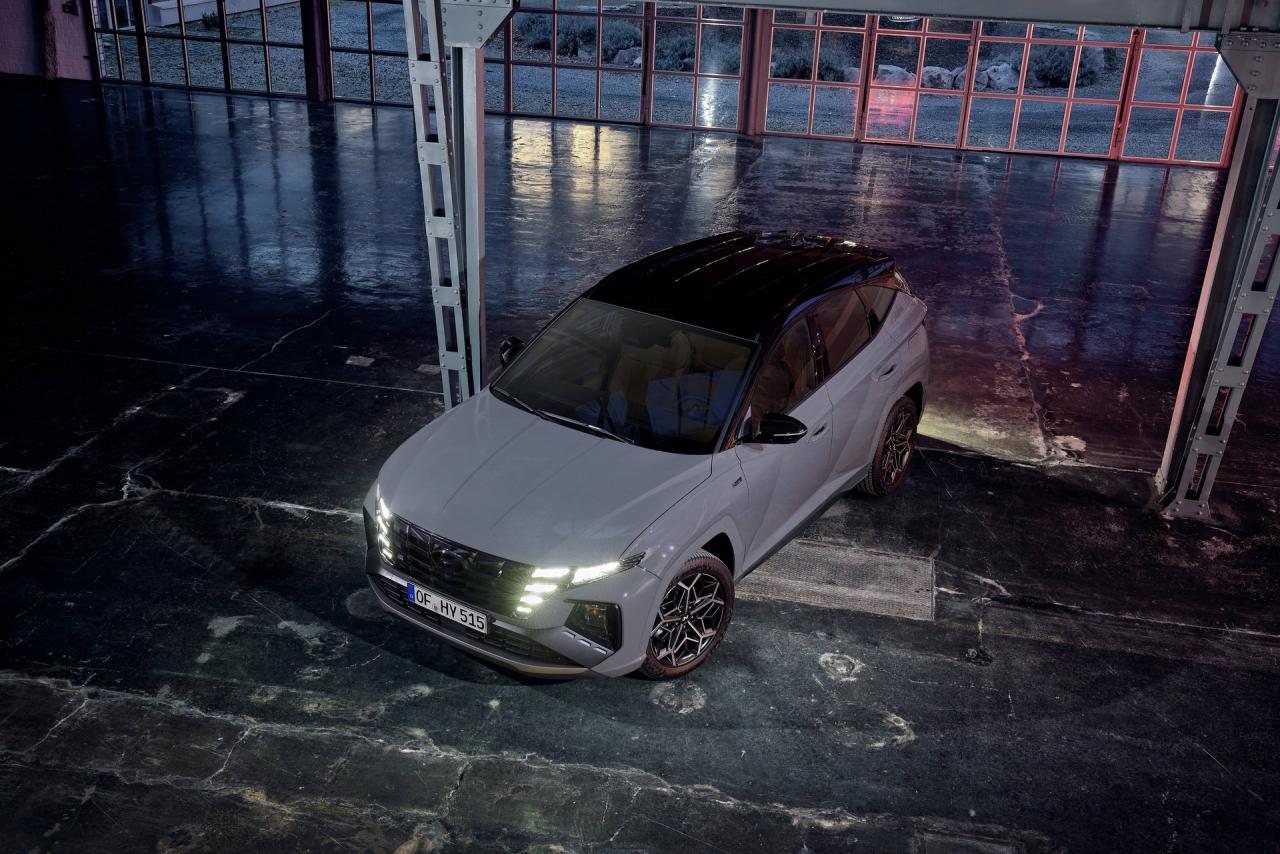
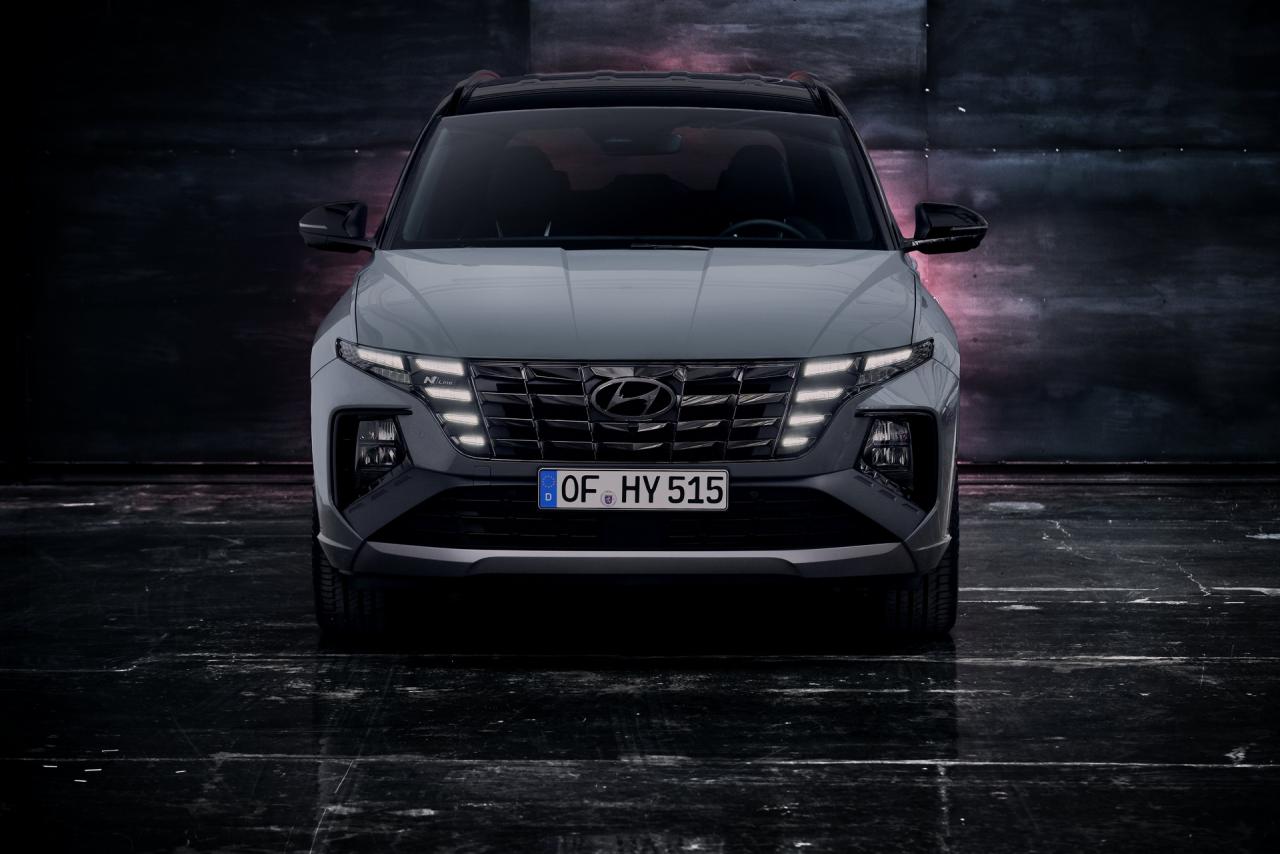
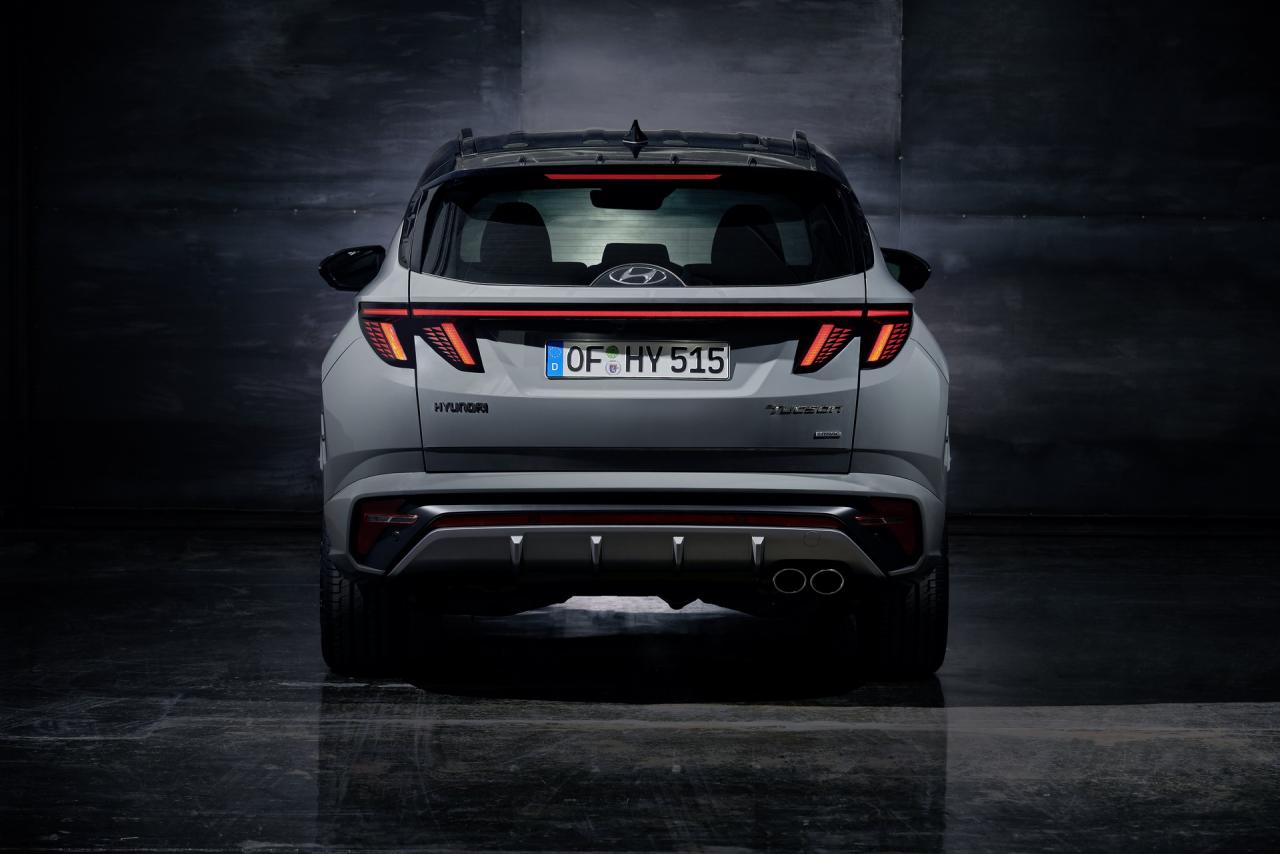
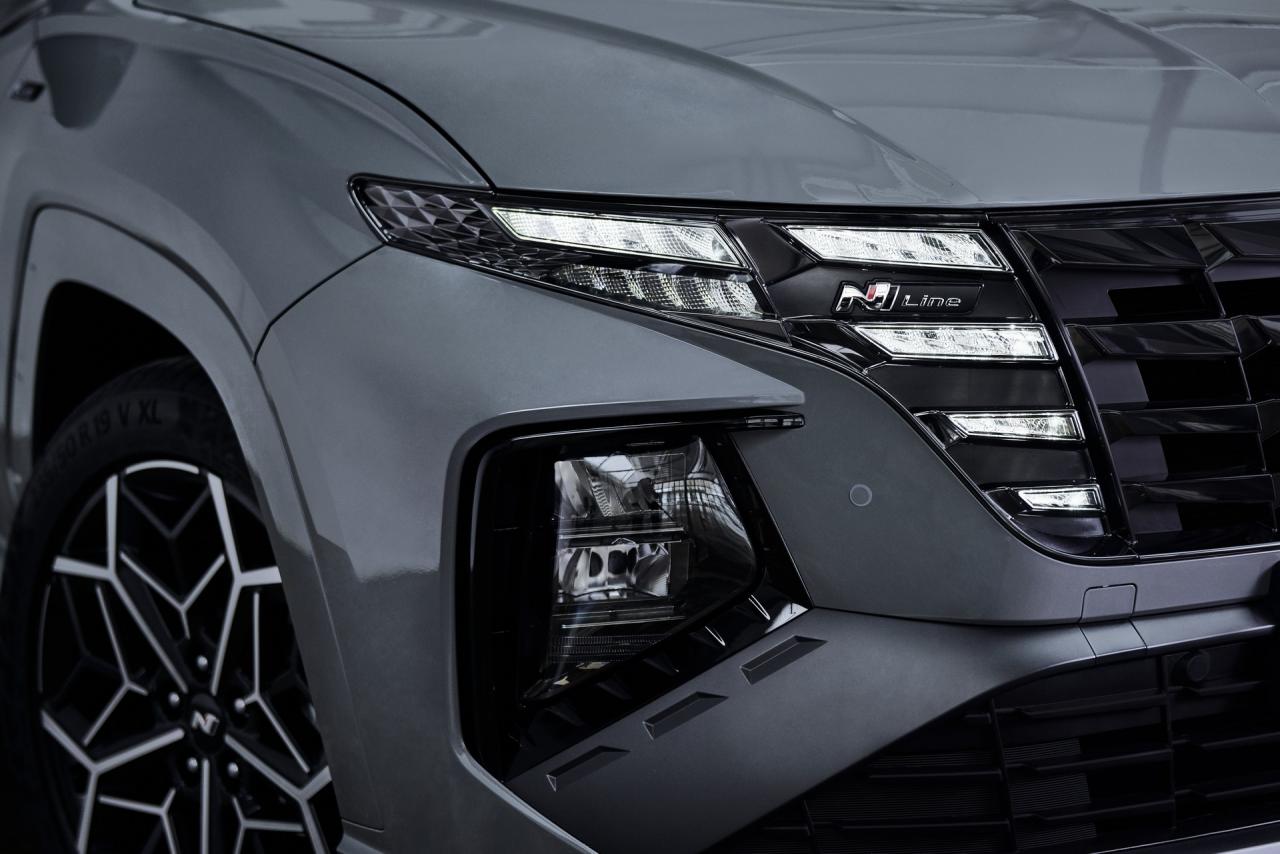
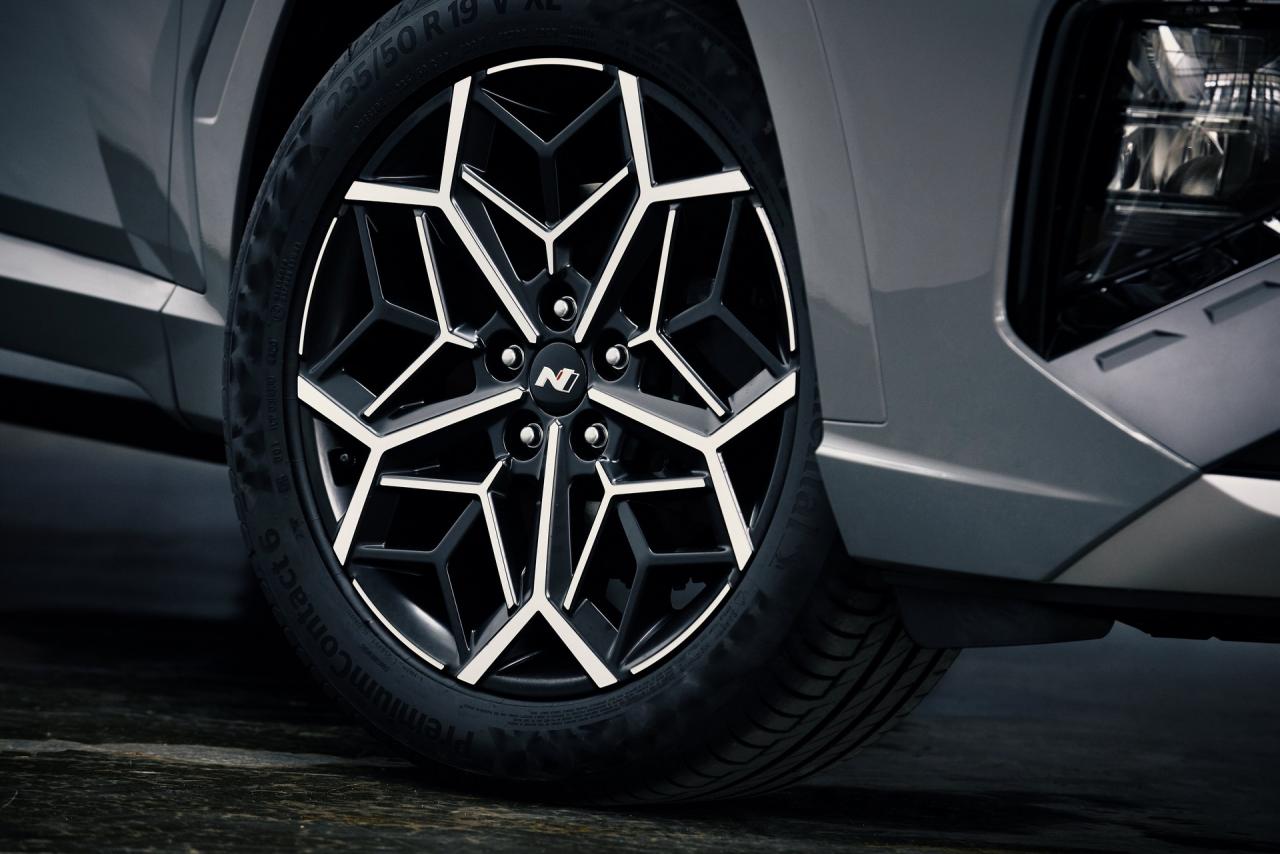
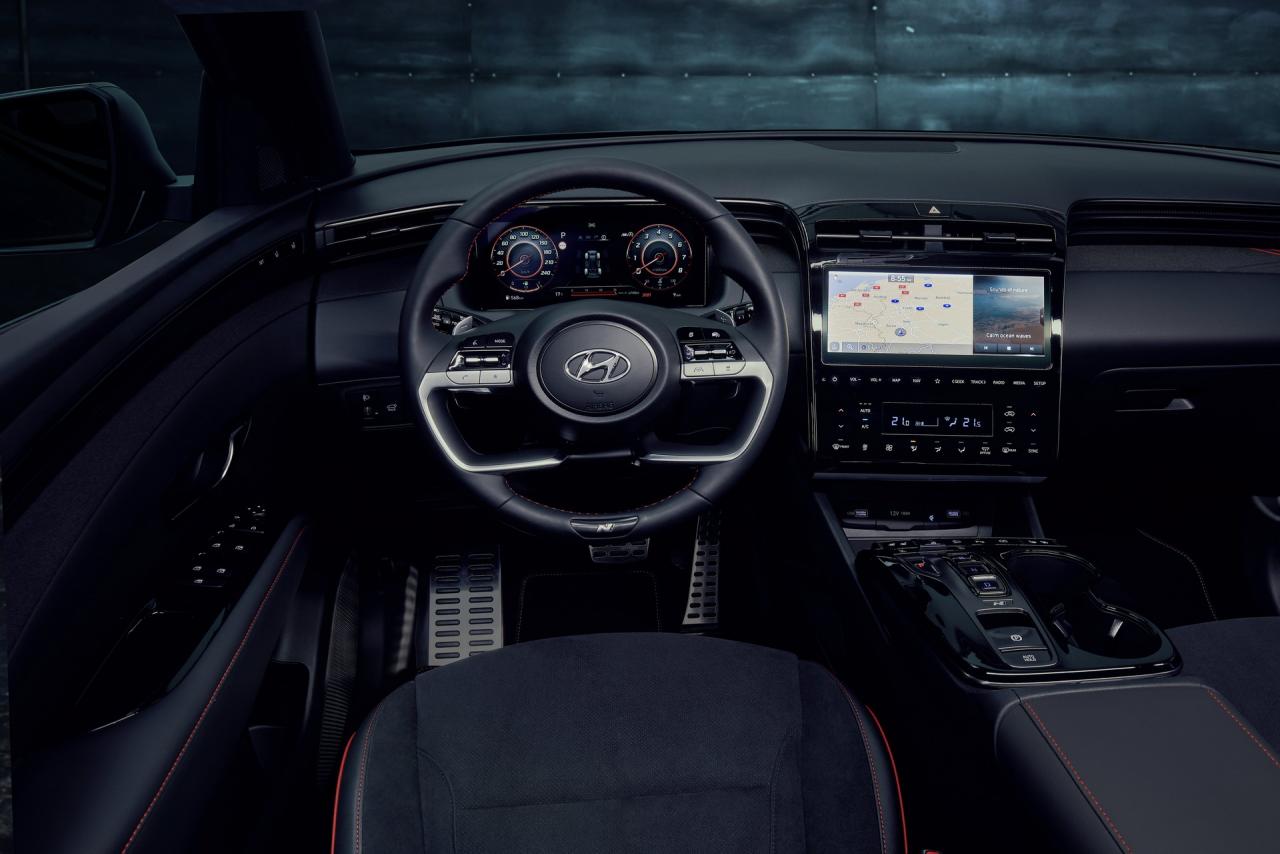
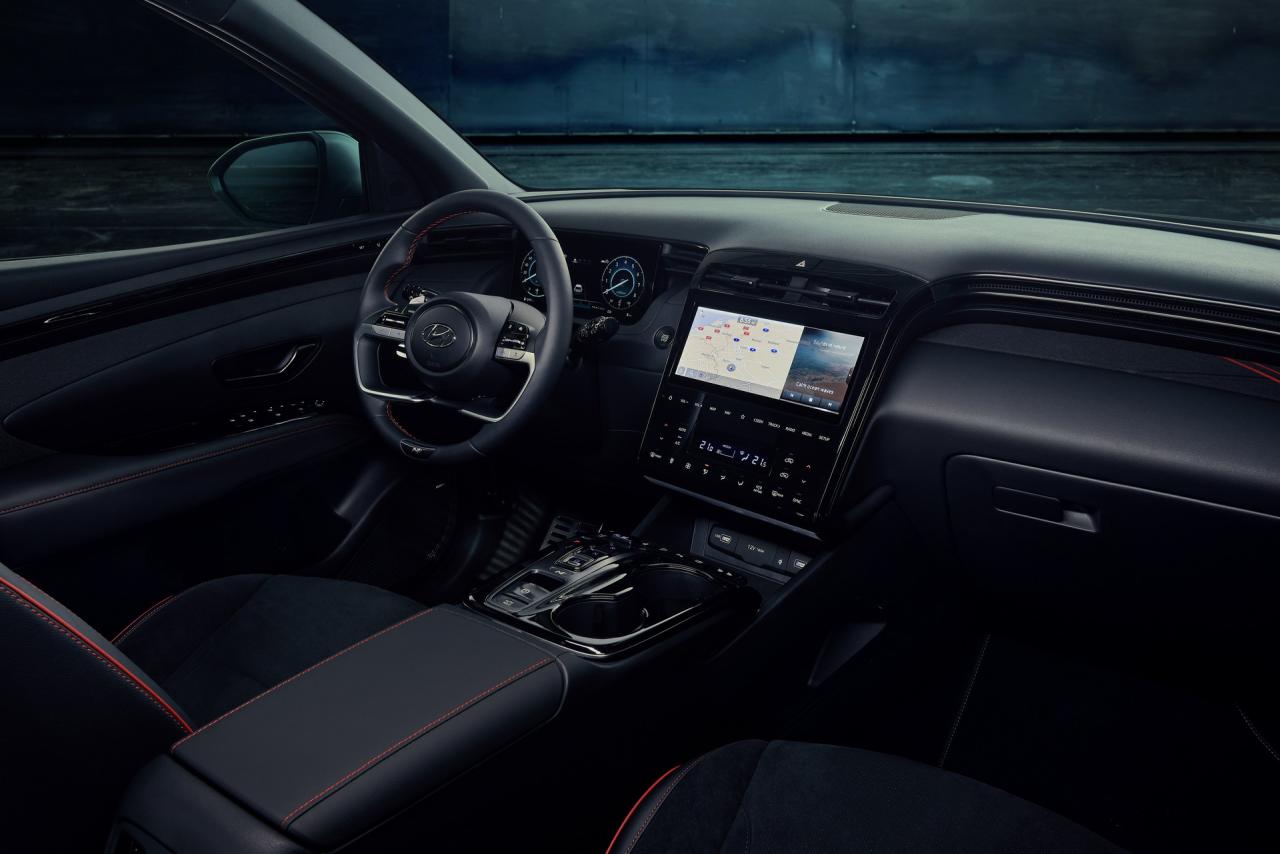
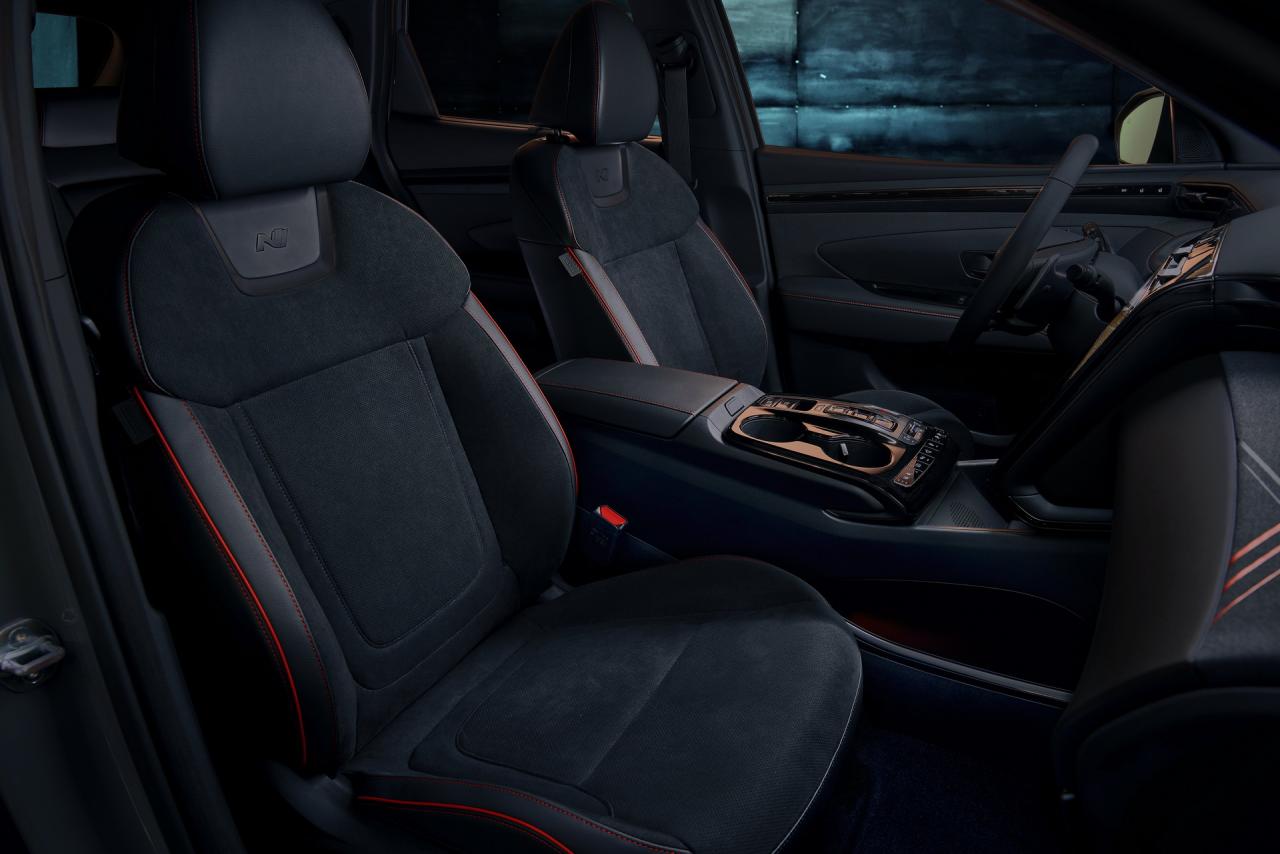
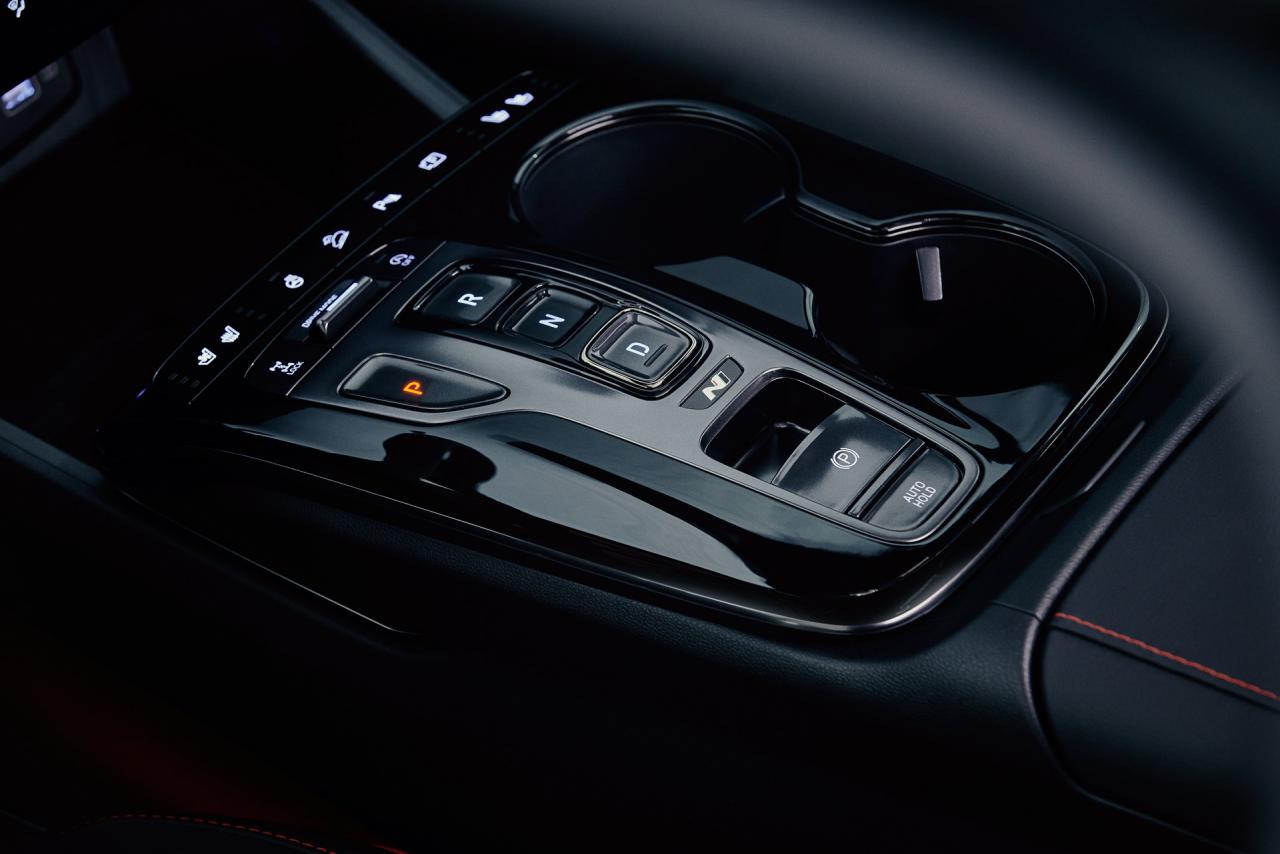
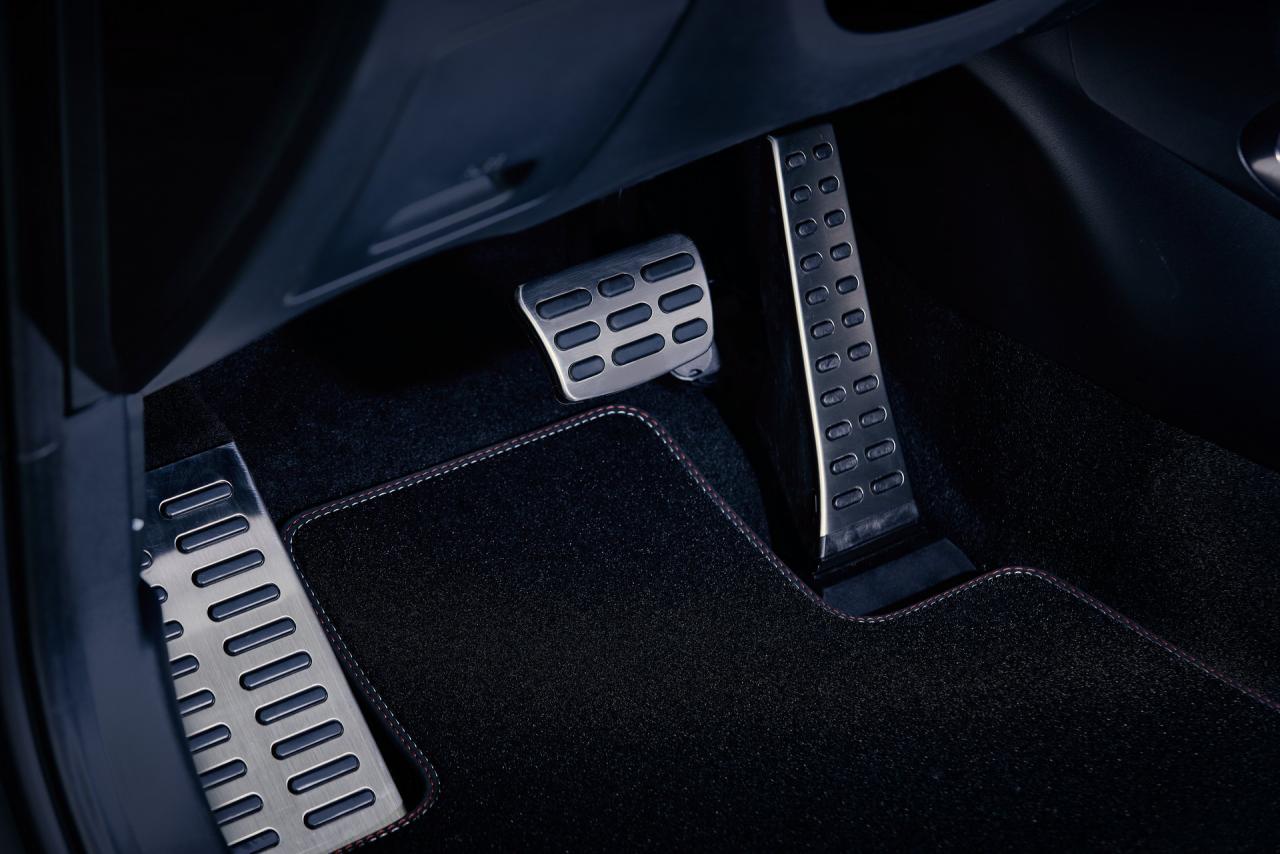



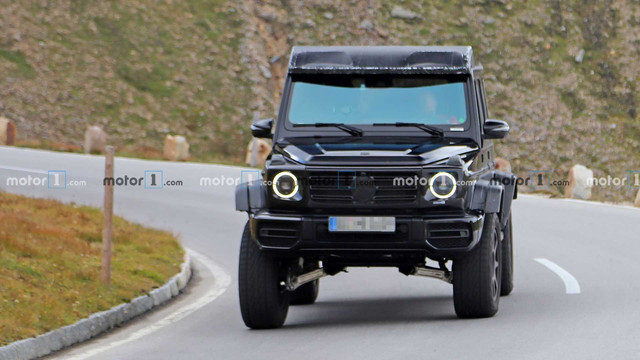
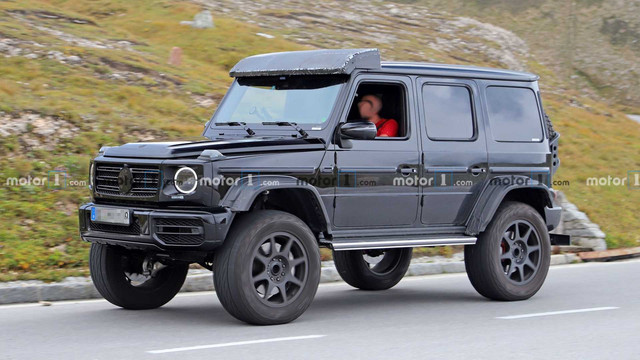
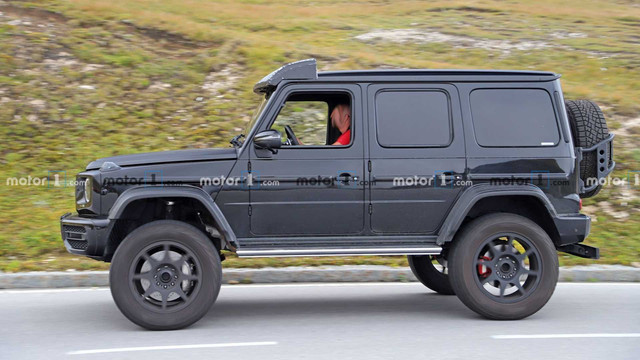
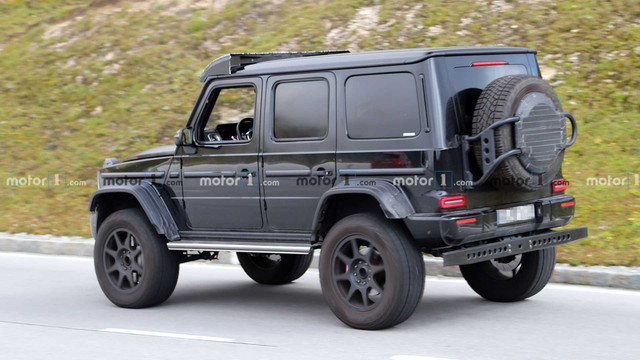
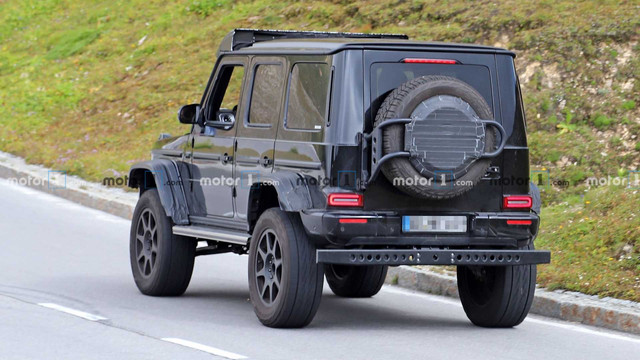
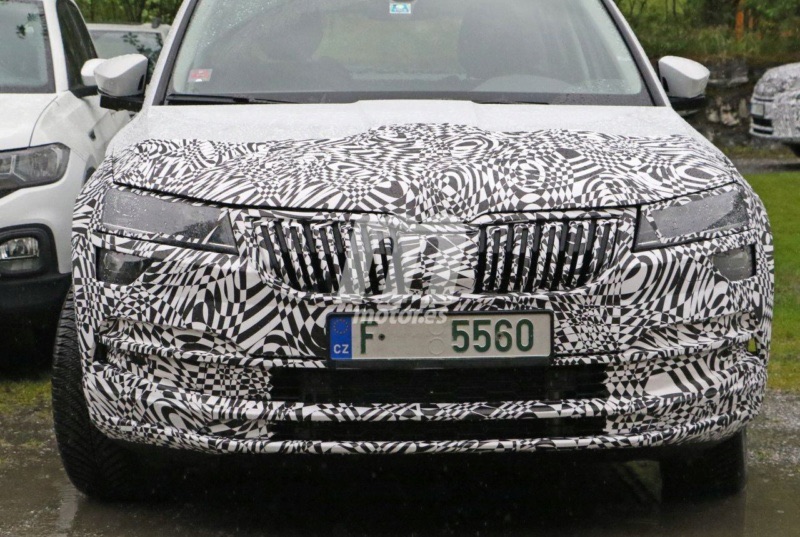
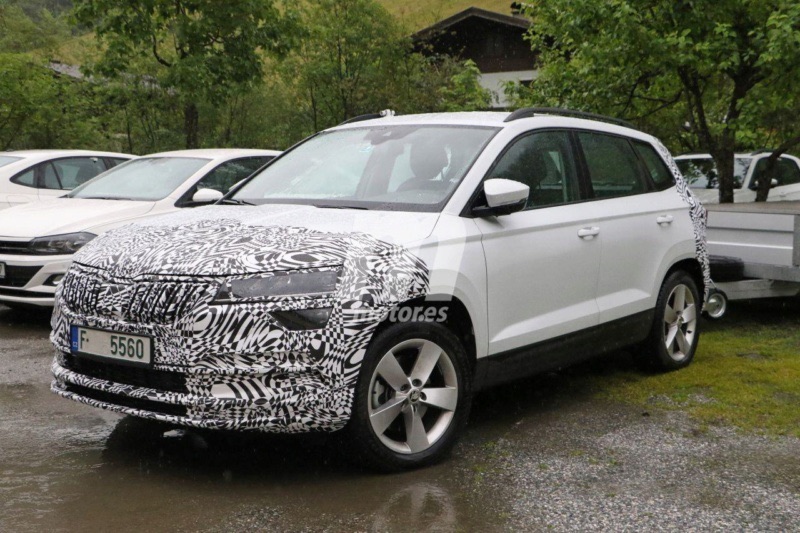
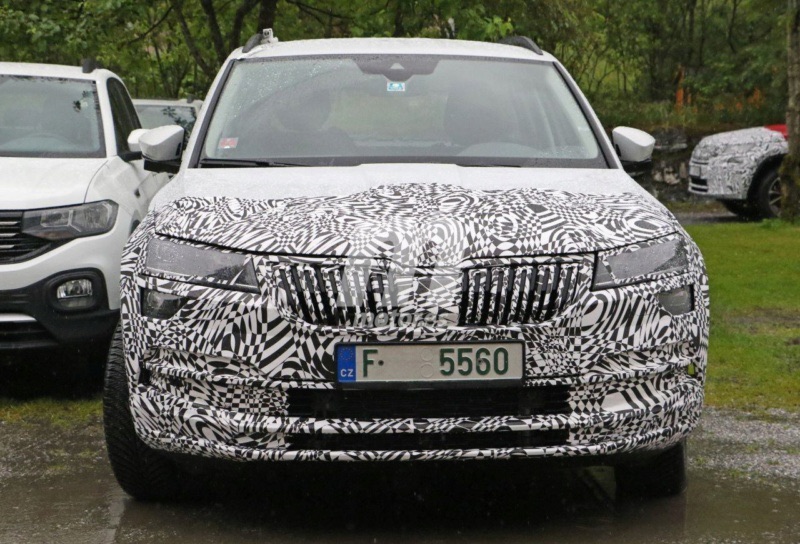
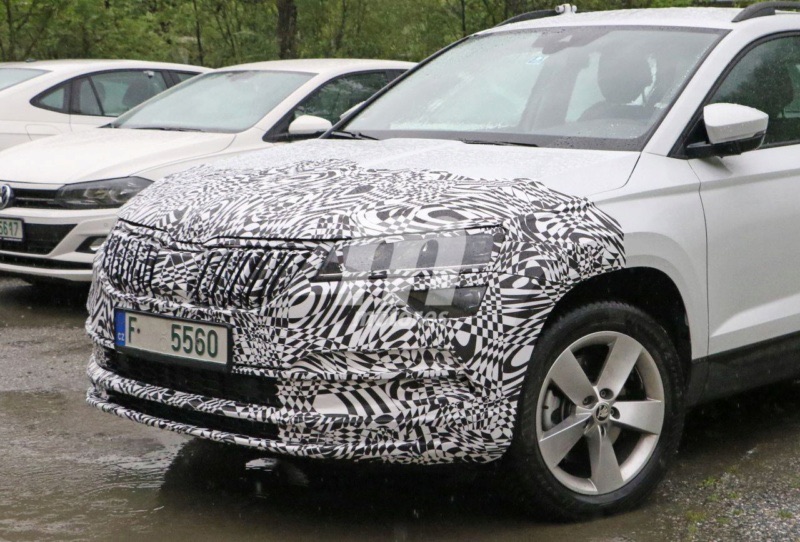
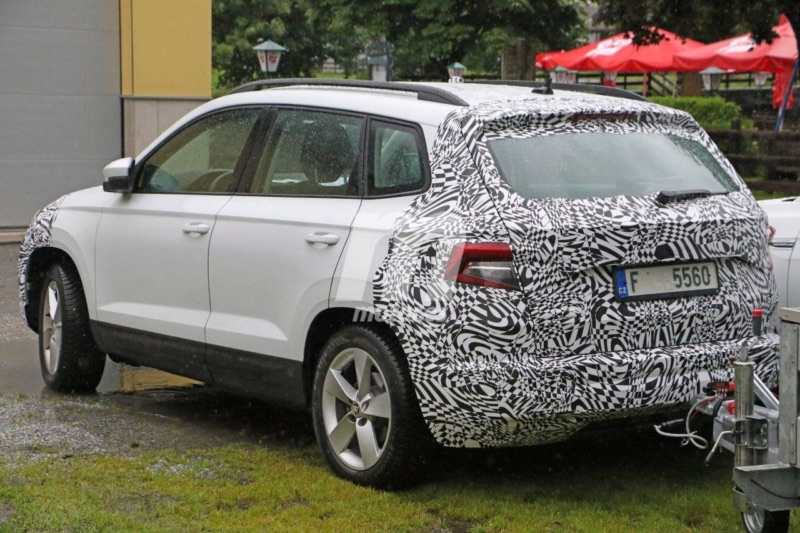
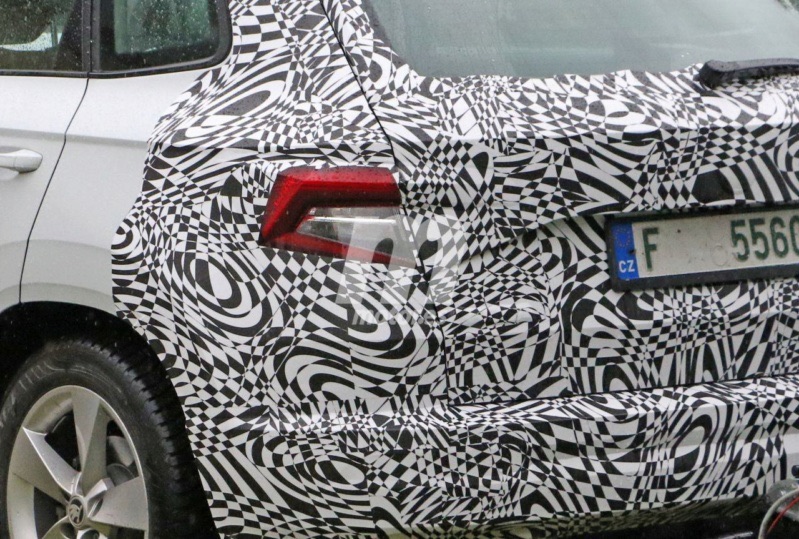

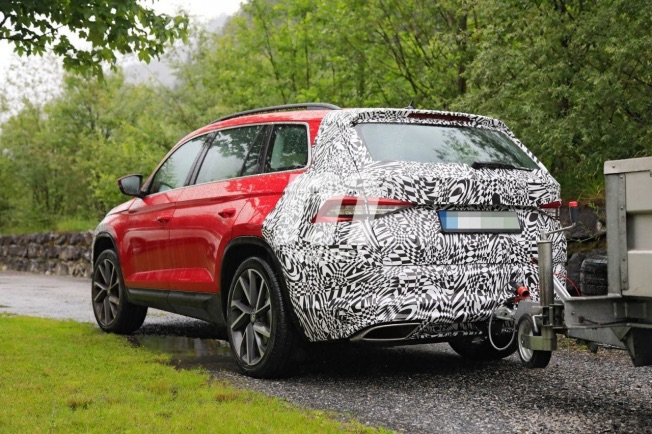
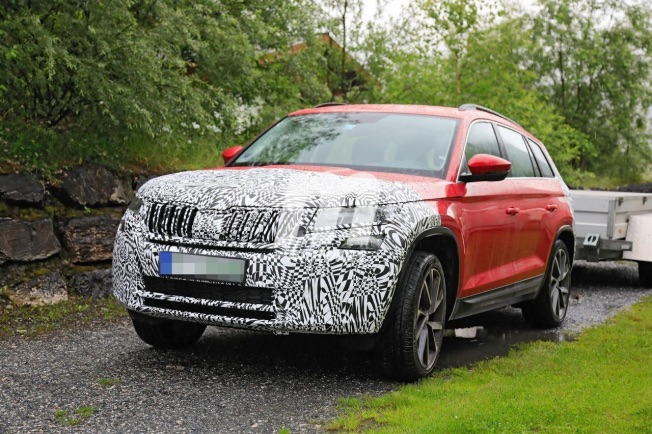

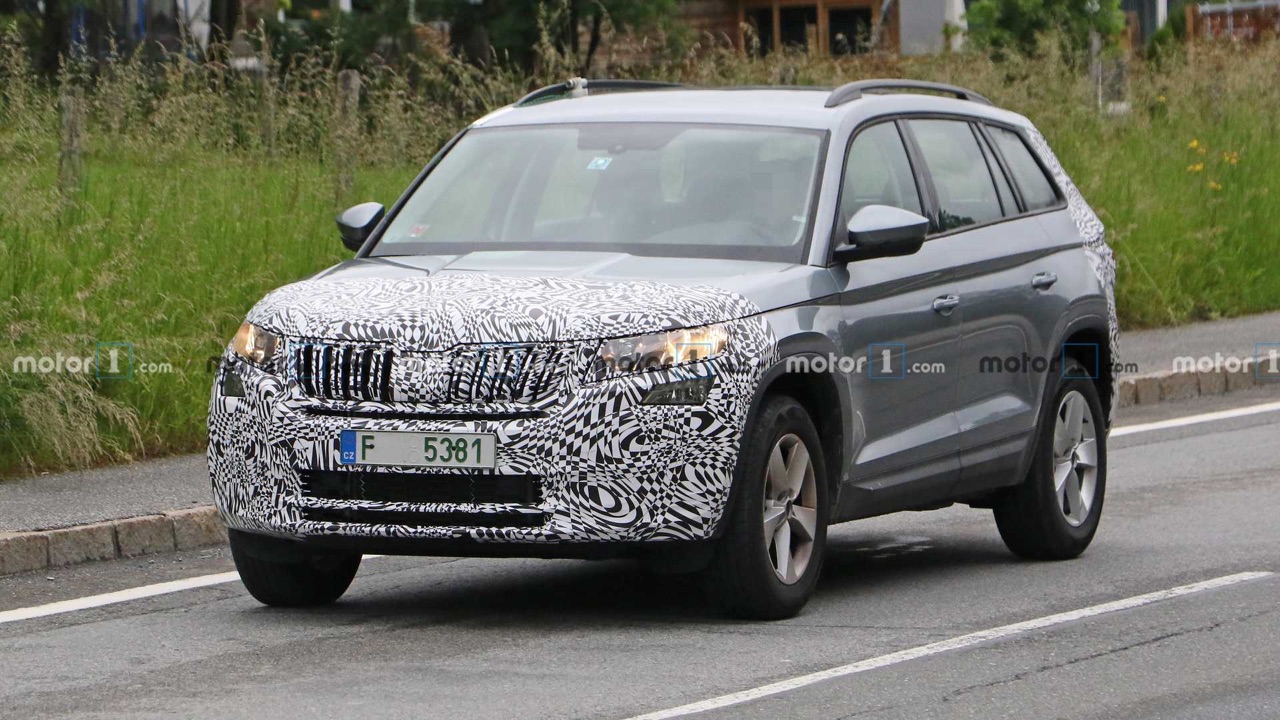
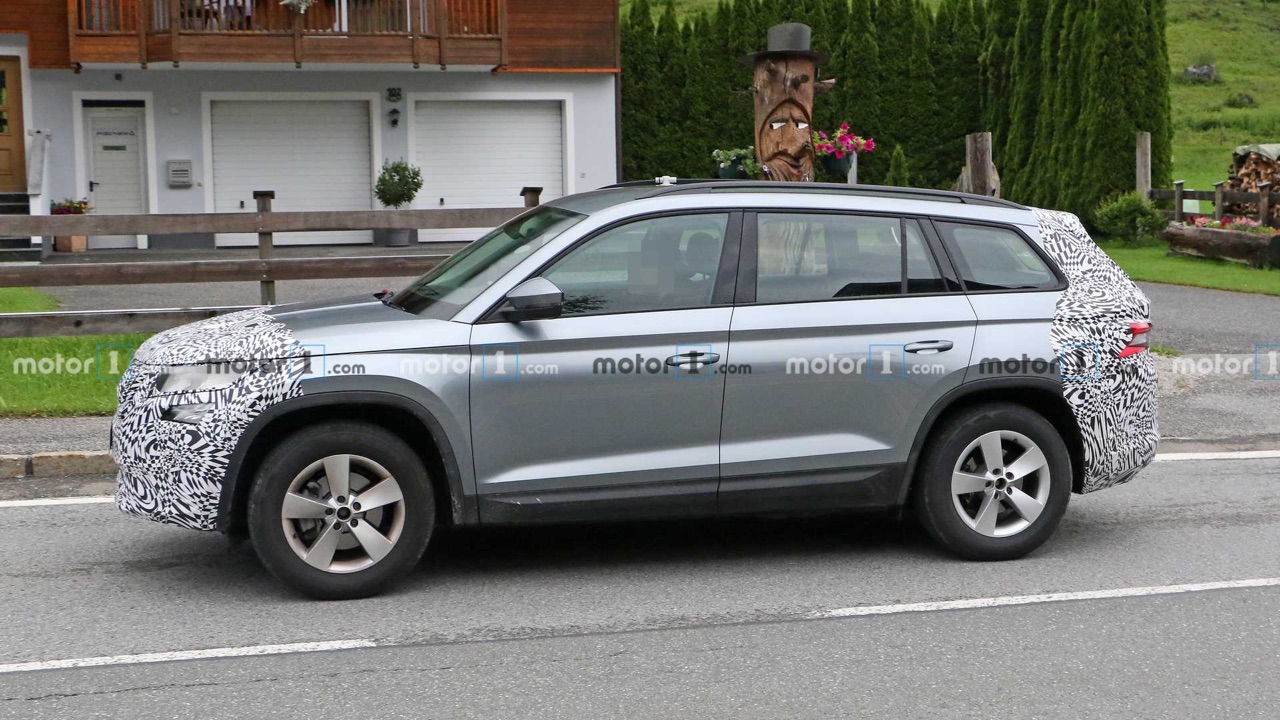
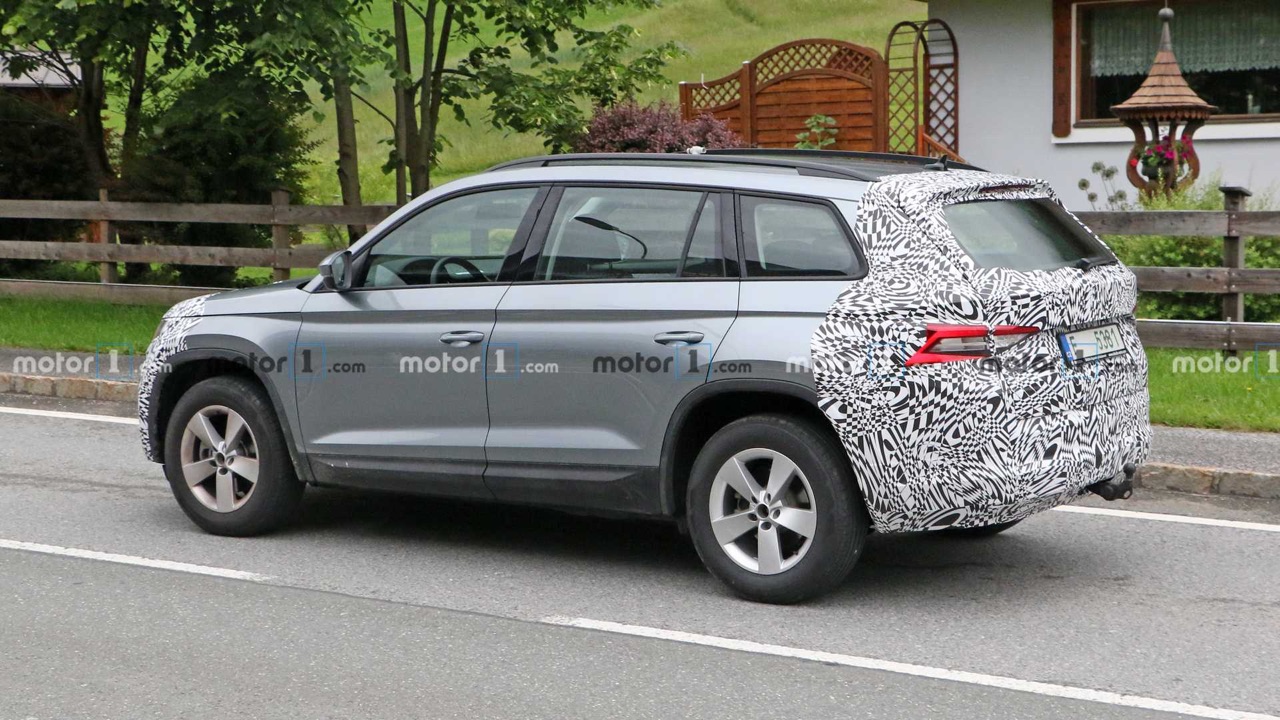
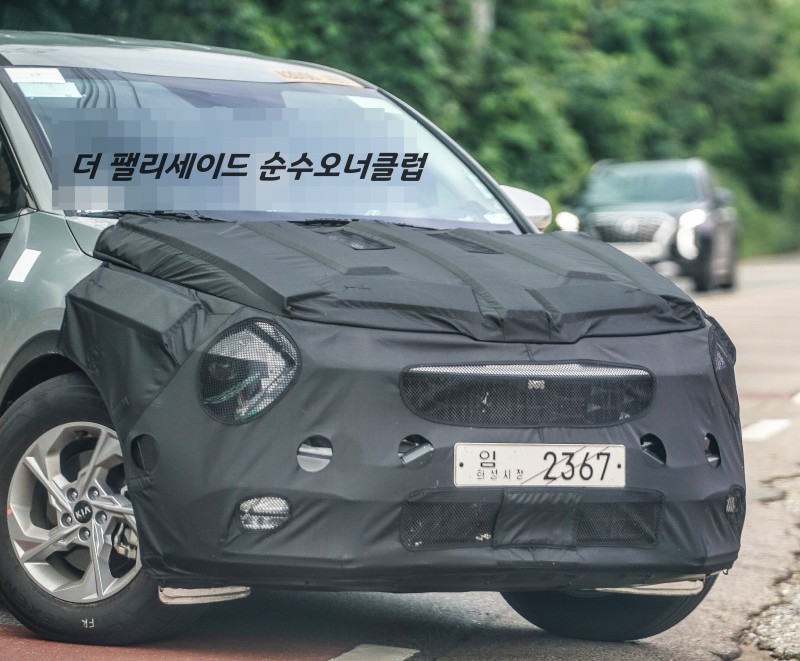
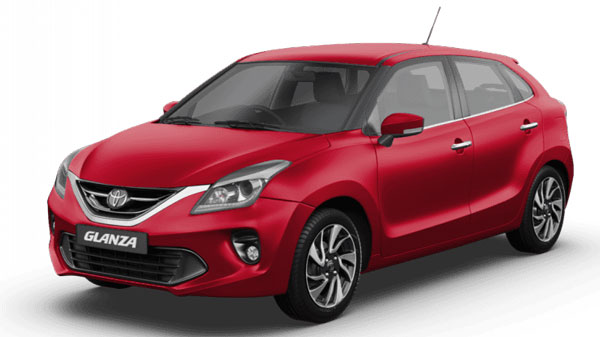
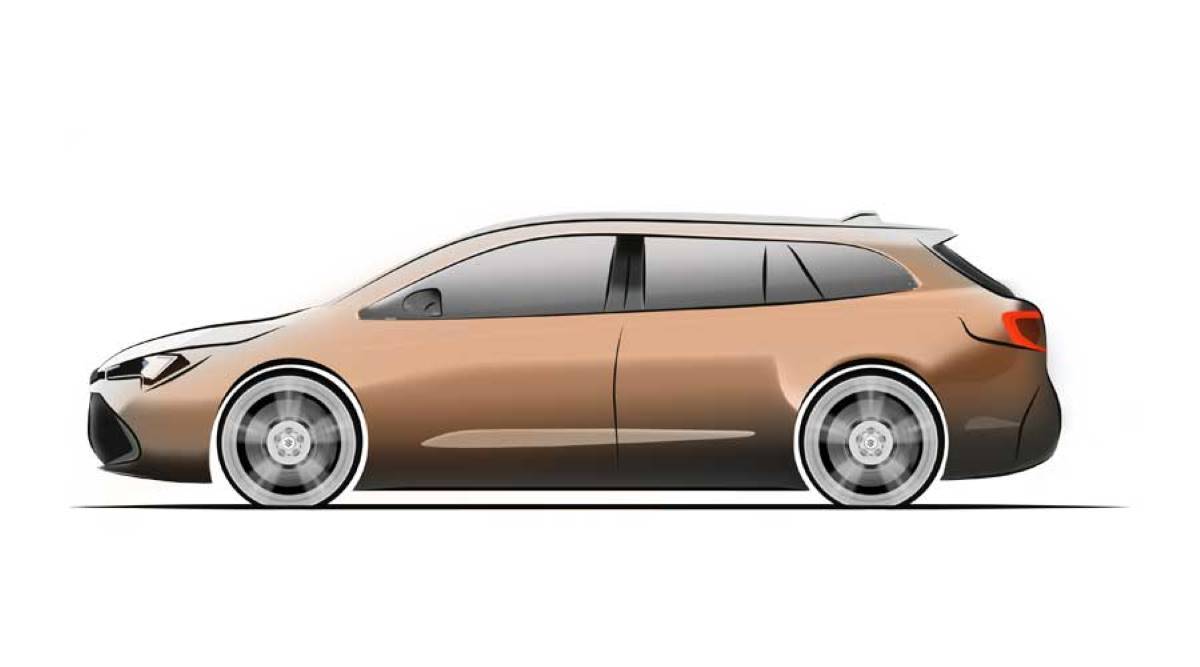

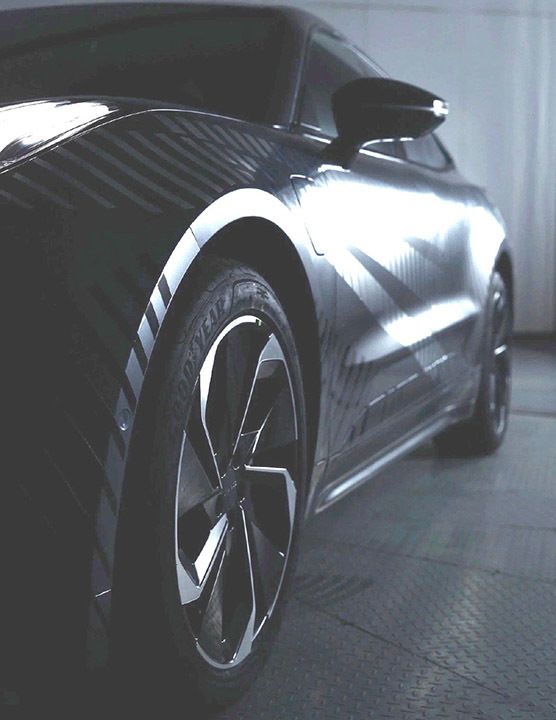
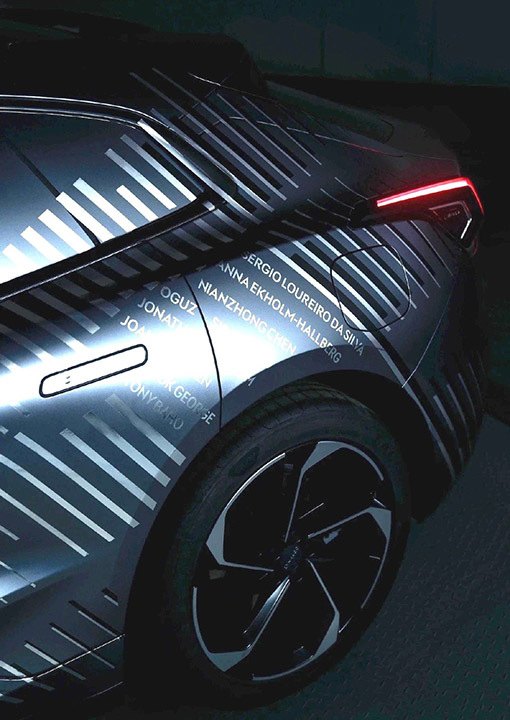
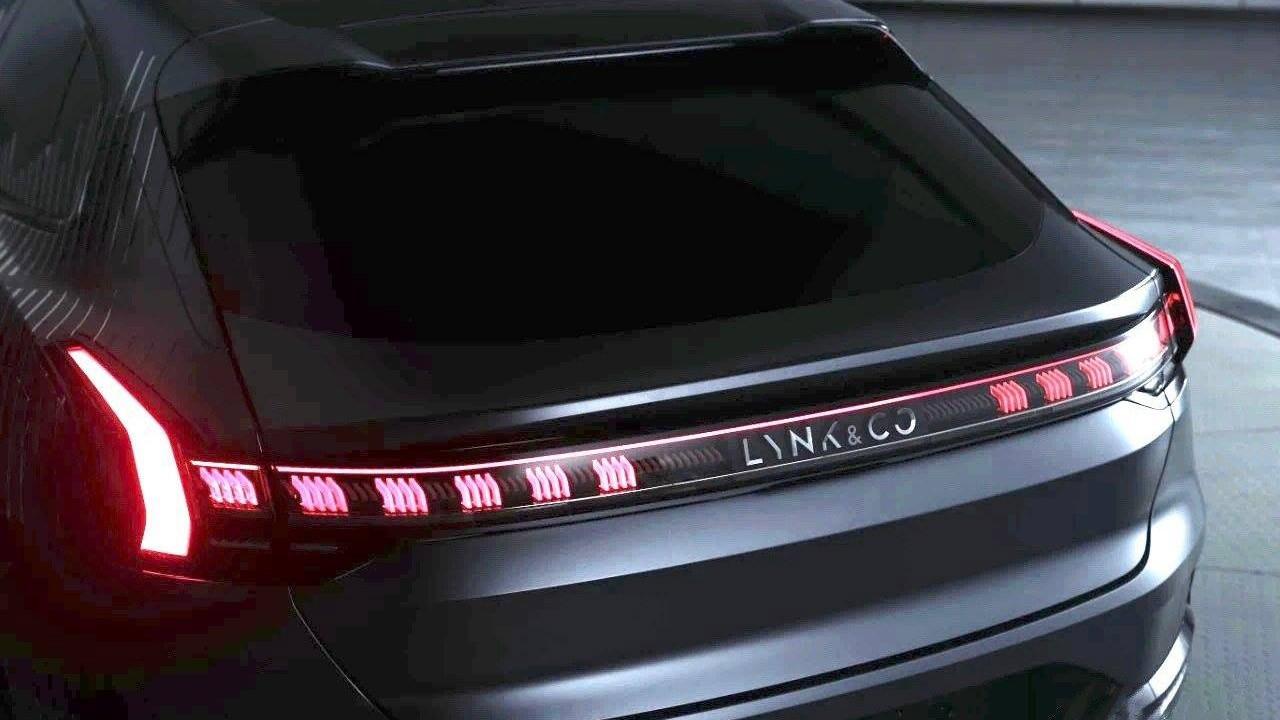
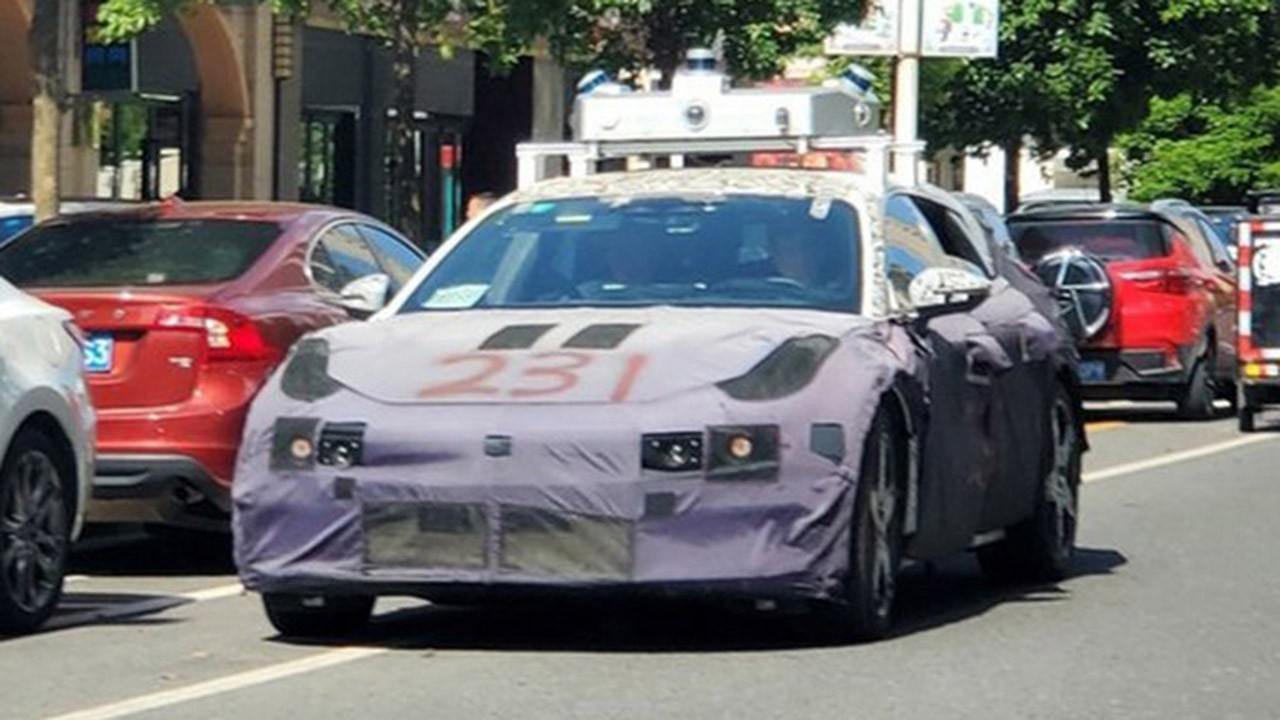
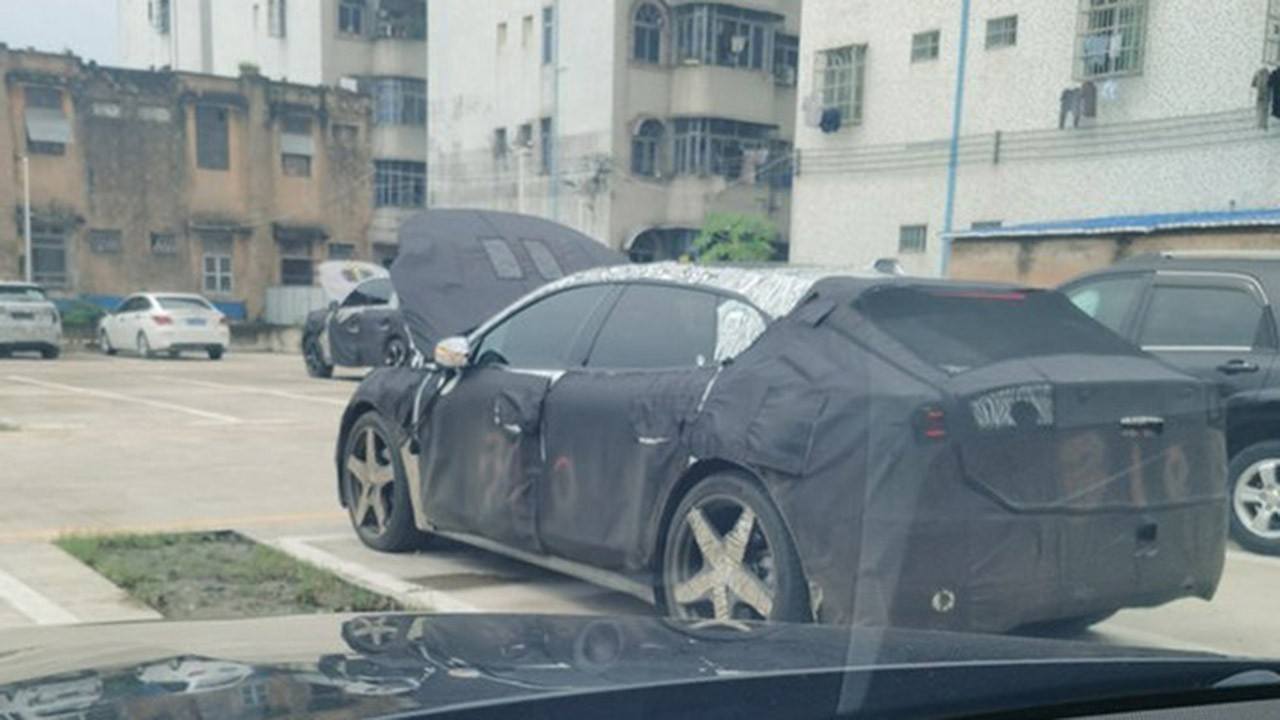
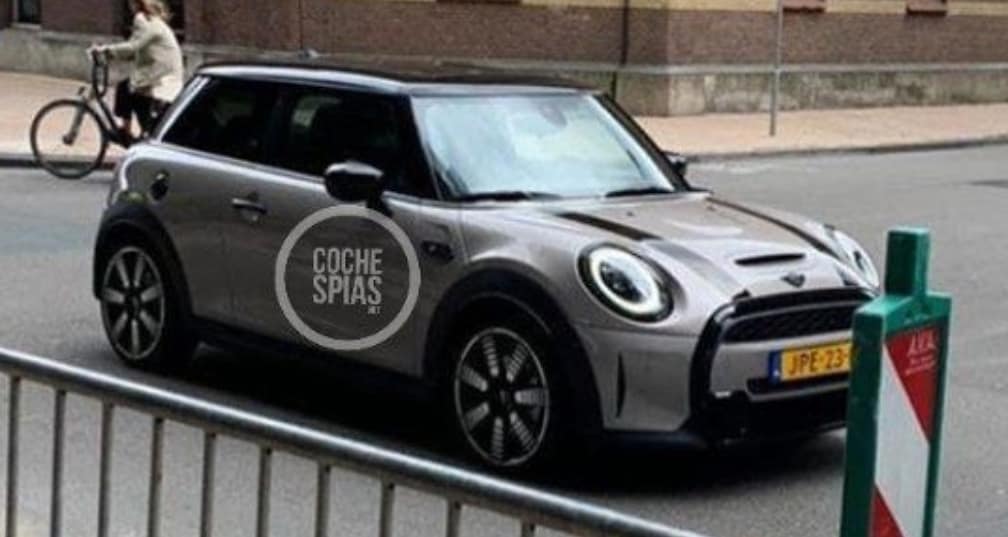
Hyundai i30 N Facelift 2021
in Hyundai
Inviato · Modificato da Cole_90
Foto High-Res
Più potenza, sedili N Light e stile rinnovato per la i30 N Facelift!
via Hyundai